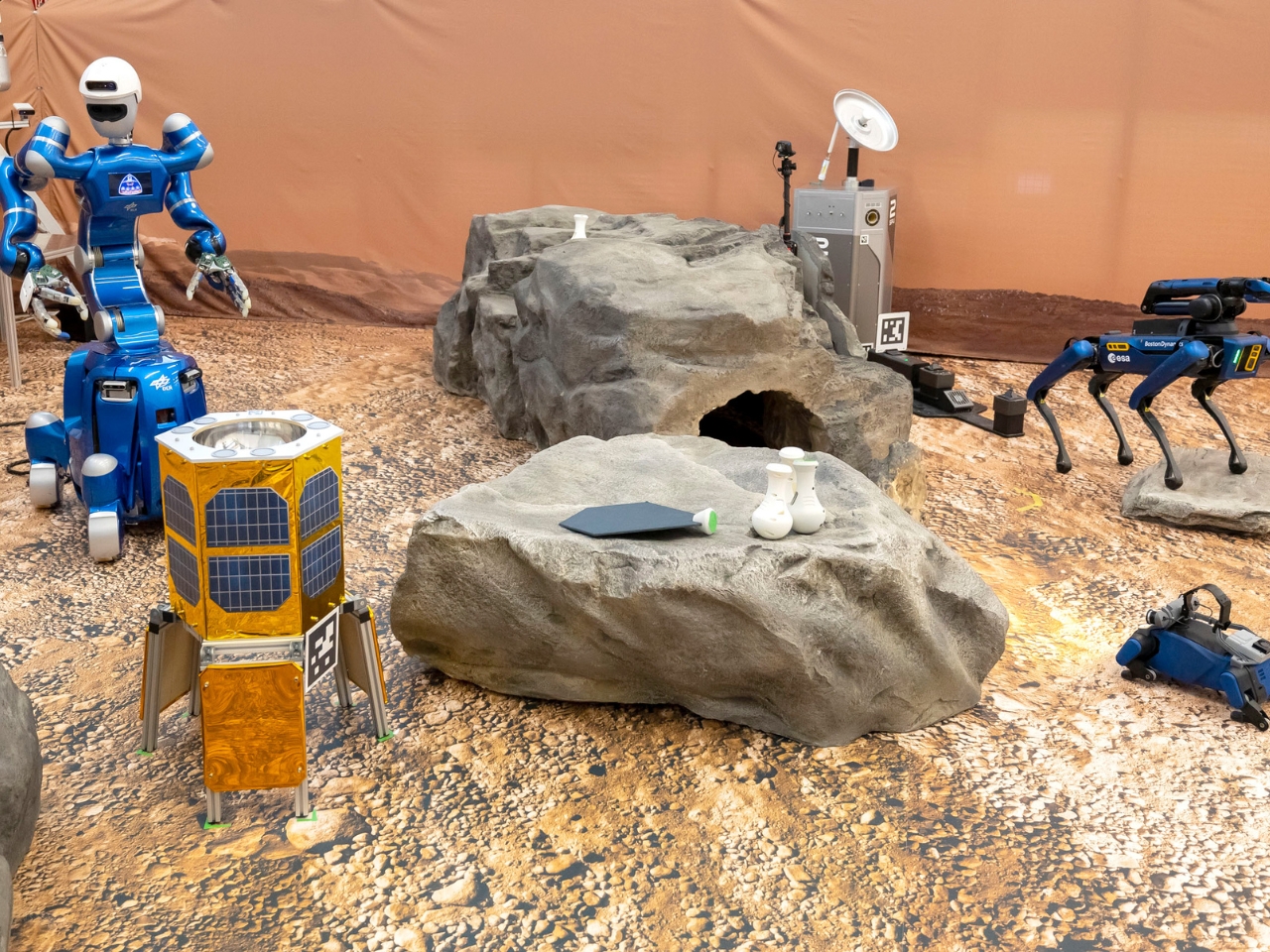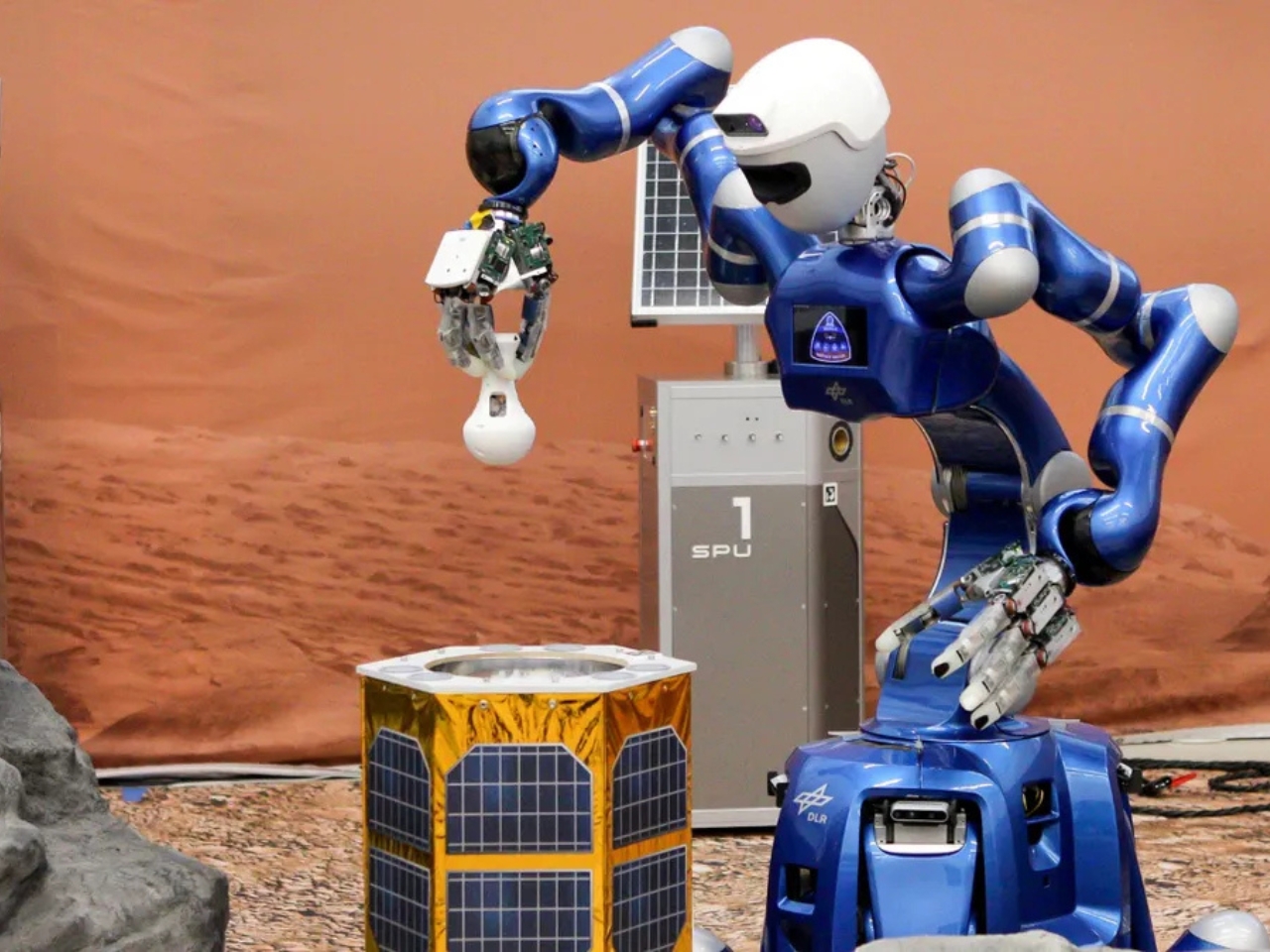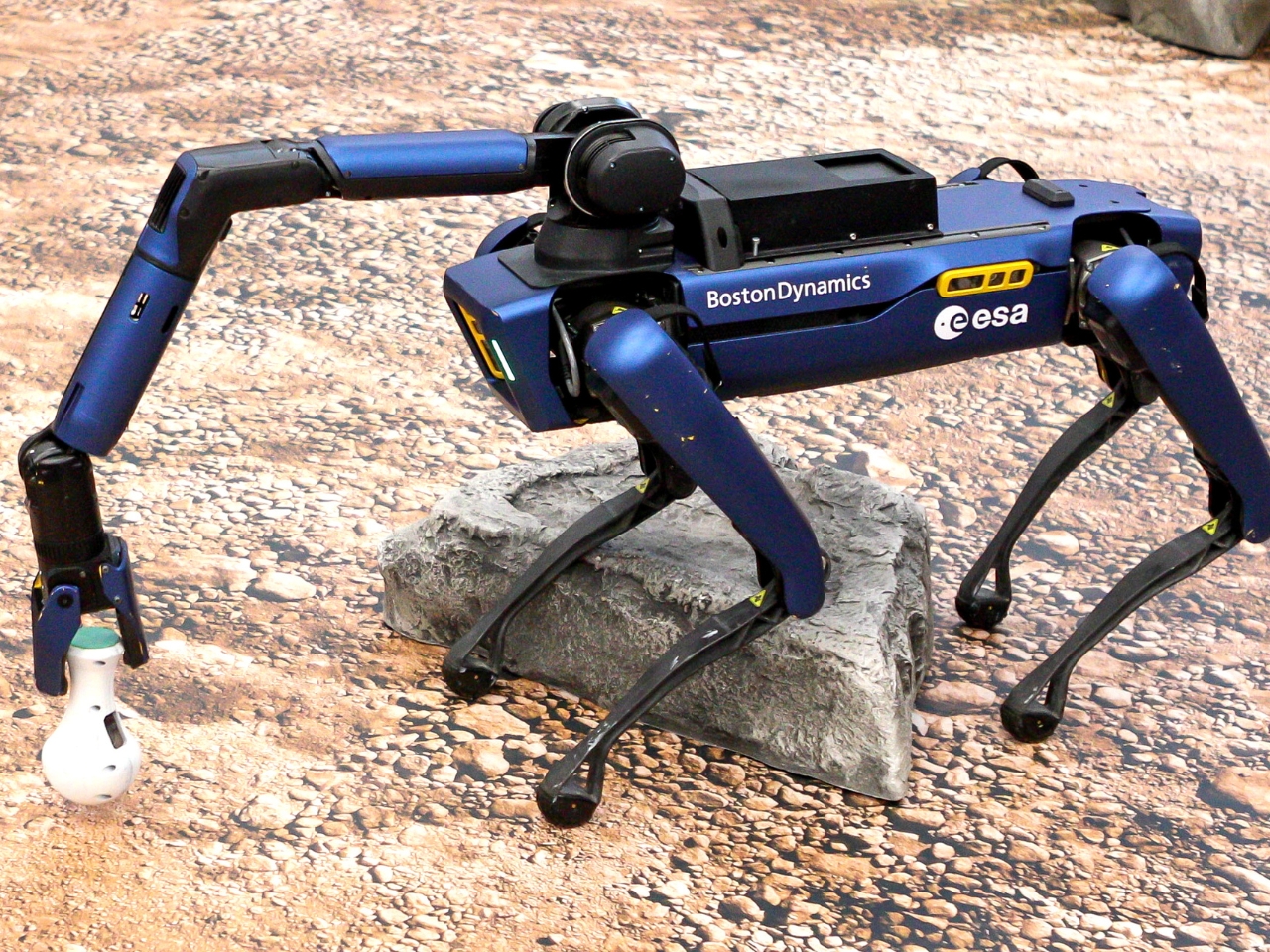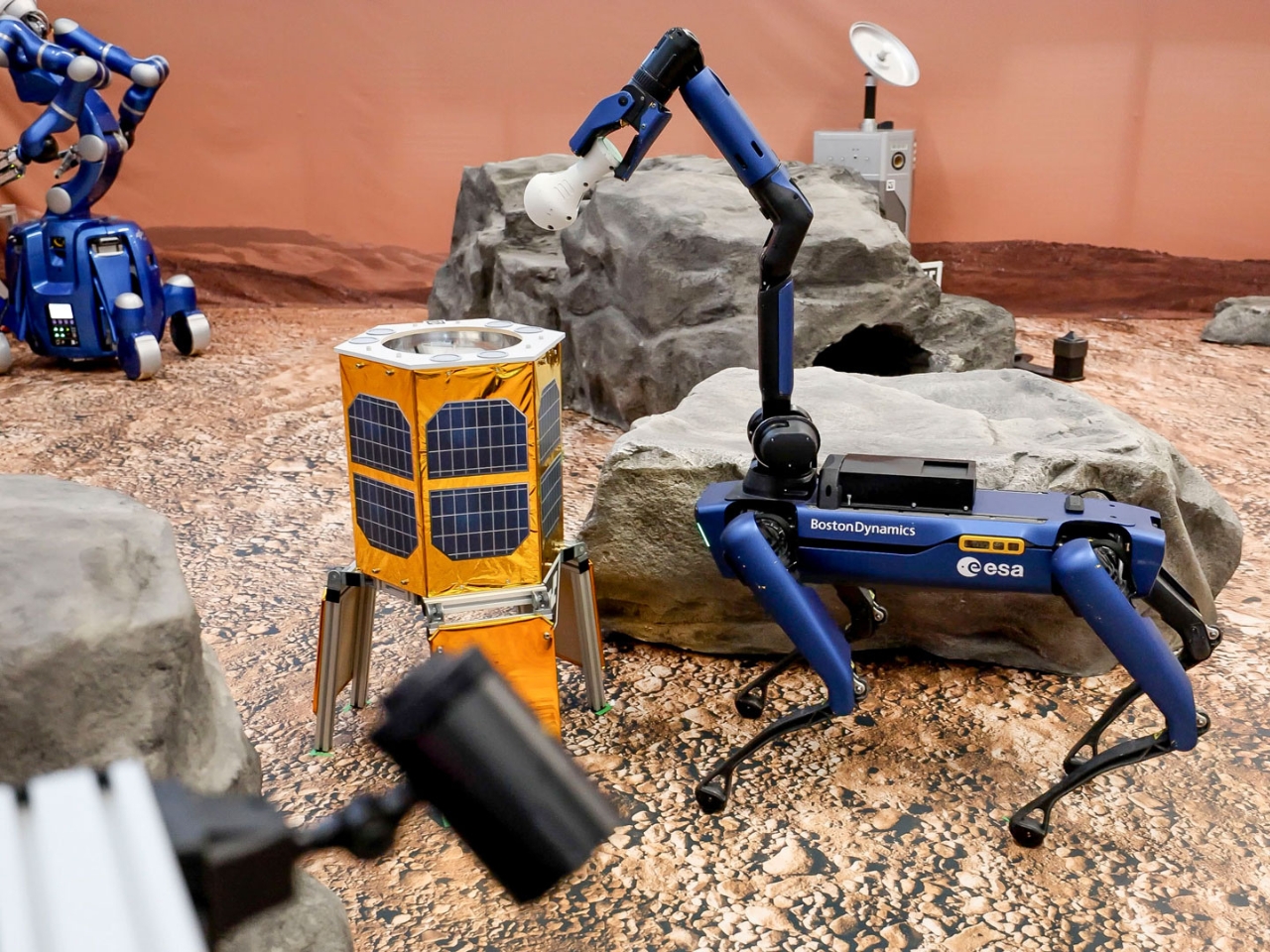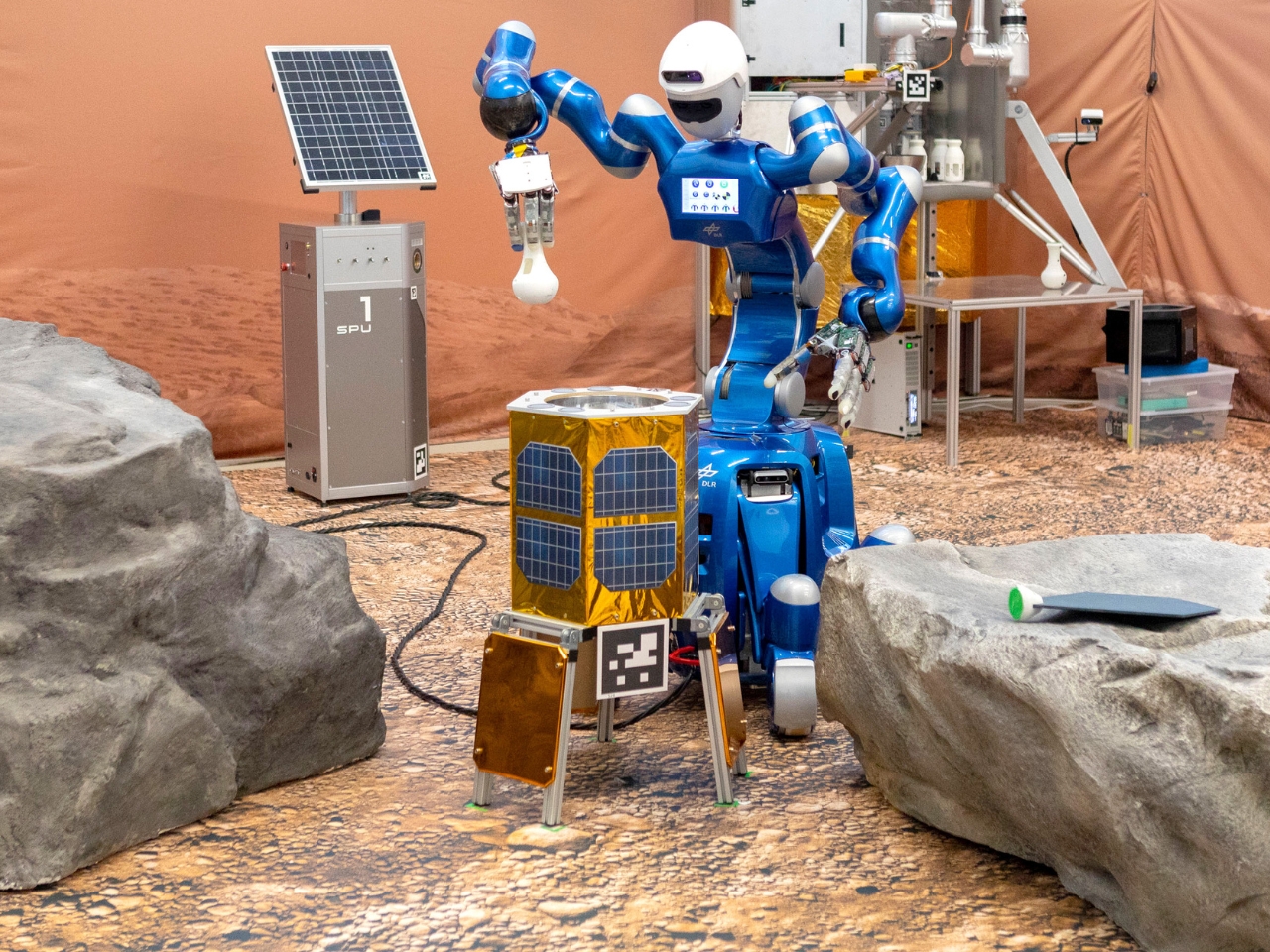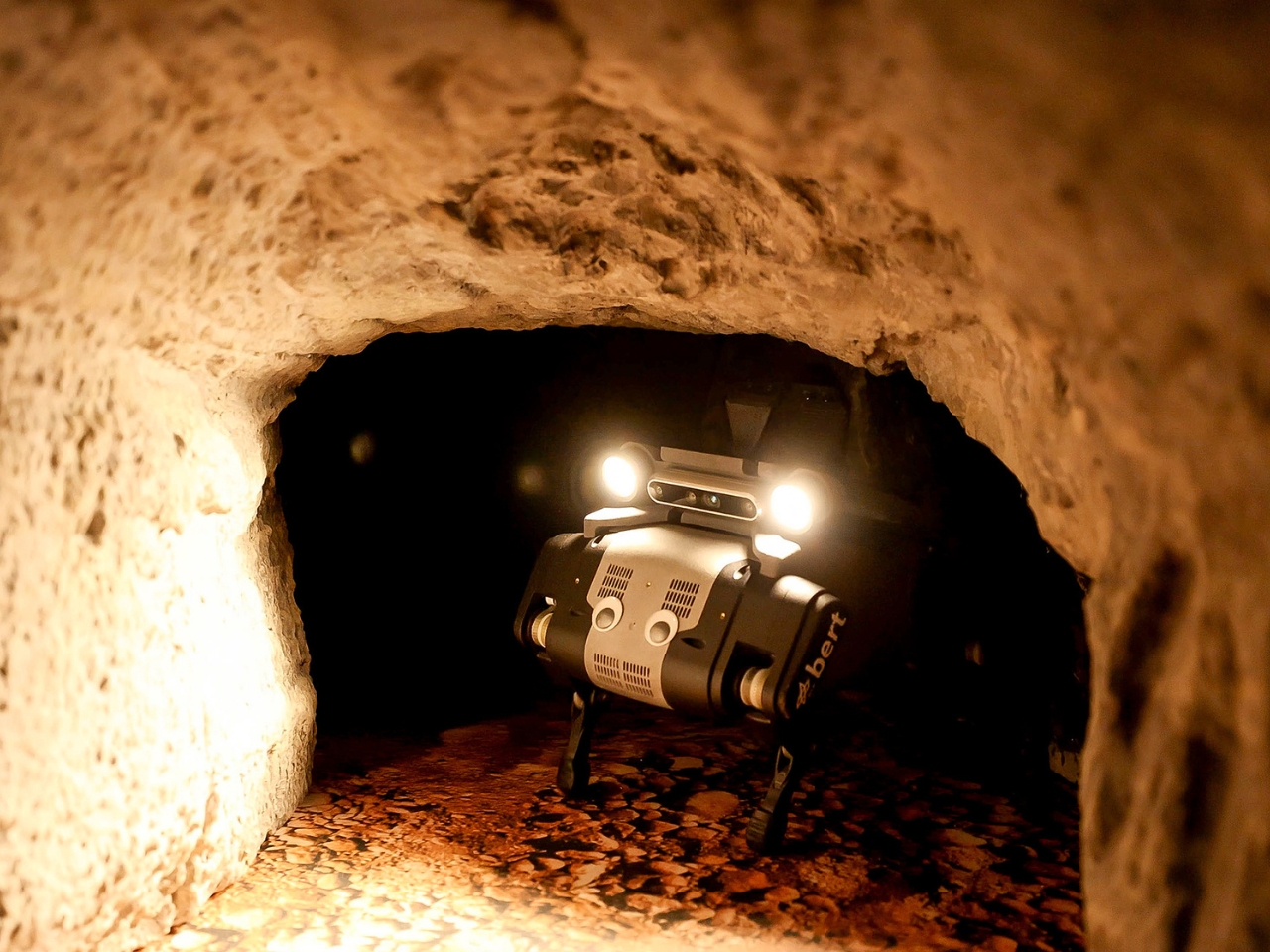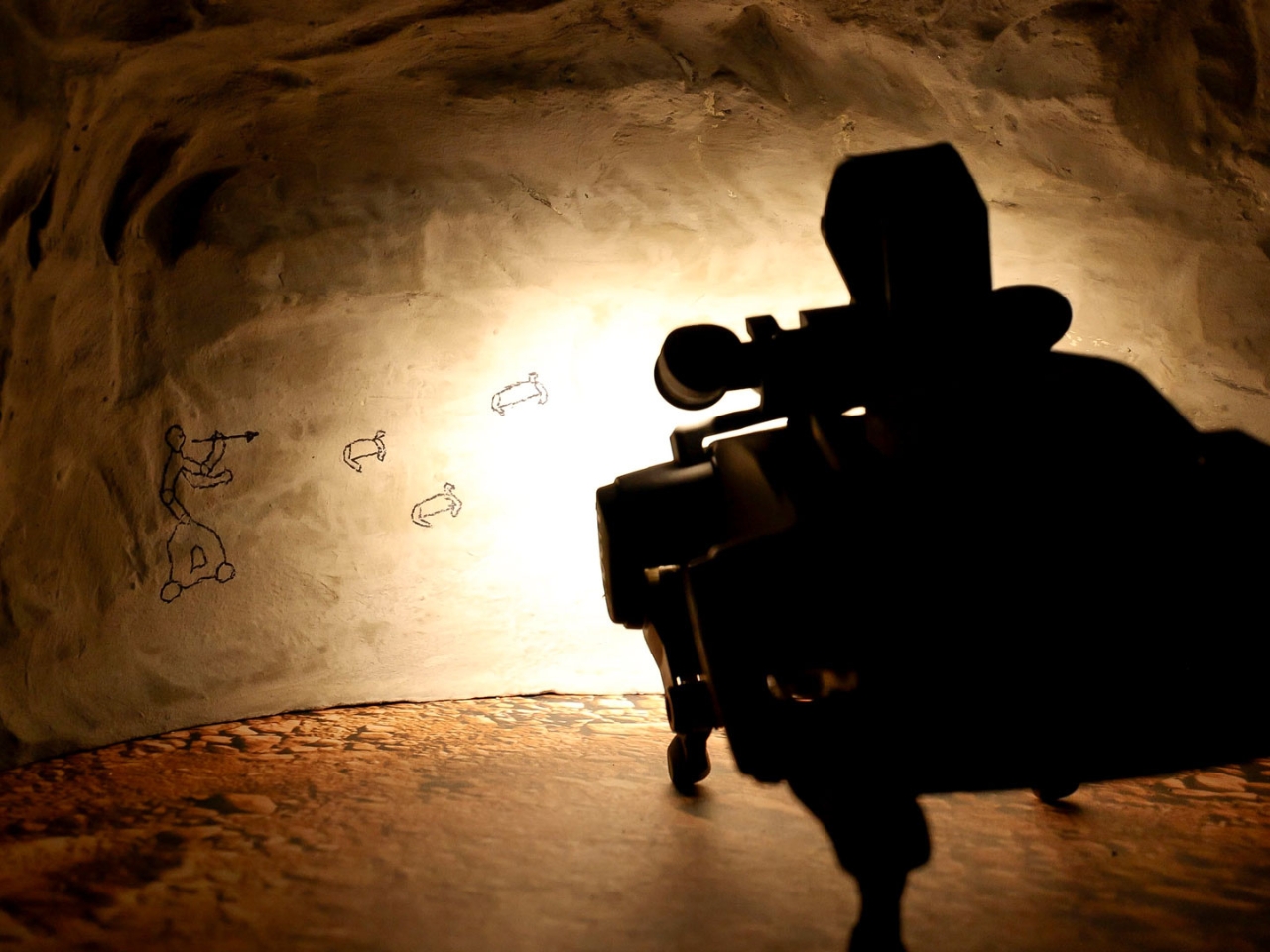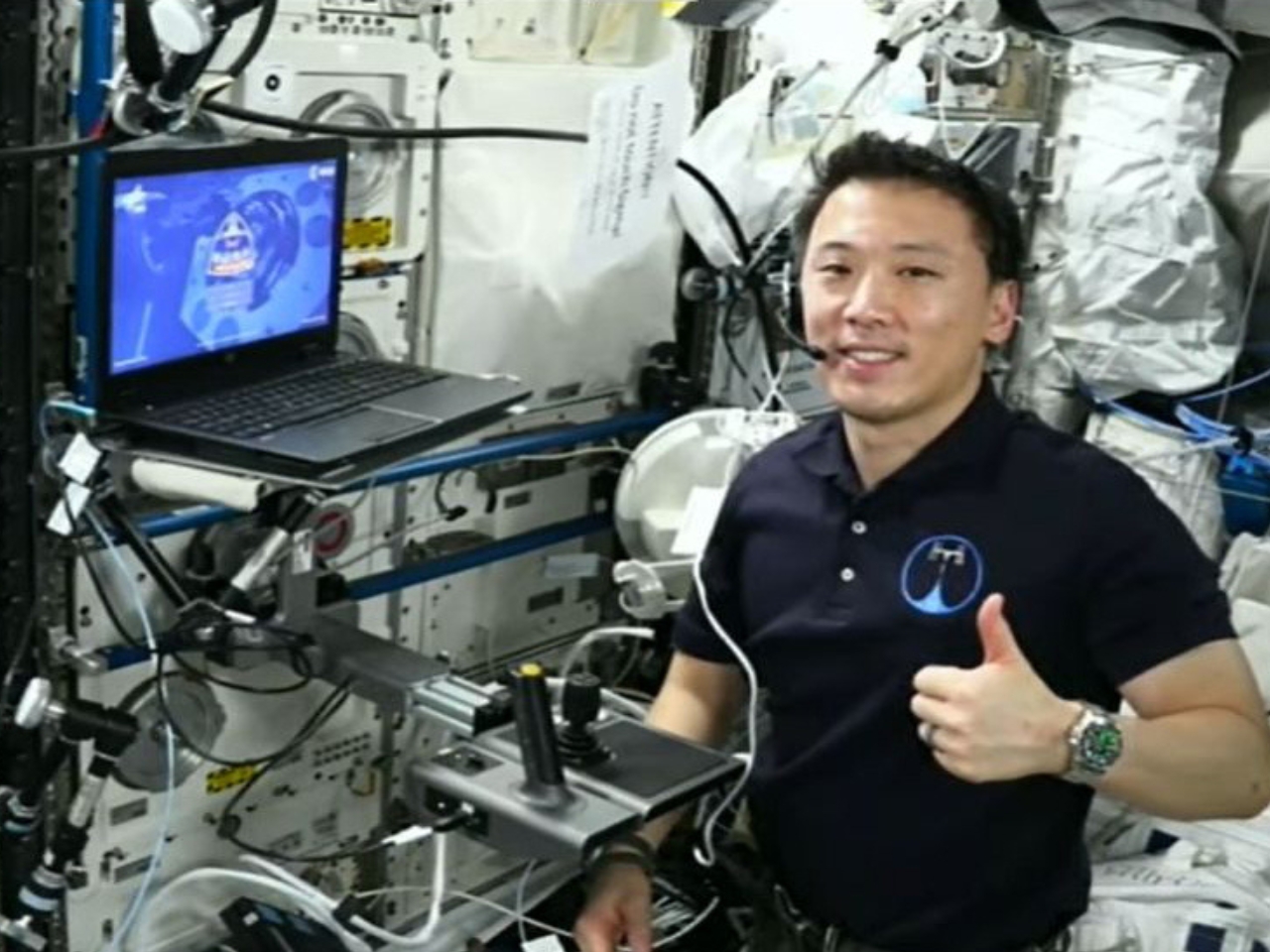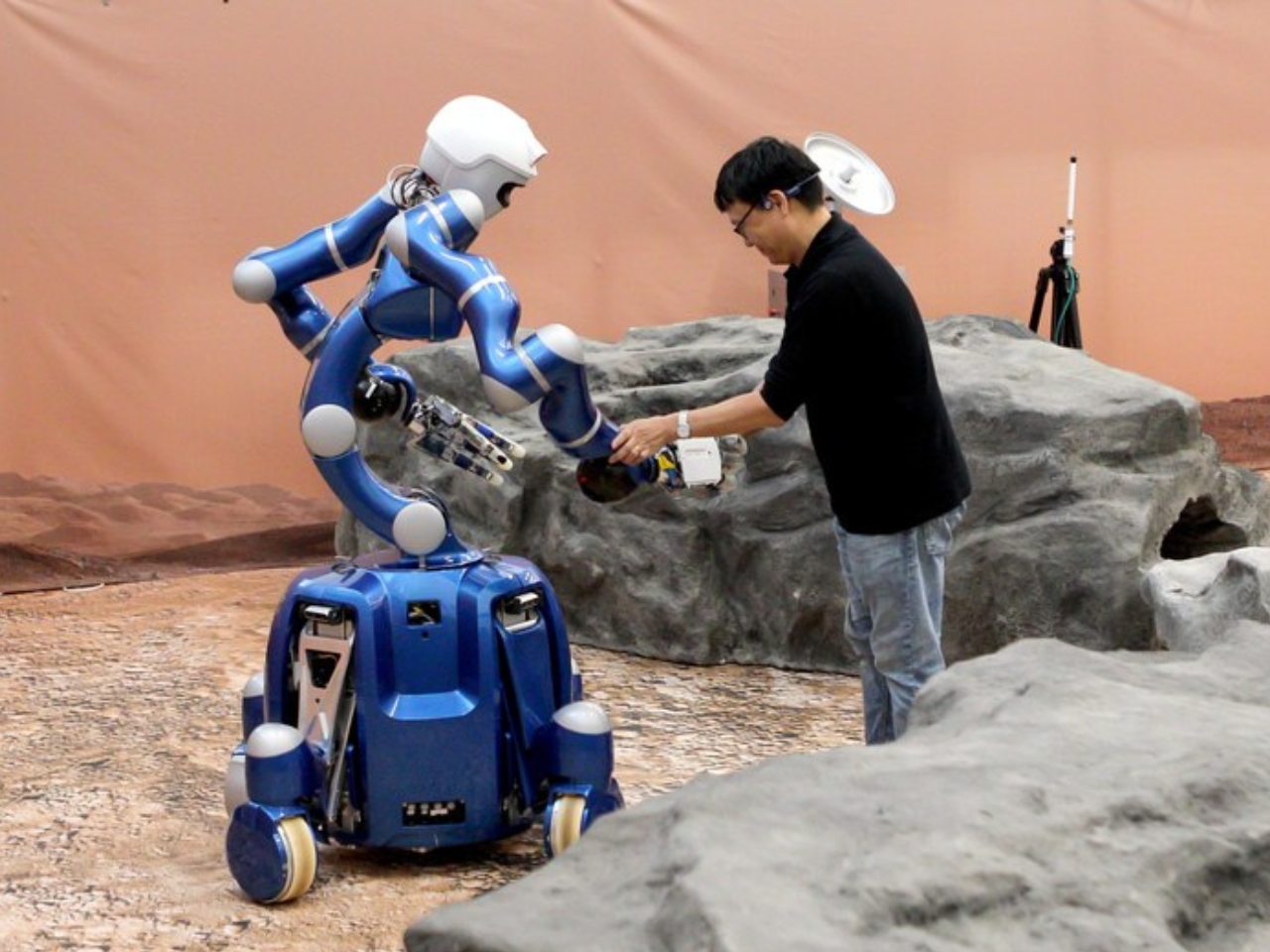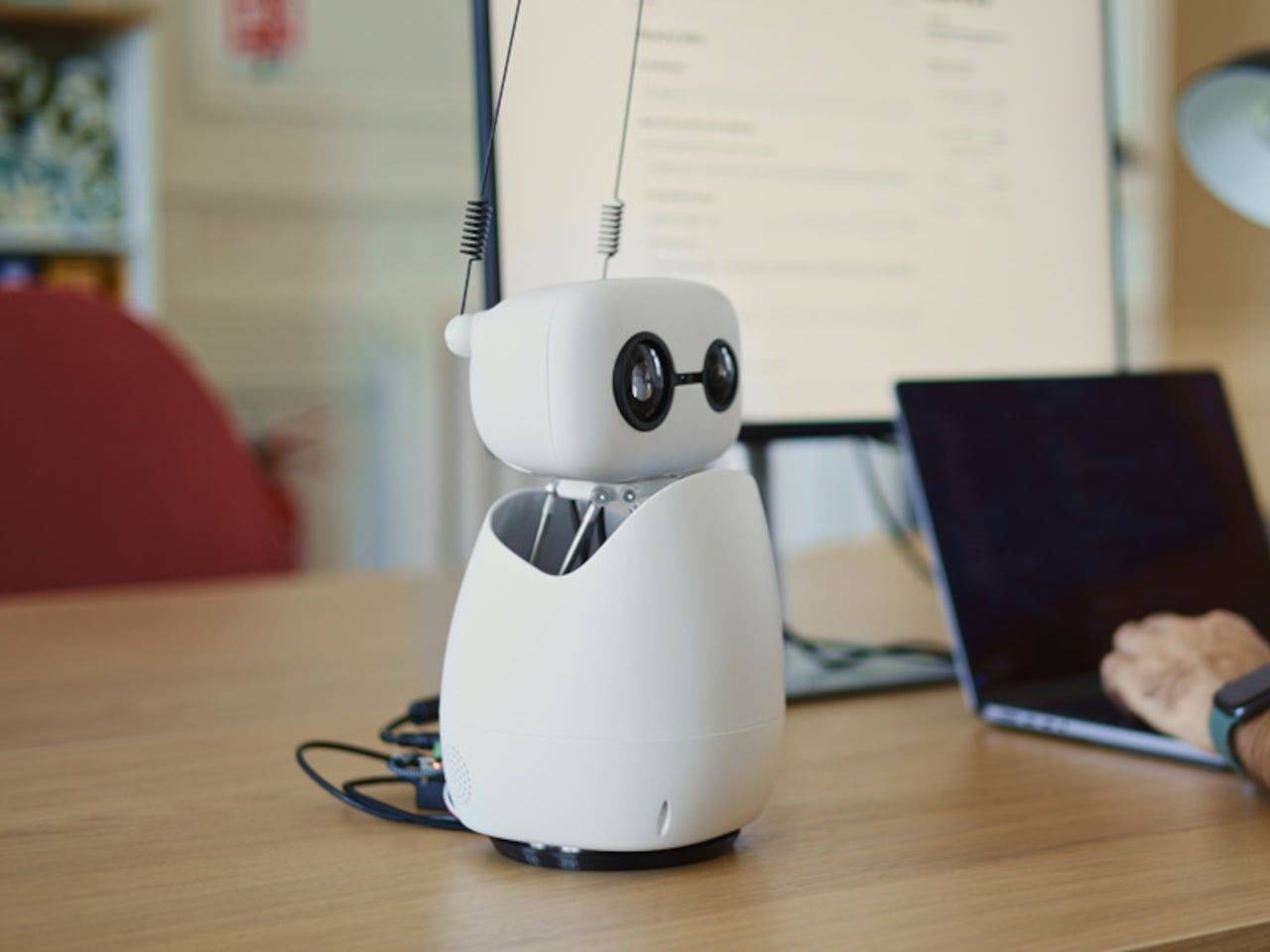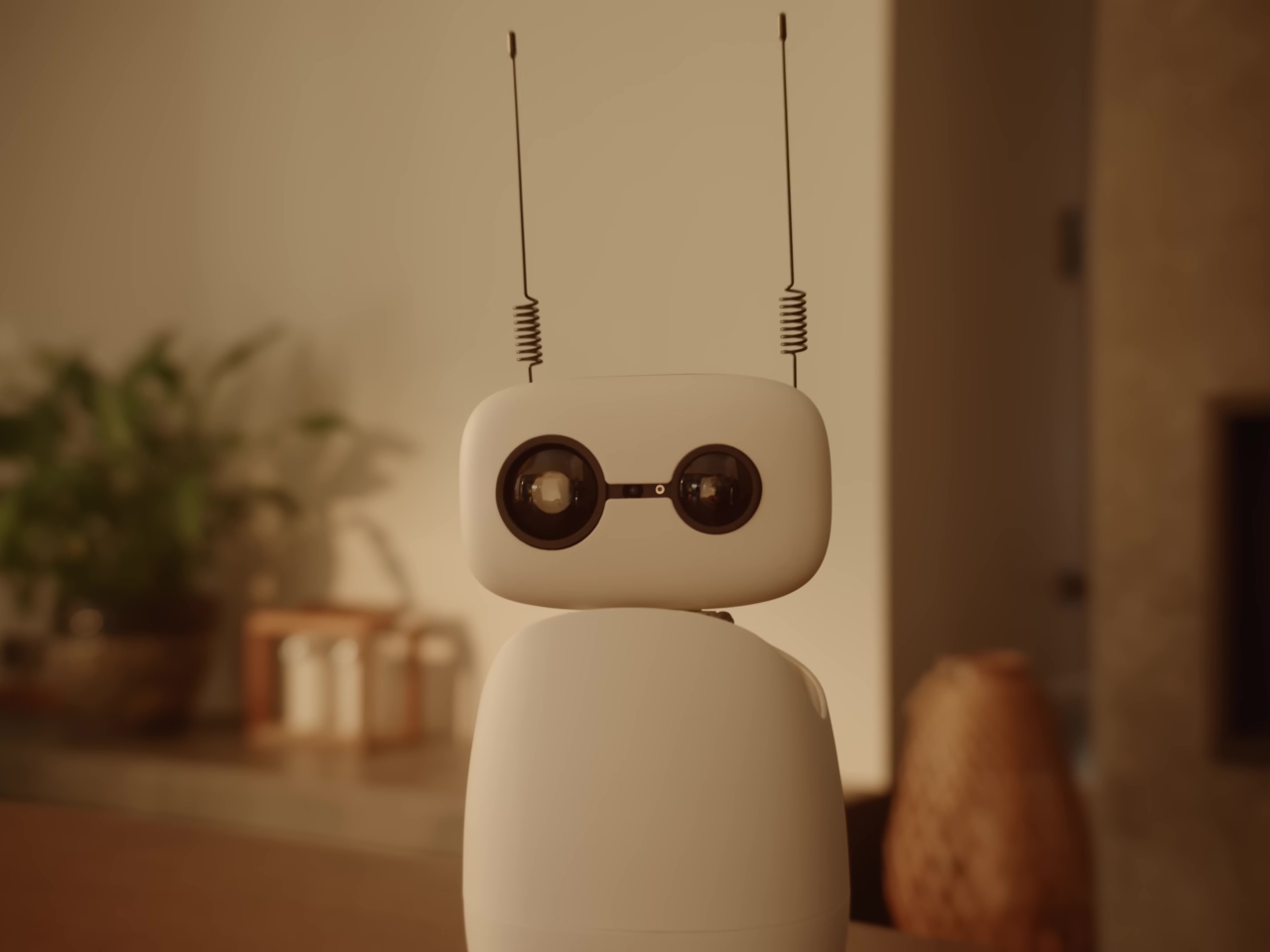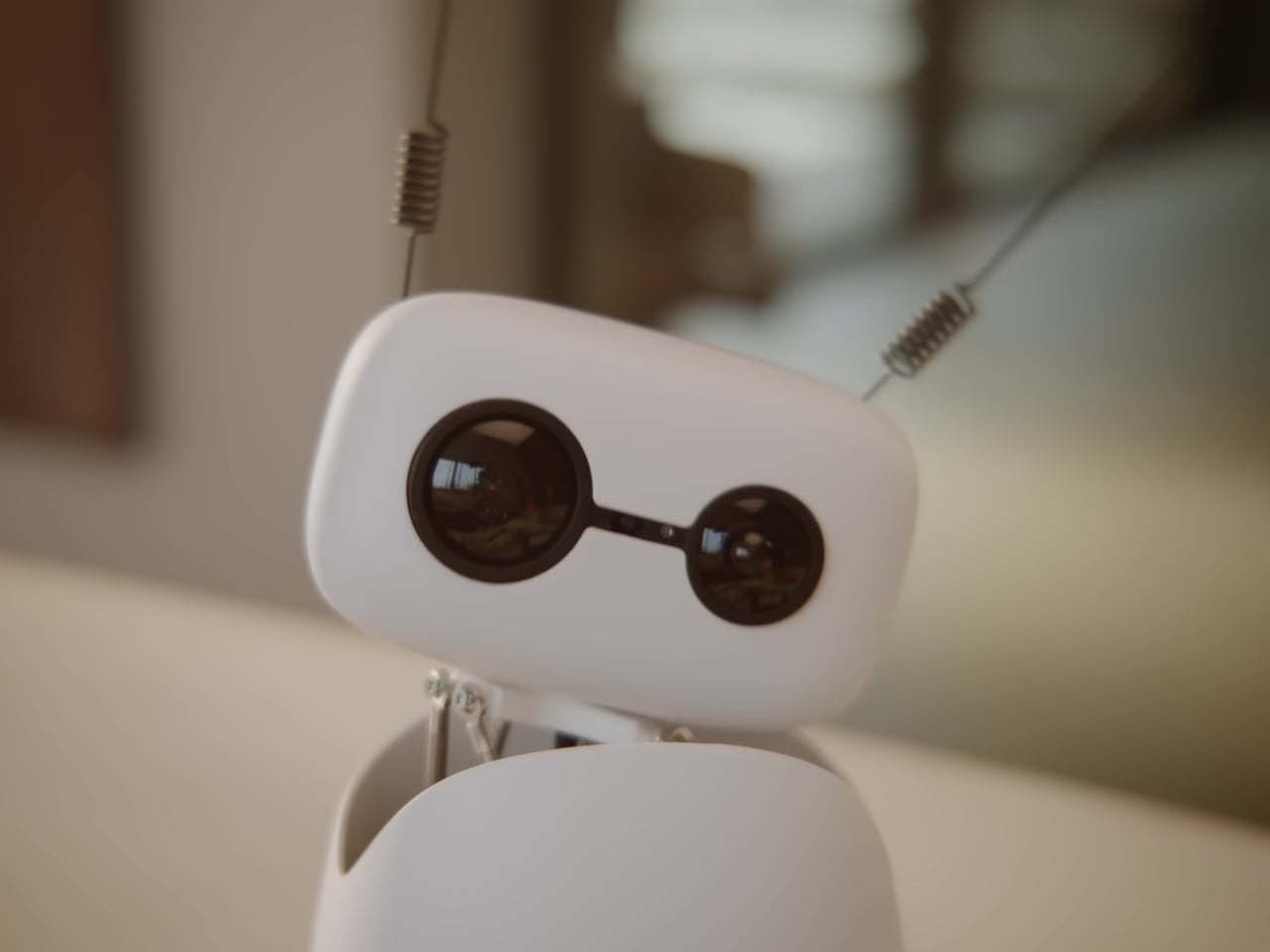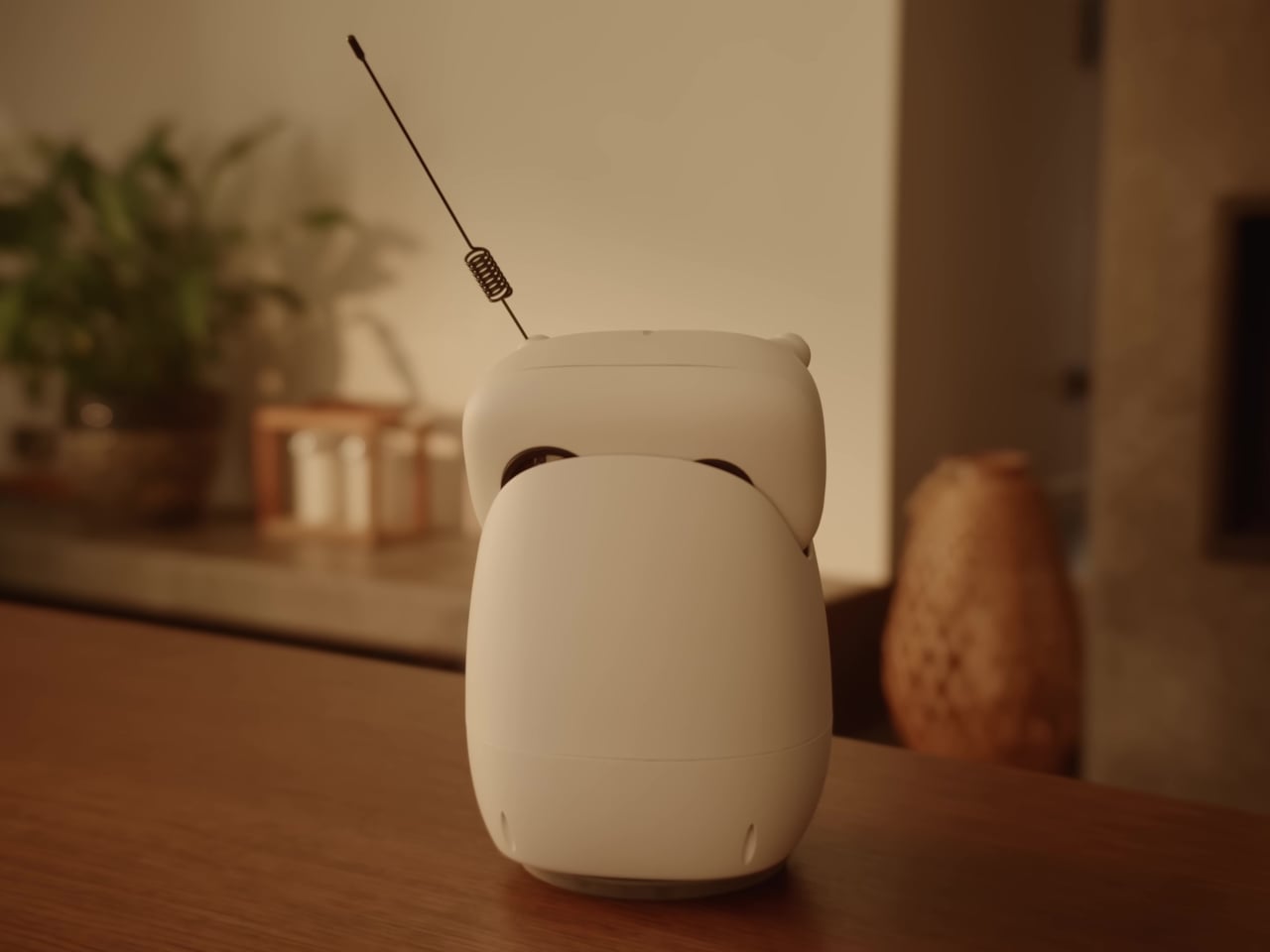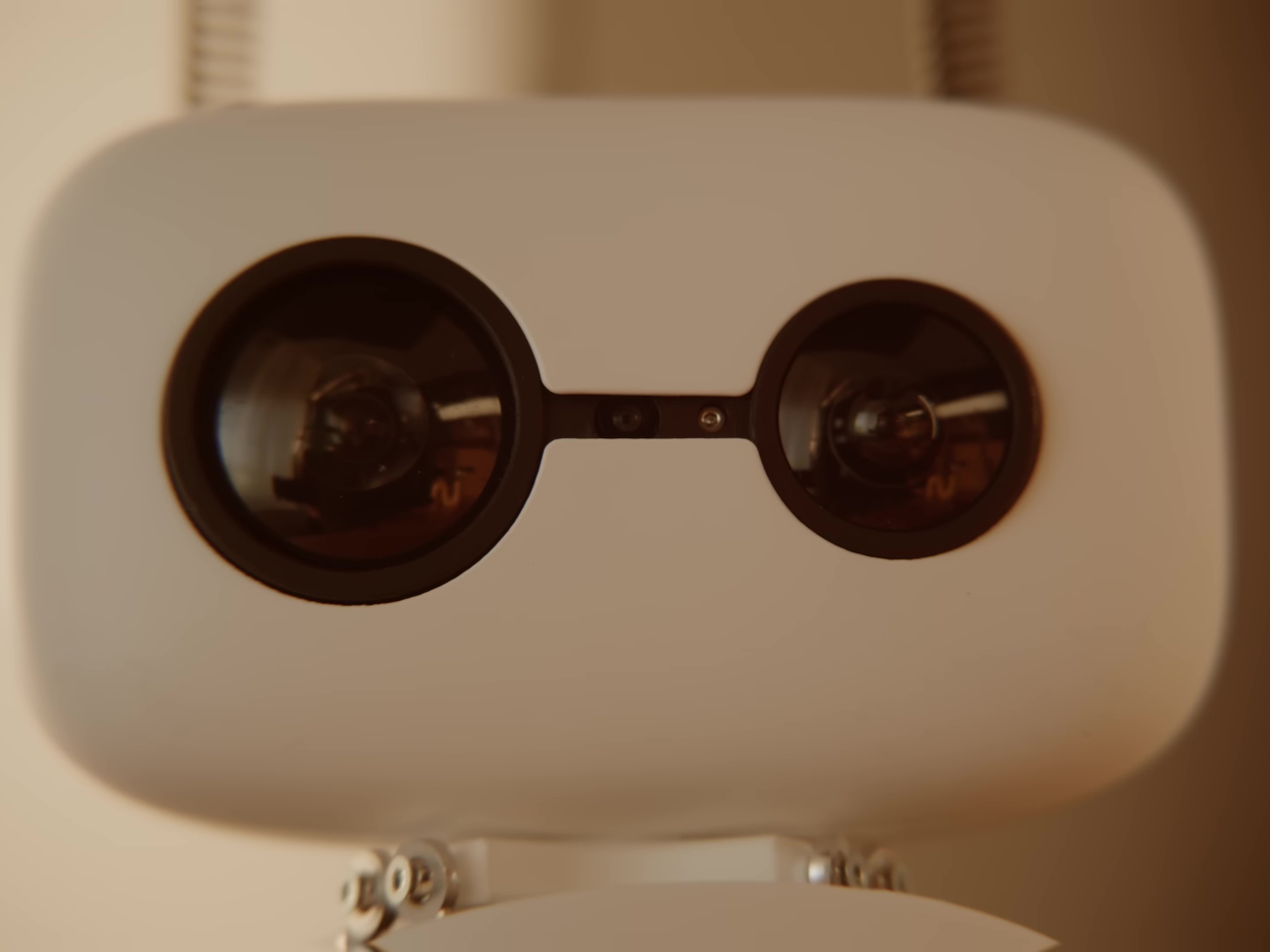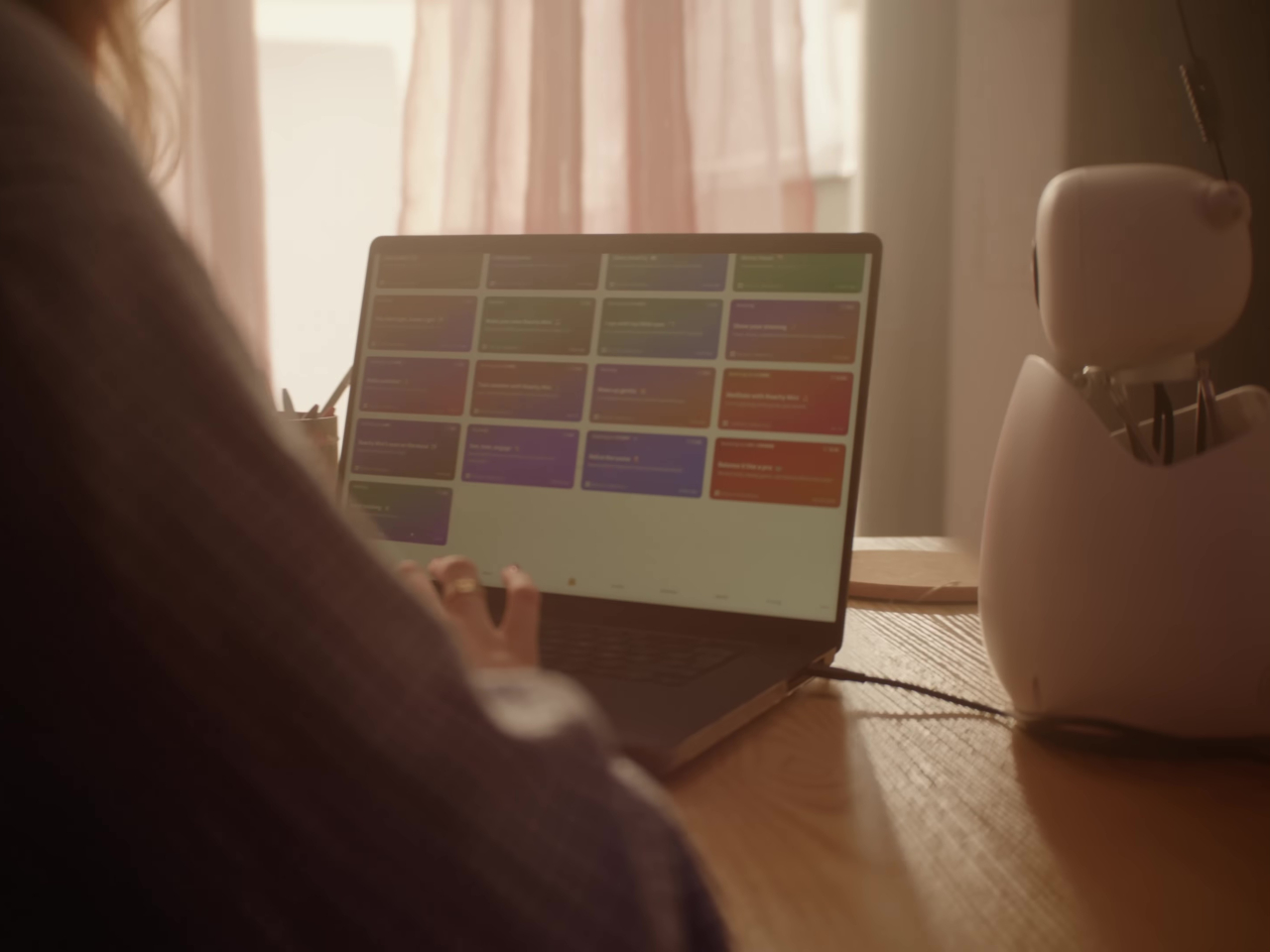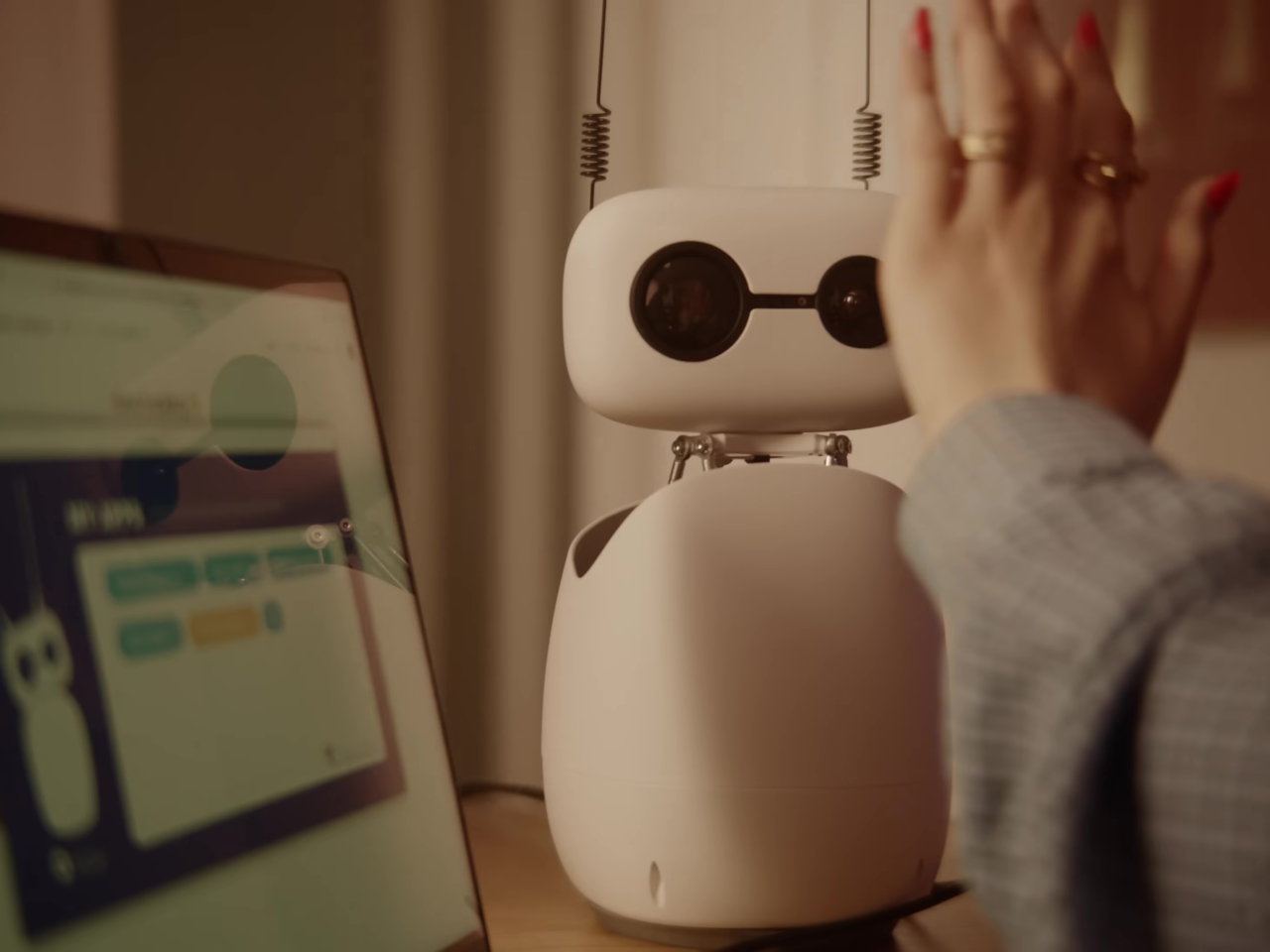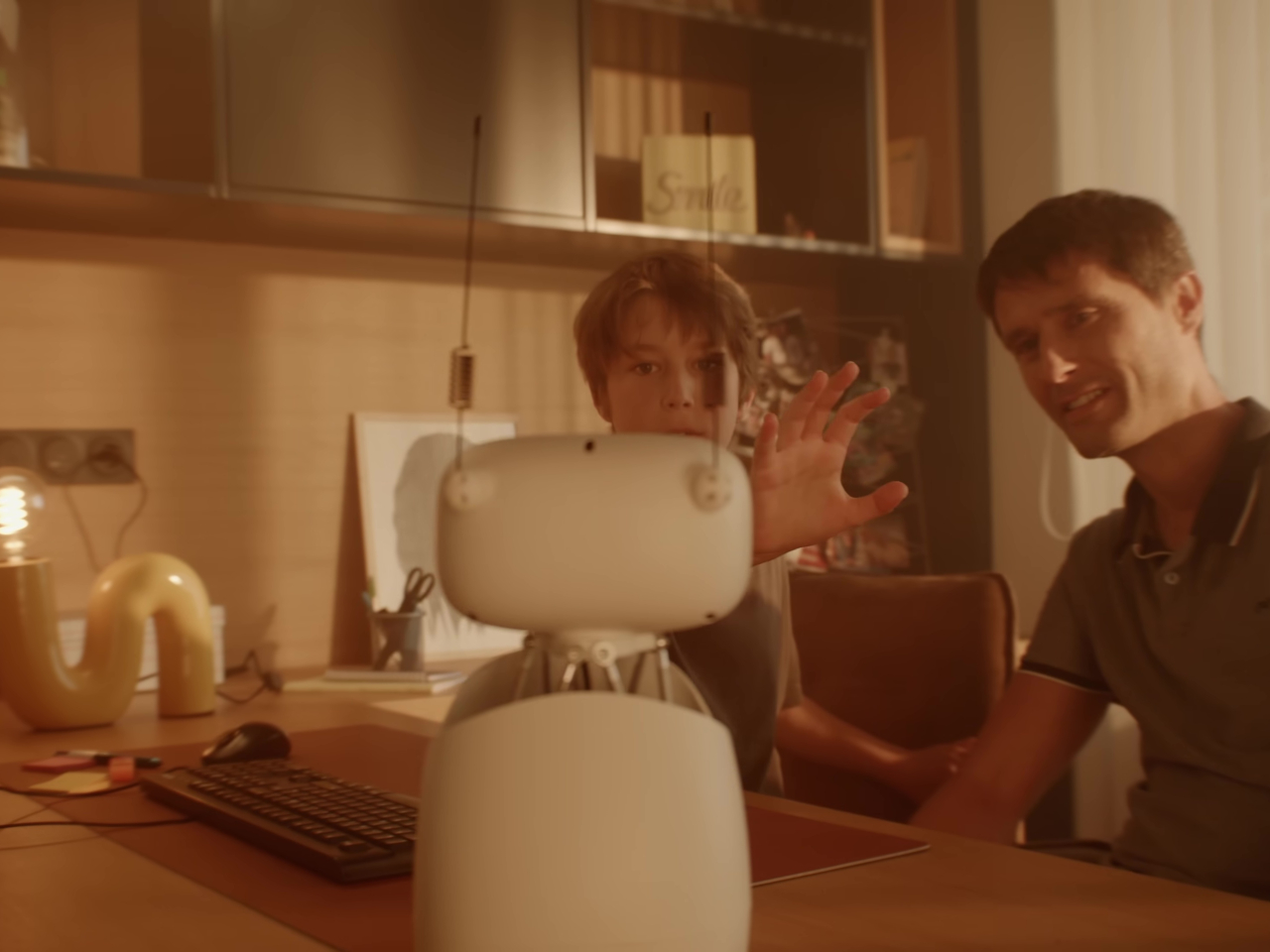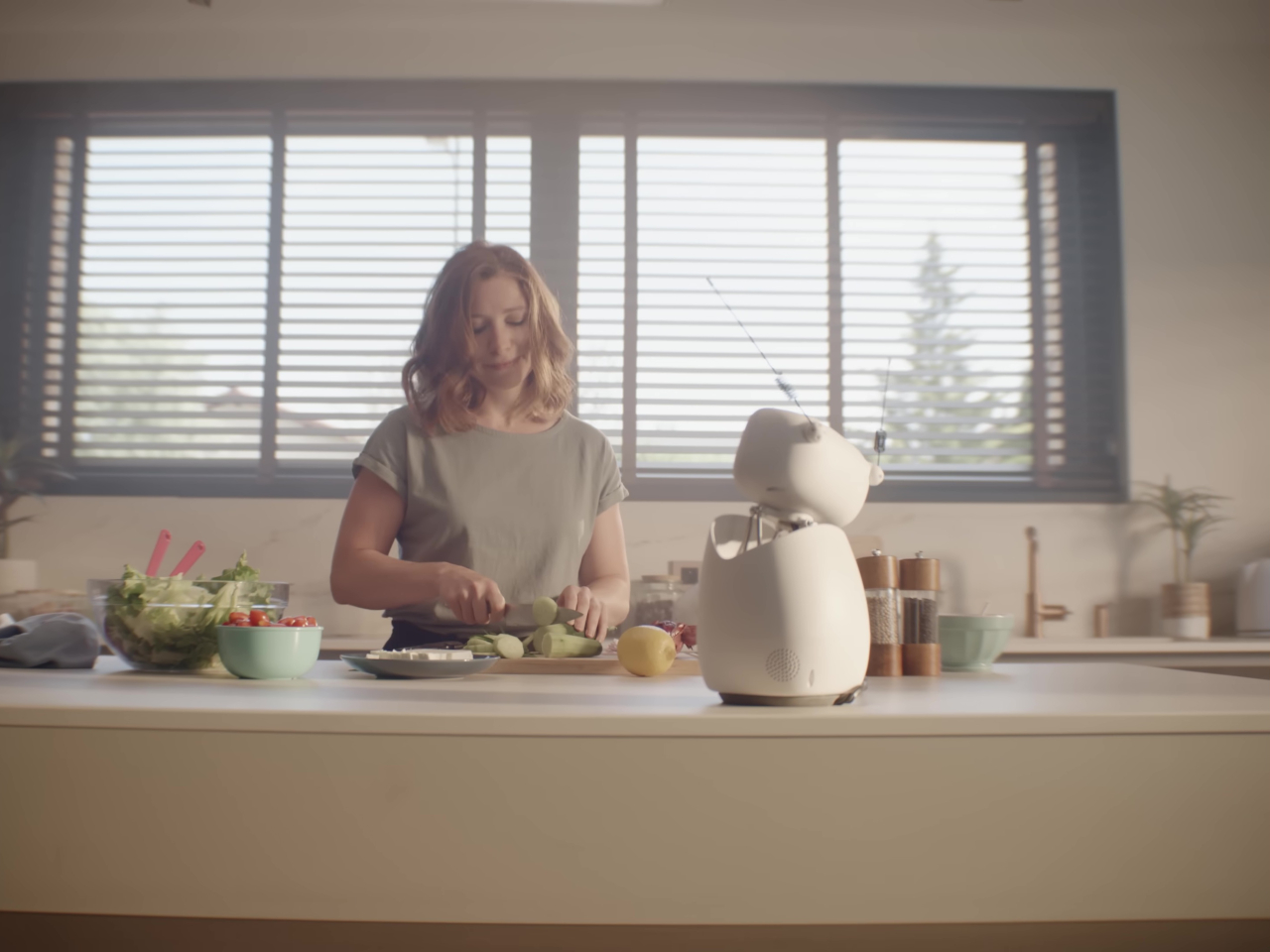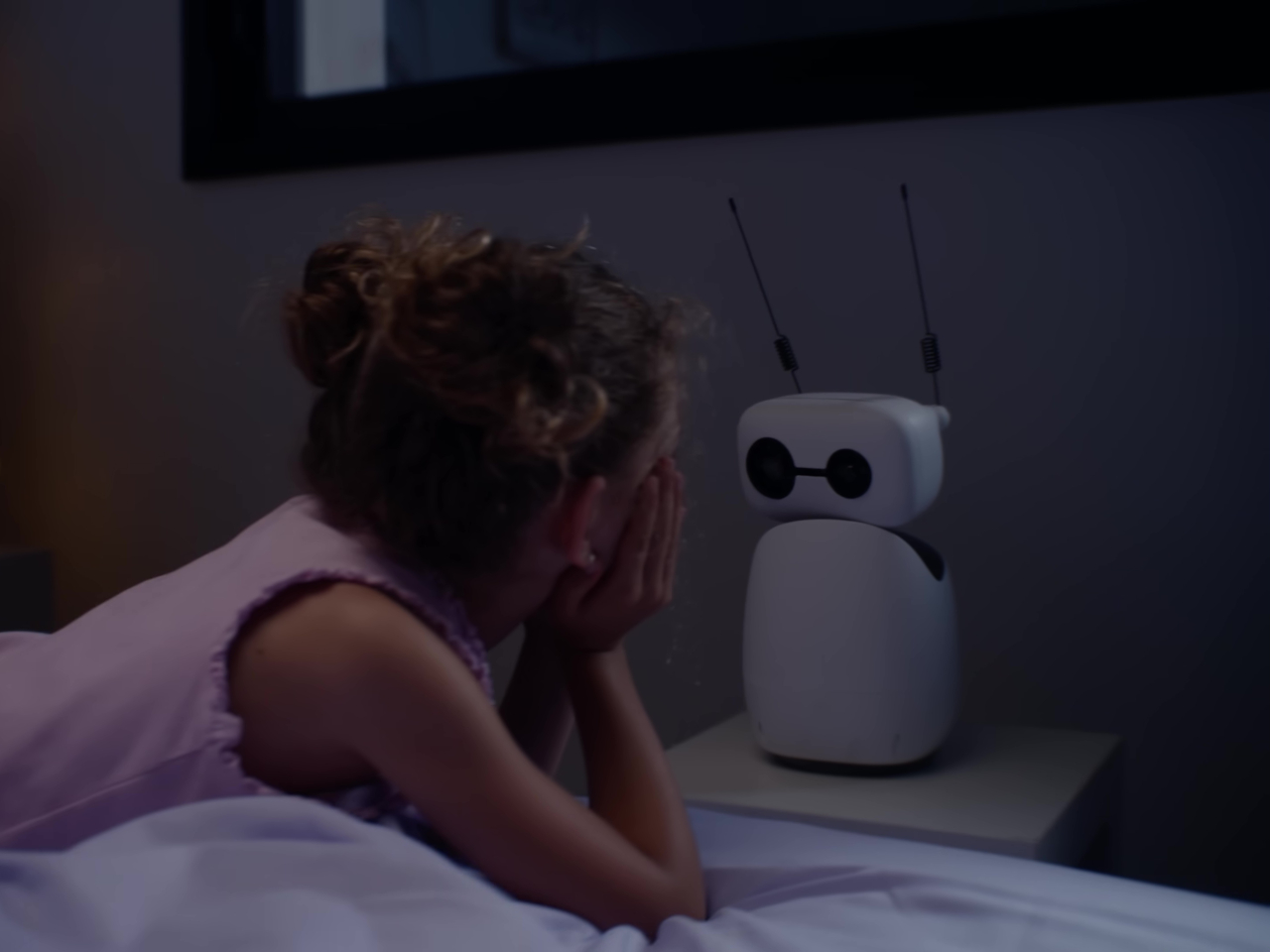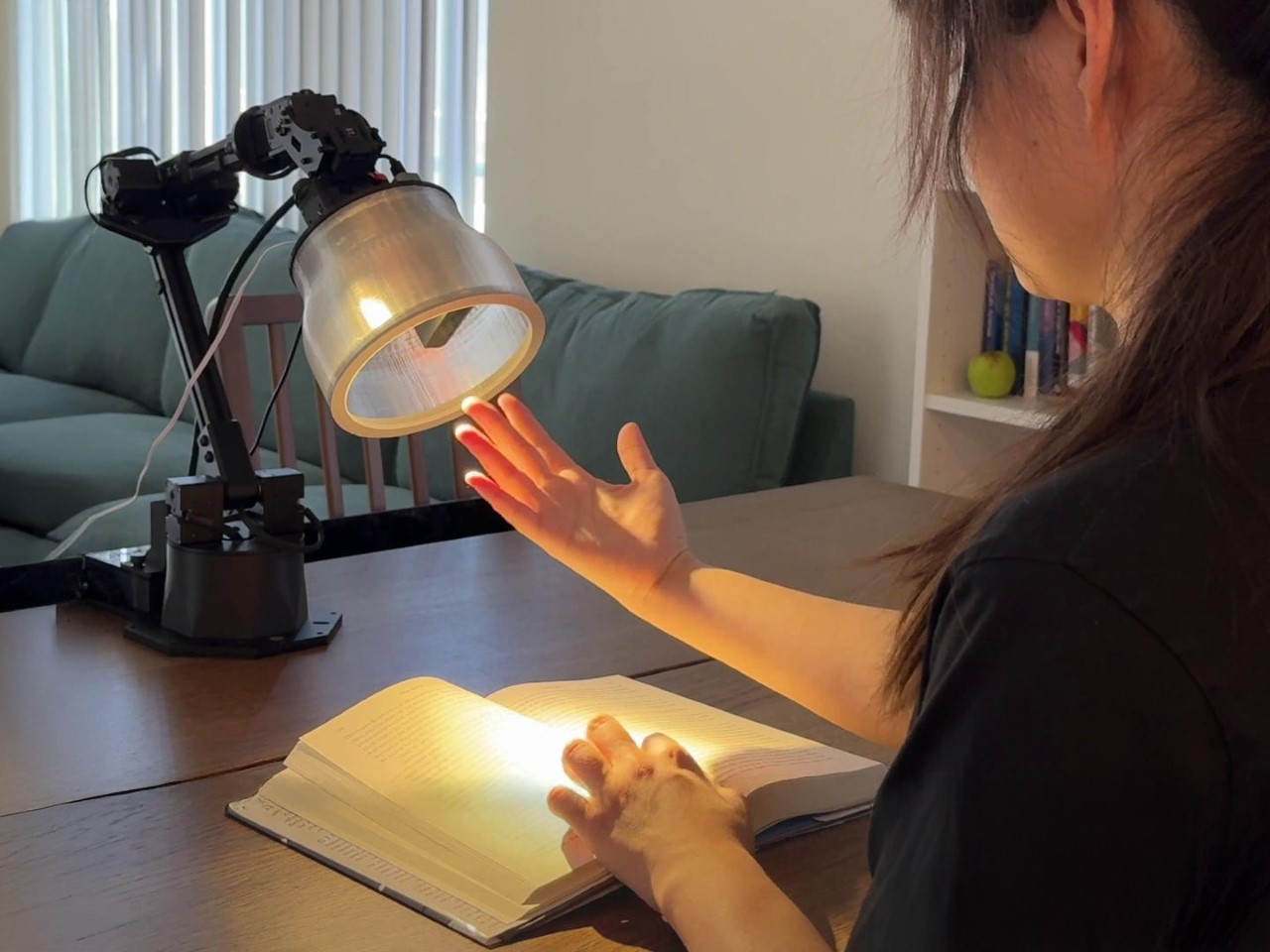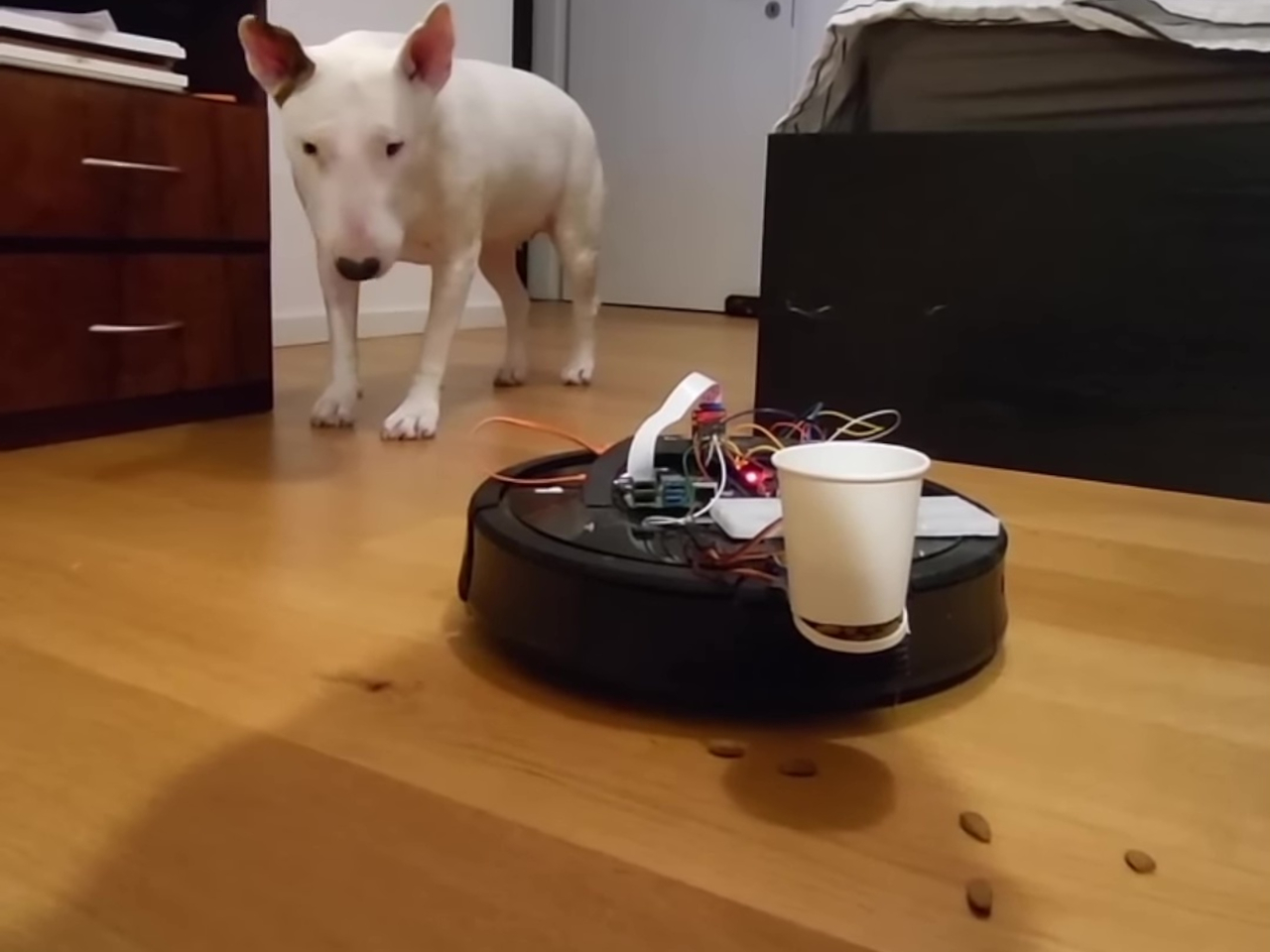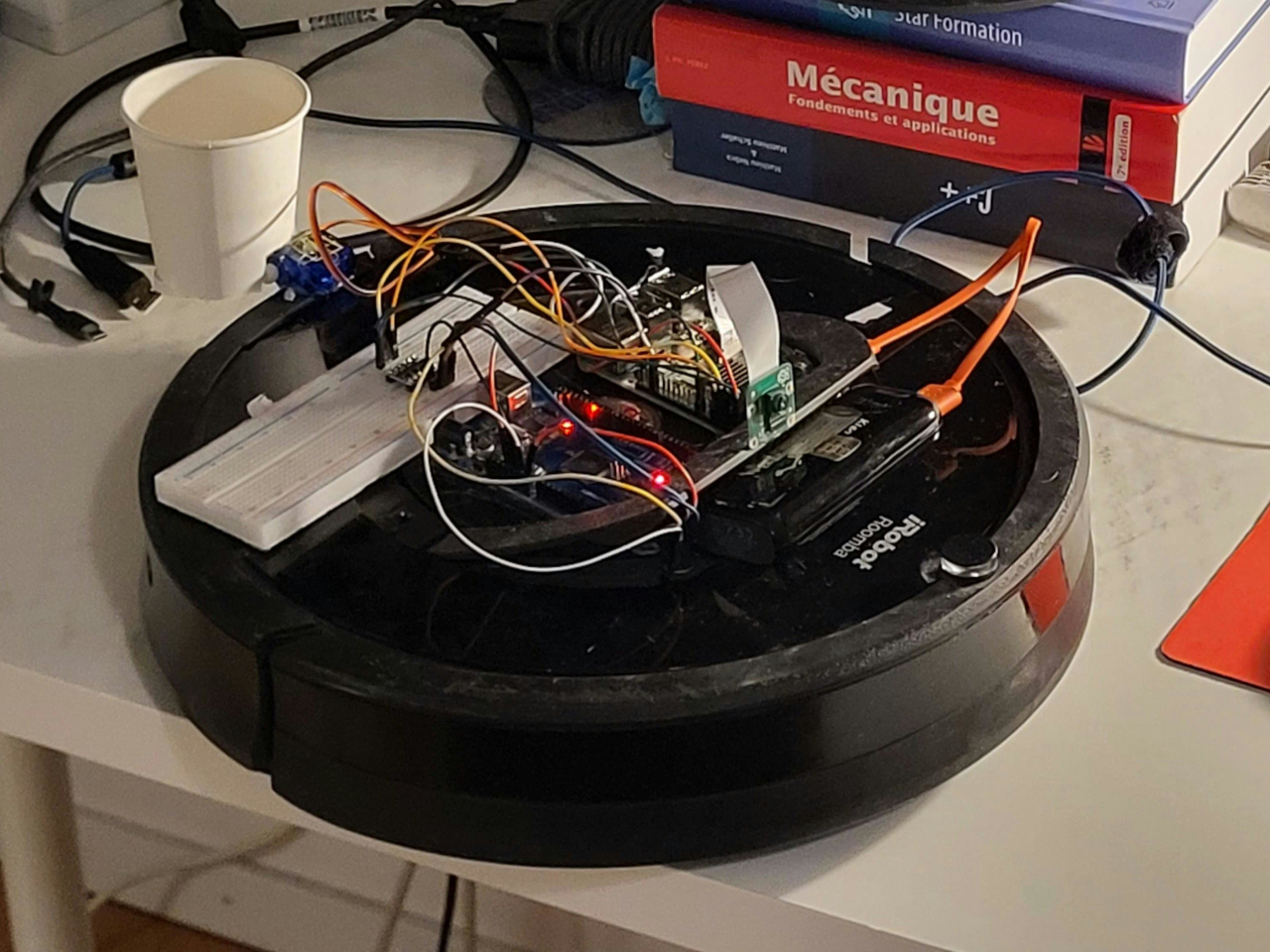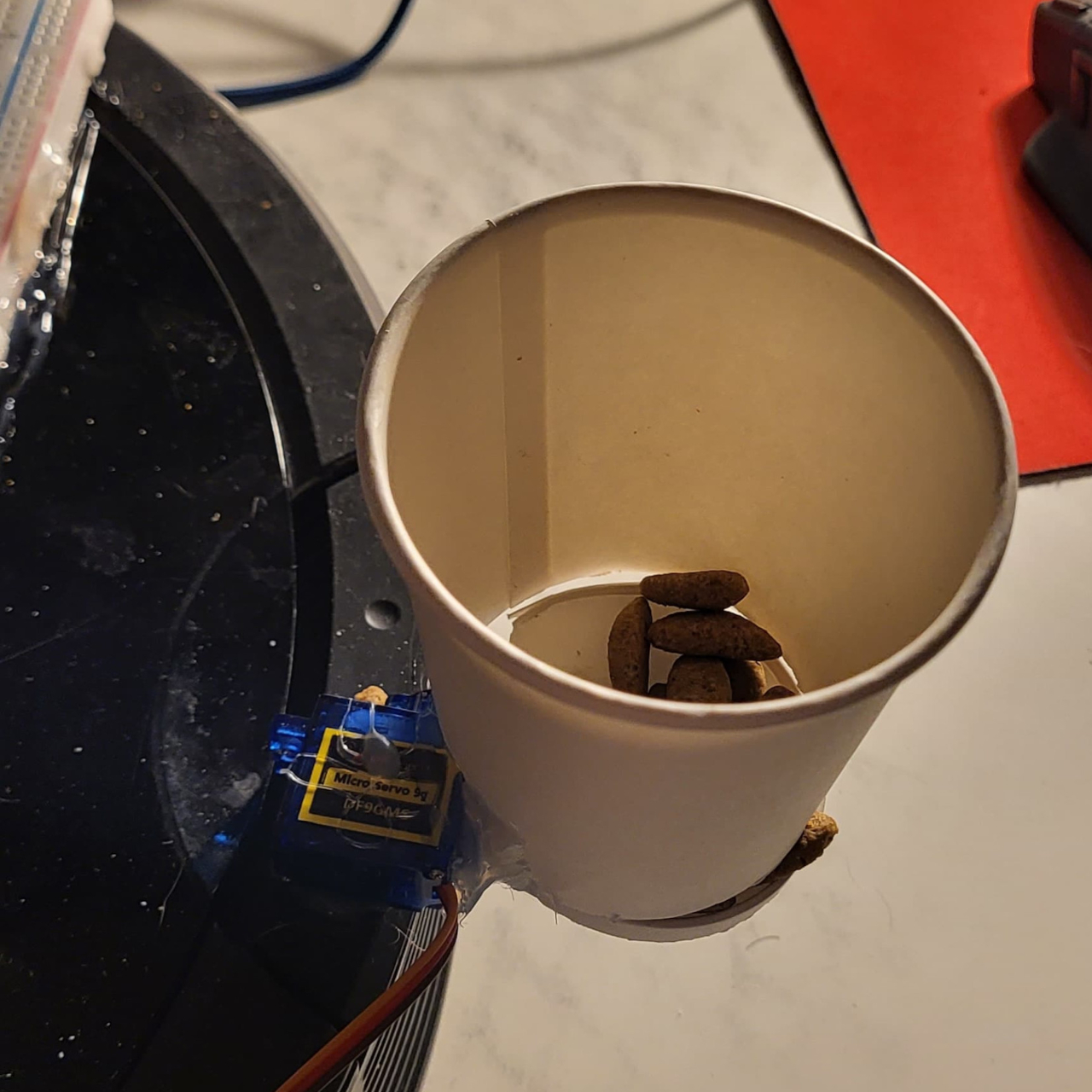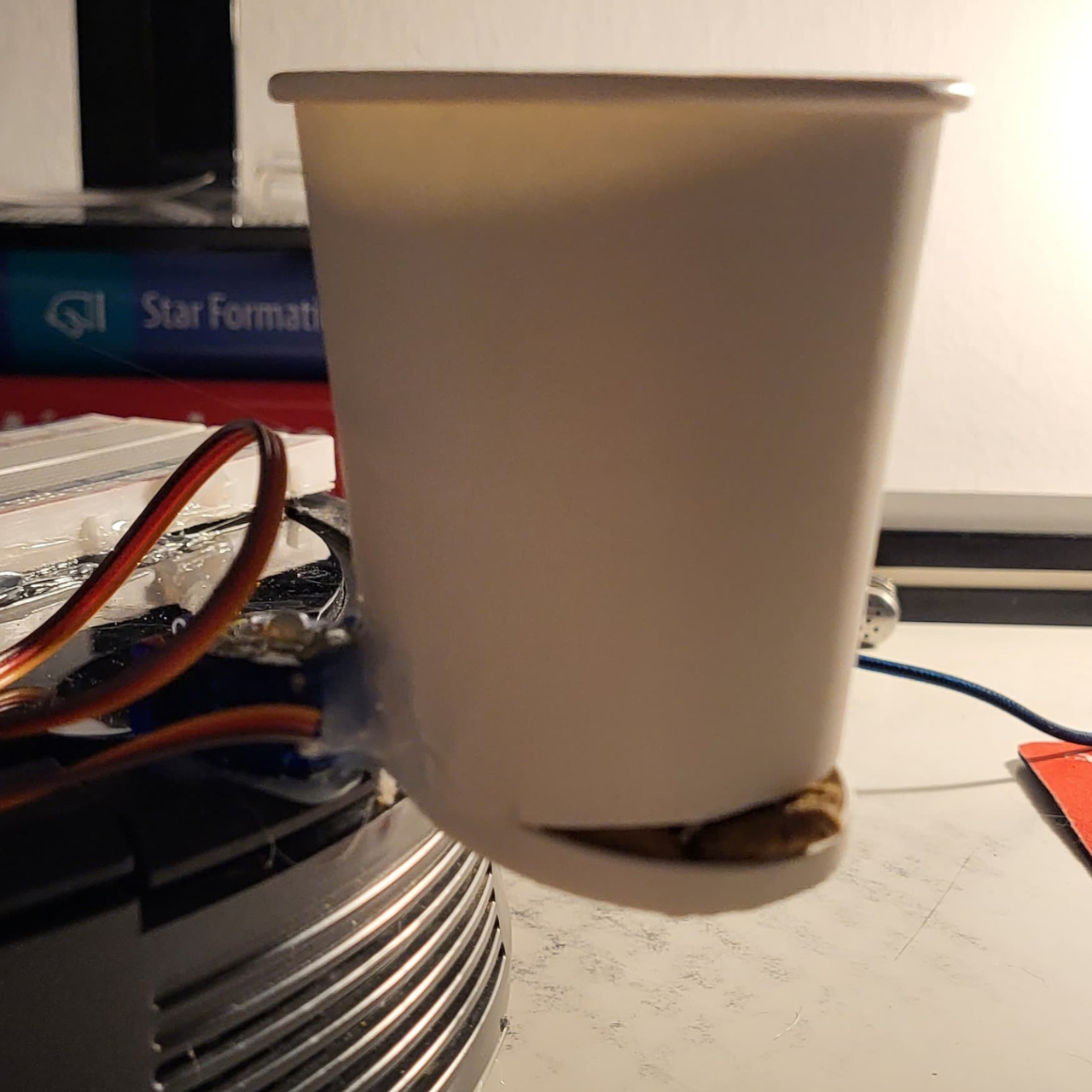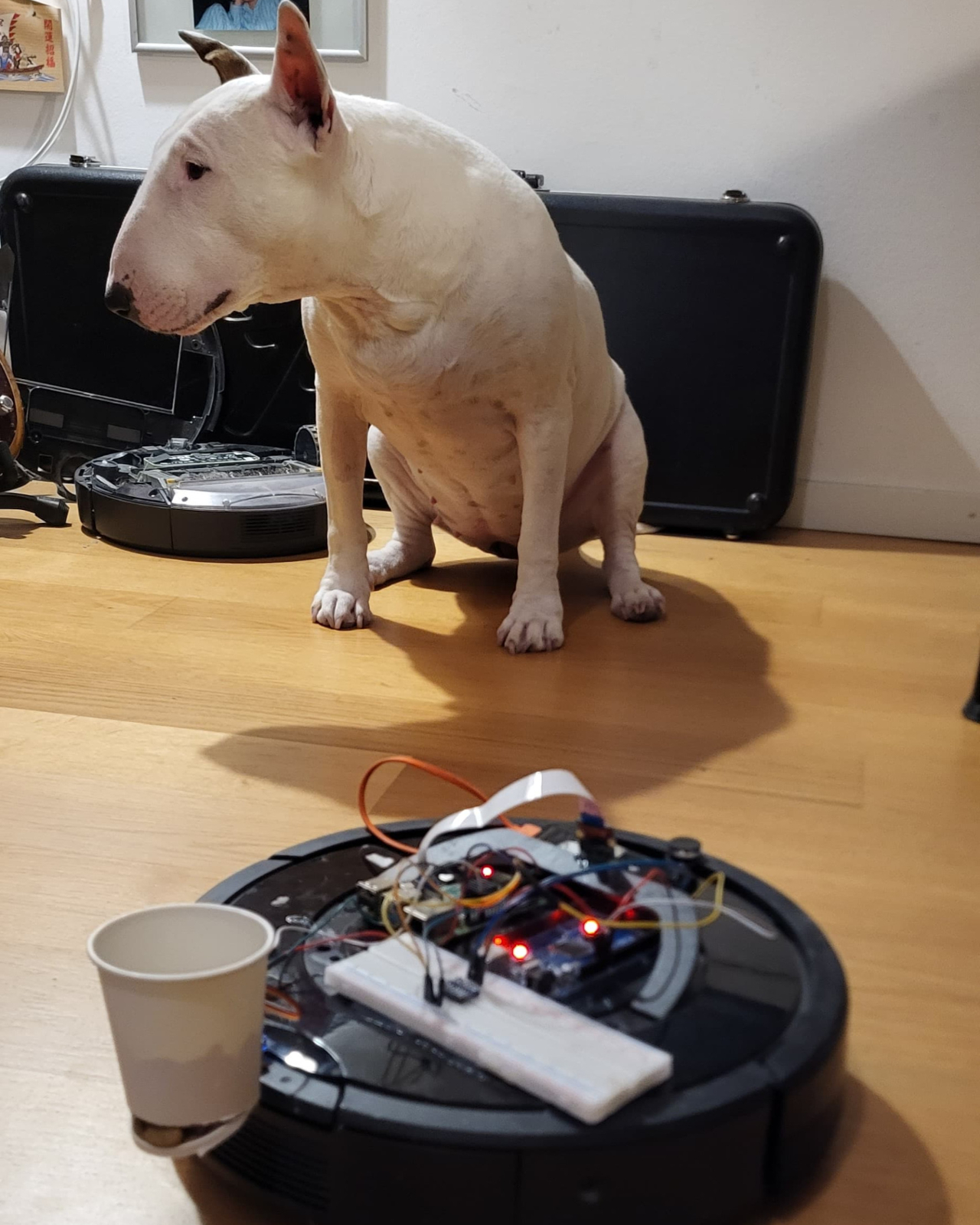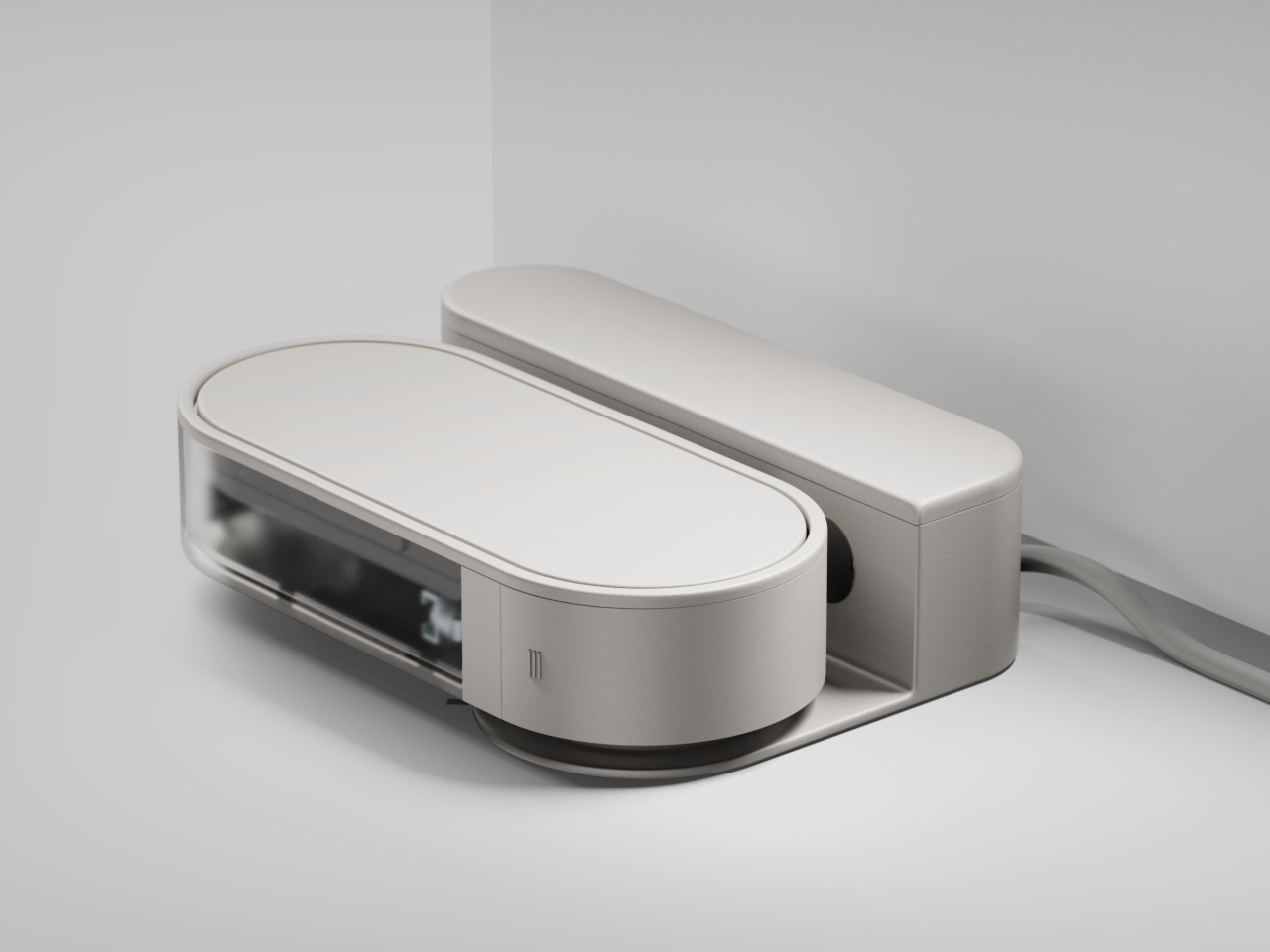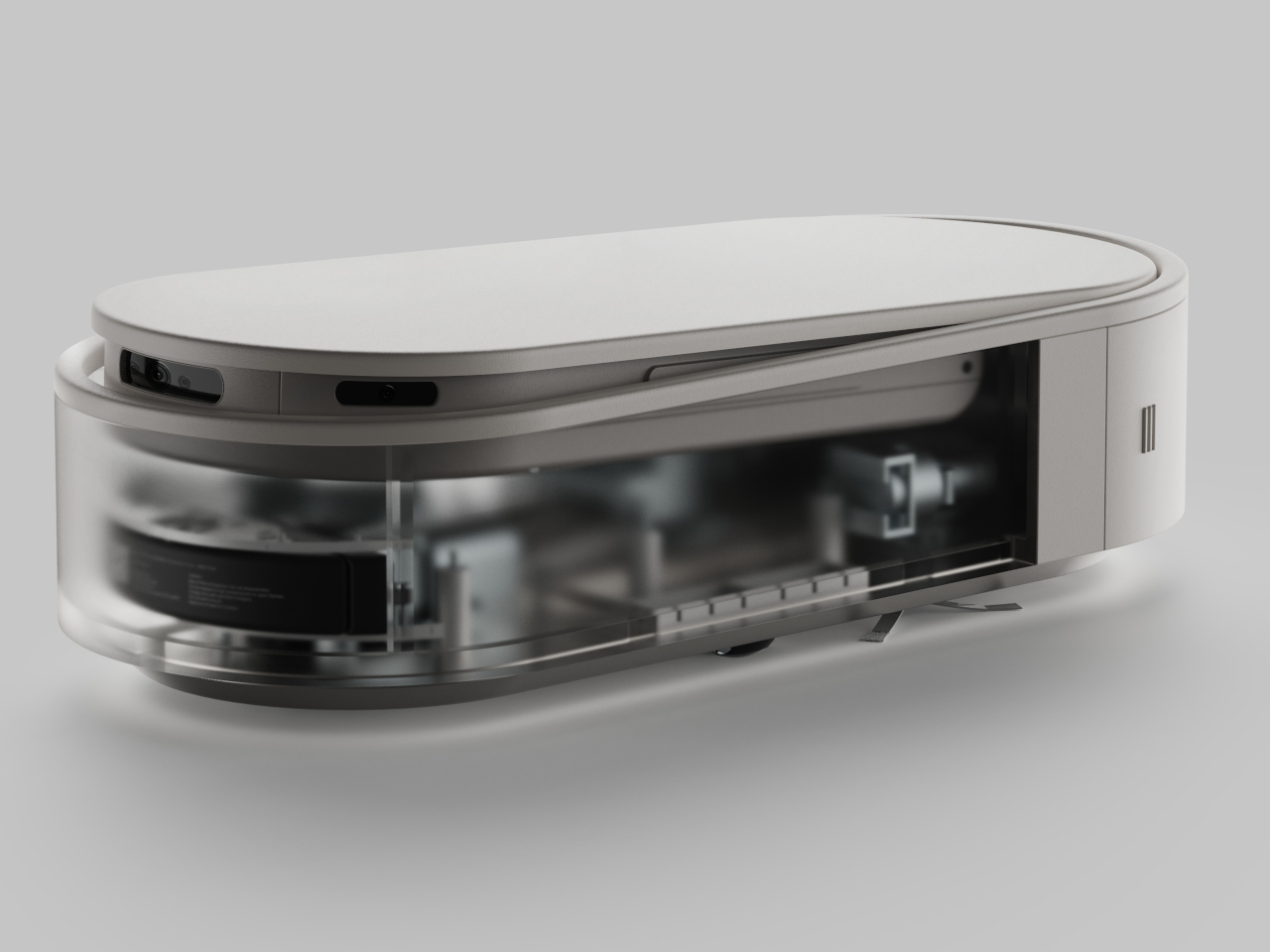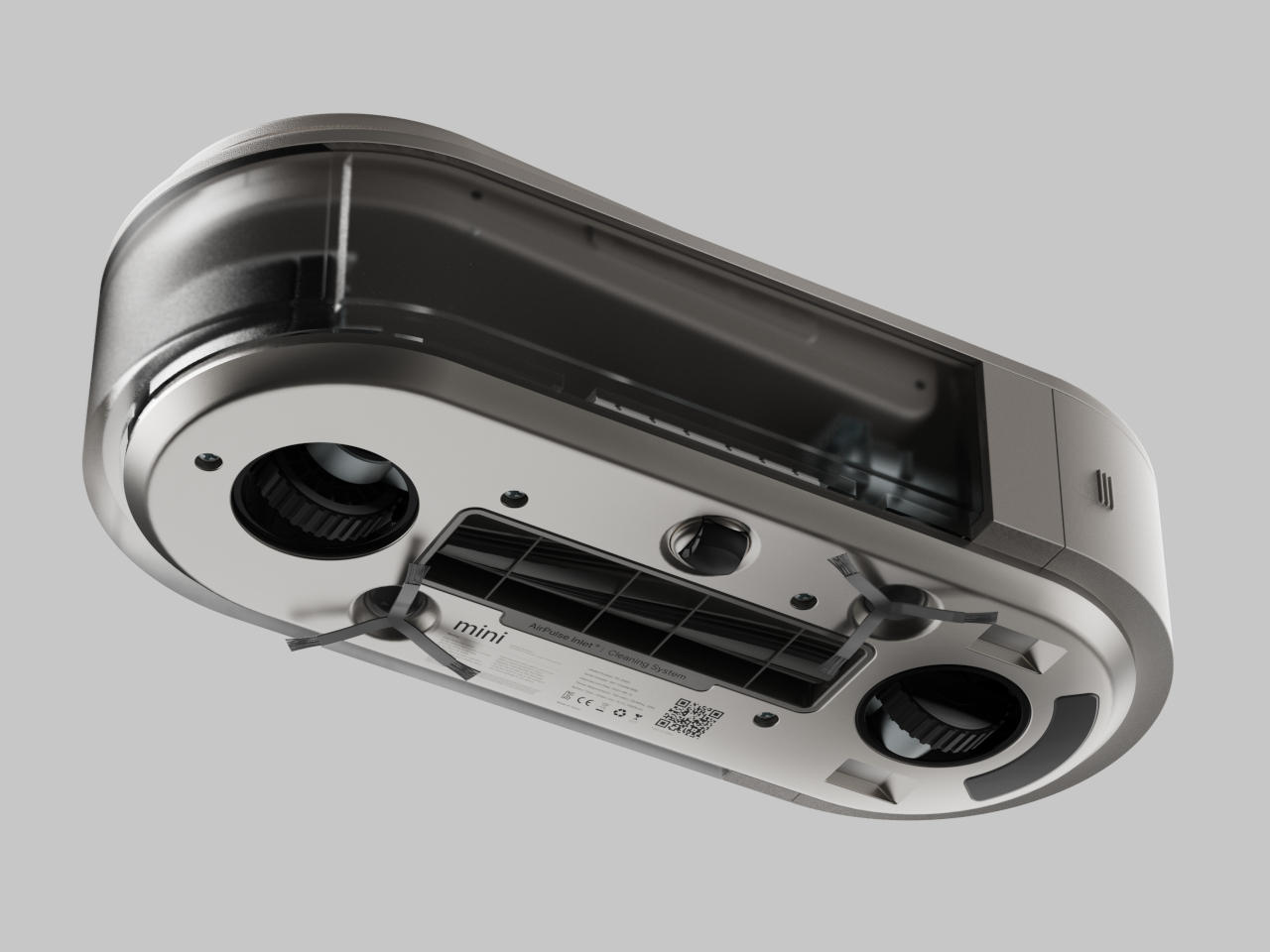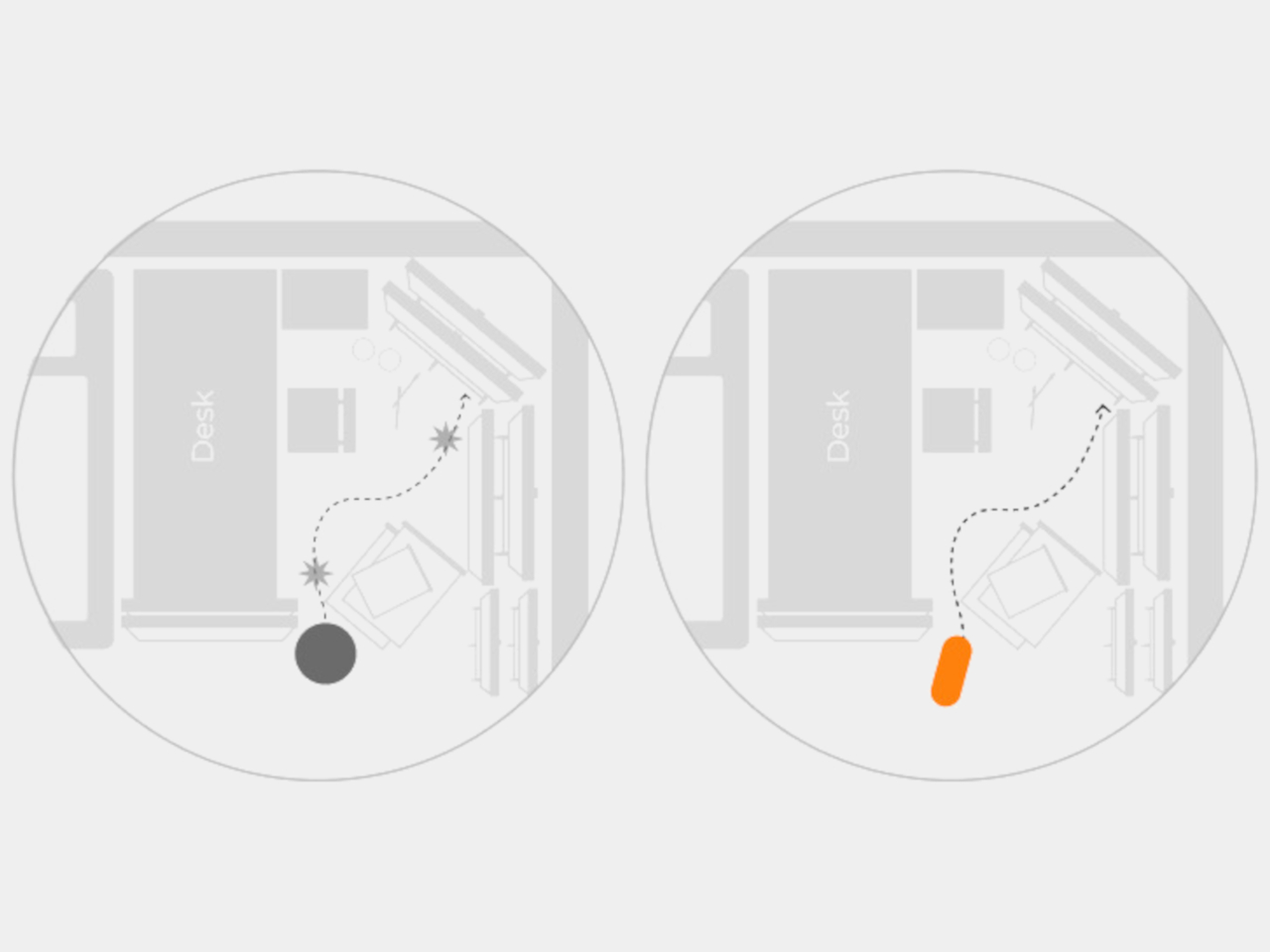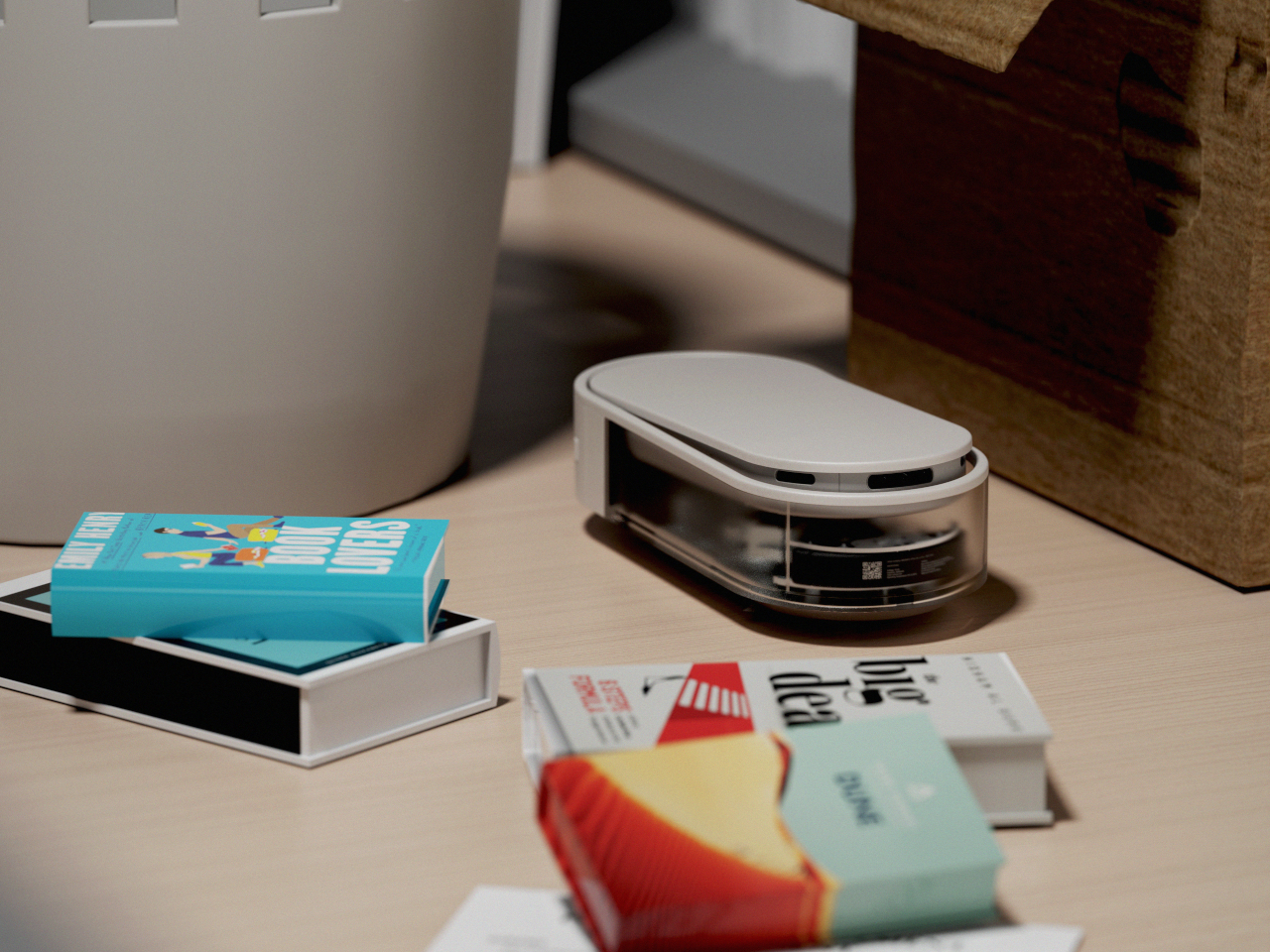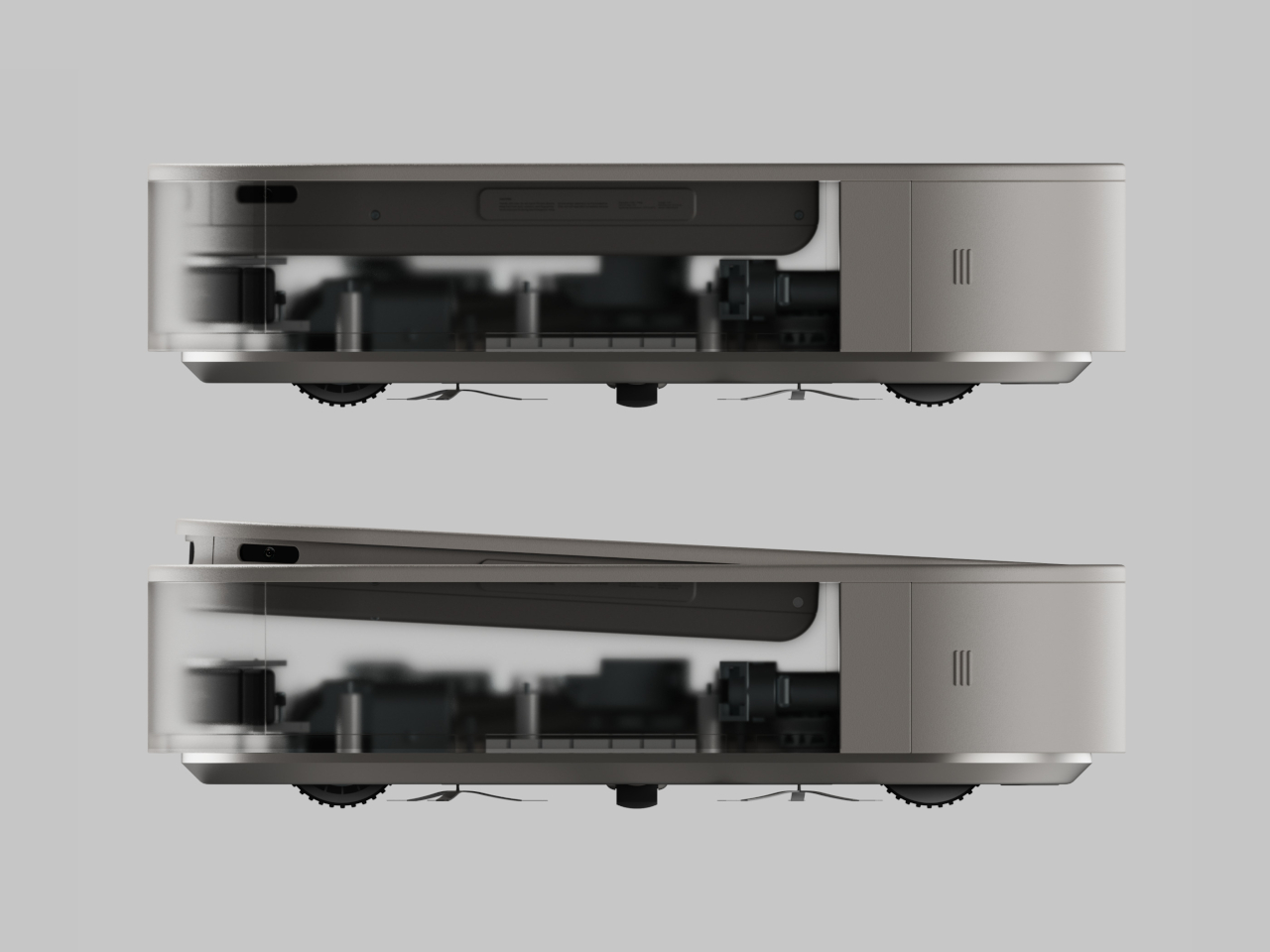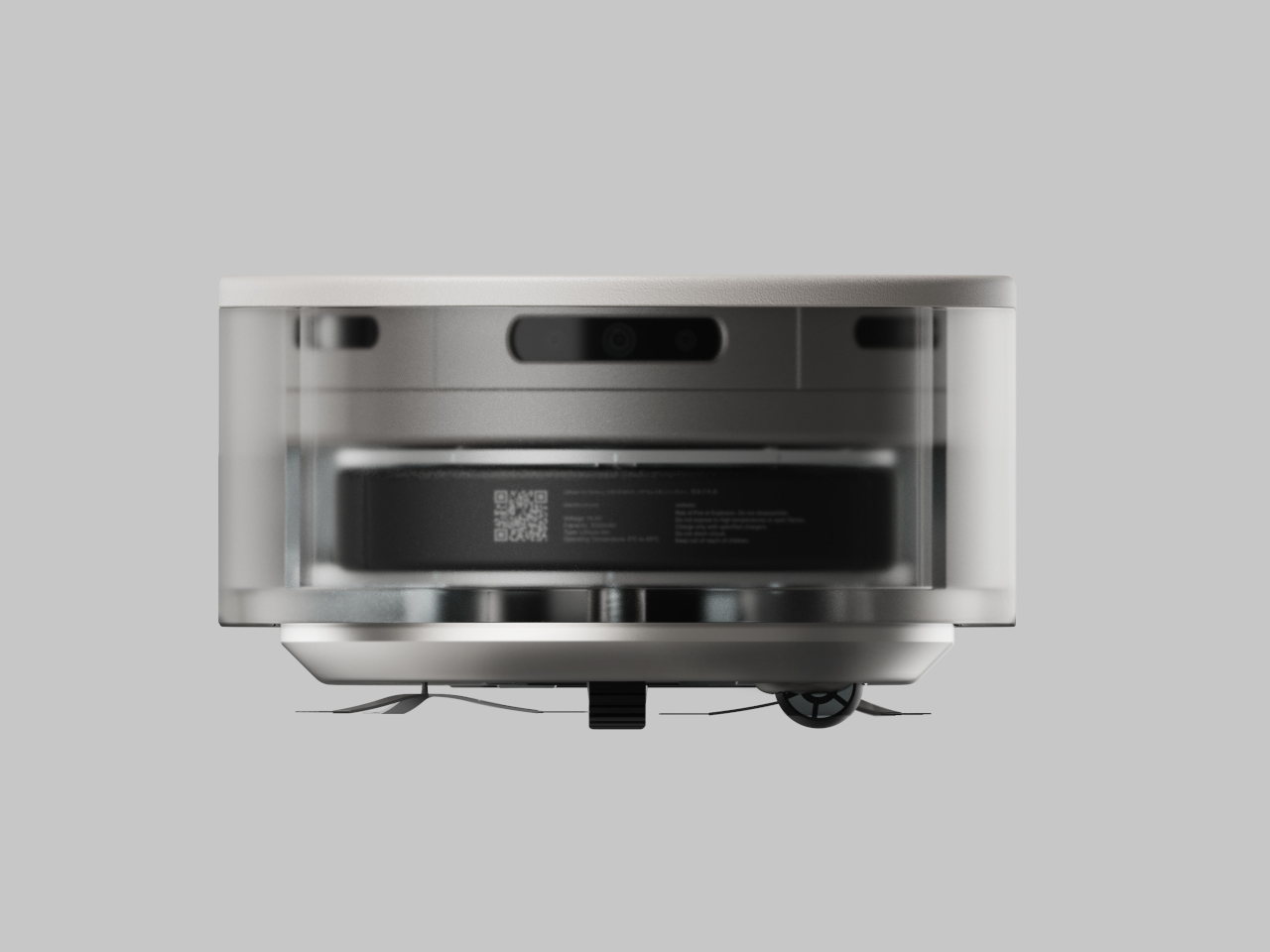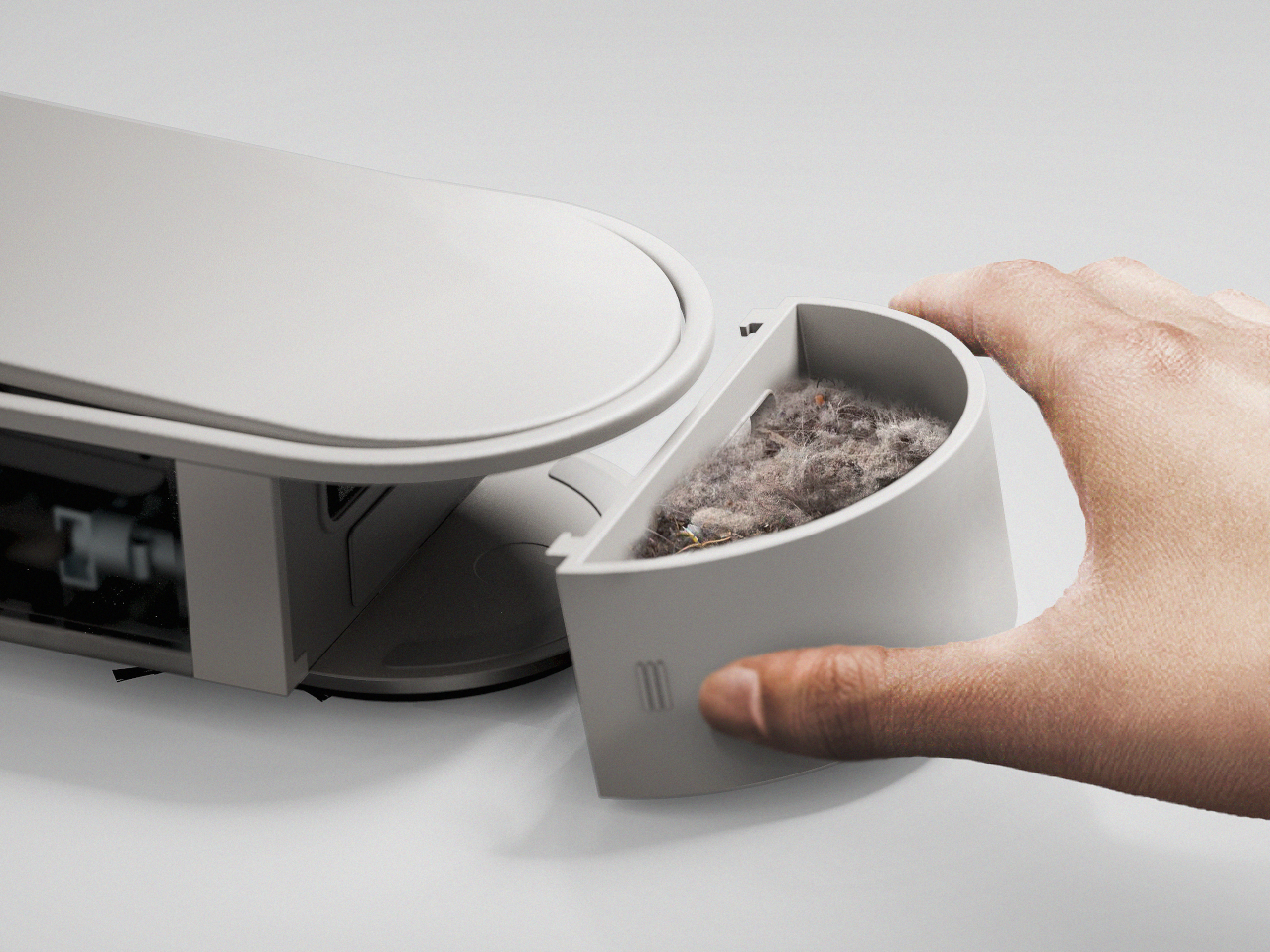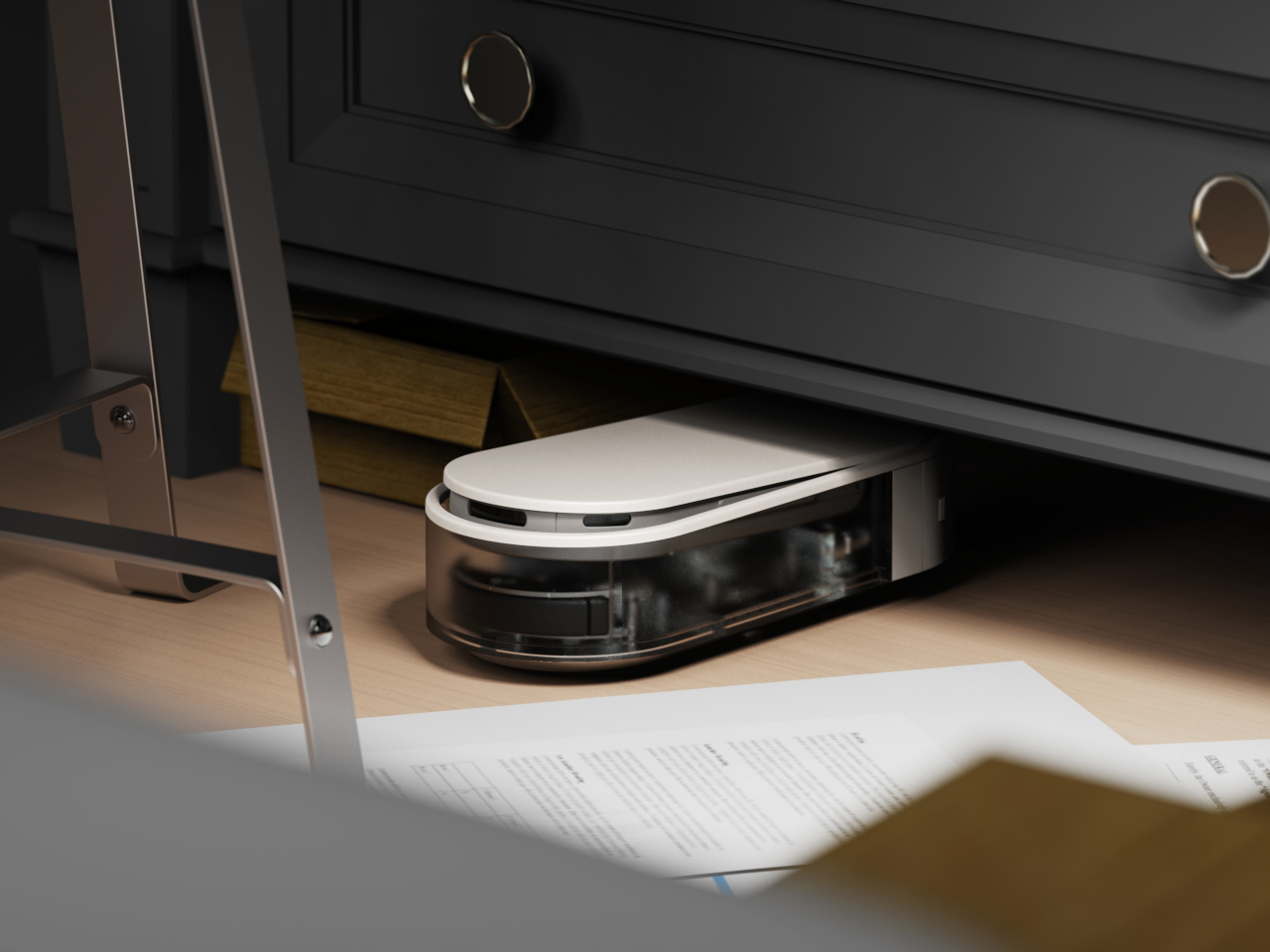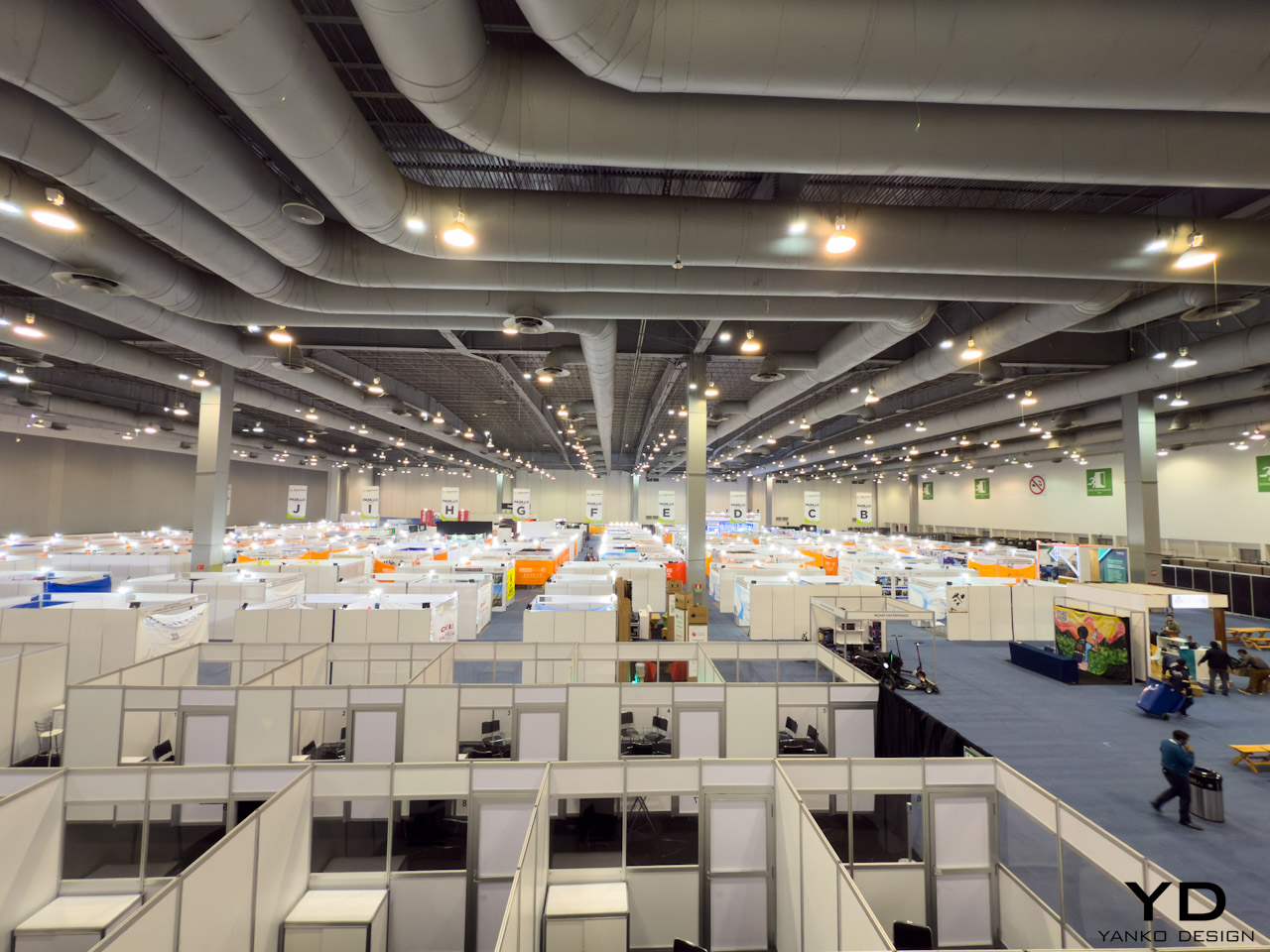
Mexico City hosts the inaugural Electronics Home Mexico today through June 19, 2025, at Centro Banamex. The three-day trade fair marks Grupo Eletrolar’s expansion into North America after 17 years of organizing successful electronics events across Brazil and Argentina.
The event spans 10,000 square meters of exhibition space, showcasing over 300 exhibitors and drawing major buyers from Mexico, Central America, and South America. Carlos Clur, CEO of Grupo Eletrolar, presents this launch as the third component of Latin America’s “business triathlon,” joining the established Eletrolar Show in Brazil and Electronics Home Argentina.
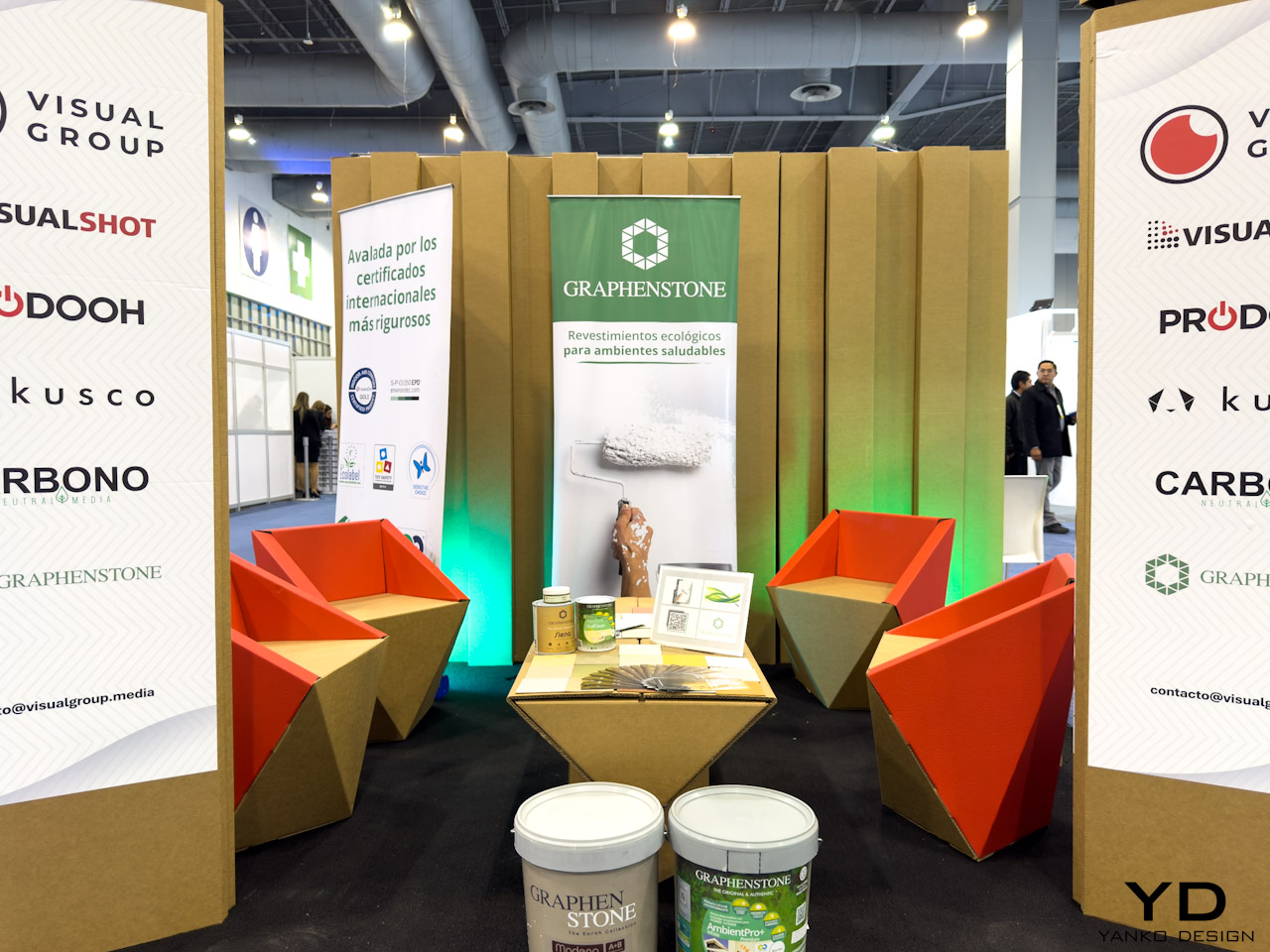
Strategic Market Position and Organizational Excellence
Mexico consolidates itself as the new regional center for the consumer electronics industry amid international uncertainty marked by tariff tensions and commercial disputes with the United States. The timing proves crucial as Mexico’s import market reaches approximately $467 billion annually, creating substantial opportunities for electronics manufacturers and distributors optimizing supply chains and ensuring timely product delivery across Latin America.
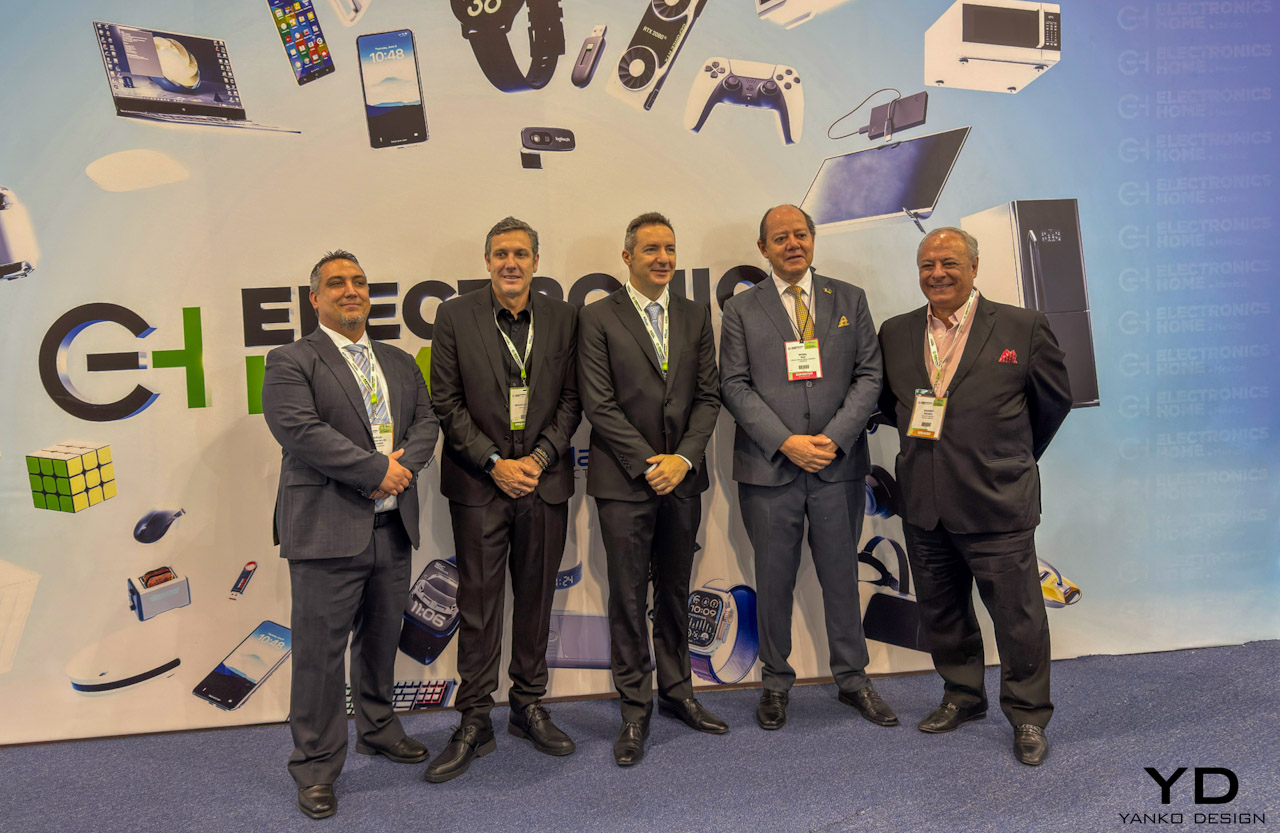
“Mexico is a challenge, but it’s something in our strategy that we need to do, because we want to integrate Latin America total market,” explains Carlos Clur. “We are in the three biggest markets. Mexico was the second, at least the second economy. So we needed to put the feet here.” The CEO acknowledges the complexity of entering Mexico’s concentrated retail landscape while emphasizing the strategic importance of creating a unified Latin American electronics ecosystem.
The fair features consumer electronics, large and small home appliances, telecommunications equipment, and technology products. Exhibitors display smartphones, tablets, laptops, smart TVs, audio devices, gaming consoles, washing machines, refrigerators, microwaves, vacuum cleaners, air conditioners, and IoT solutions. The event showcases more than 600 exhibitors and high-level executives , with over 1,000 international brands participating. The fair operates daily from 11:00 to 19:00 hours throughout the three-day period.
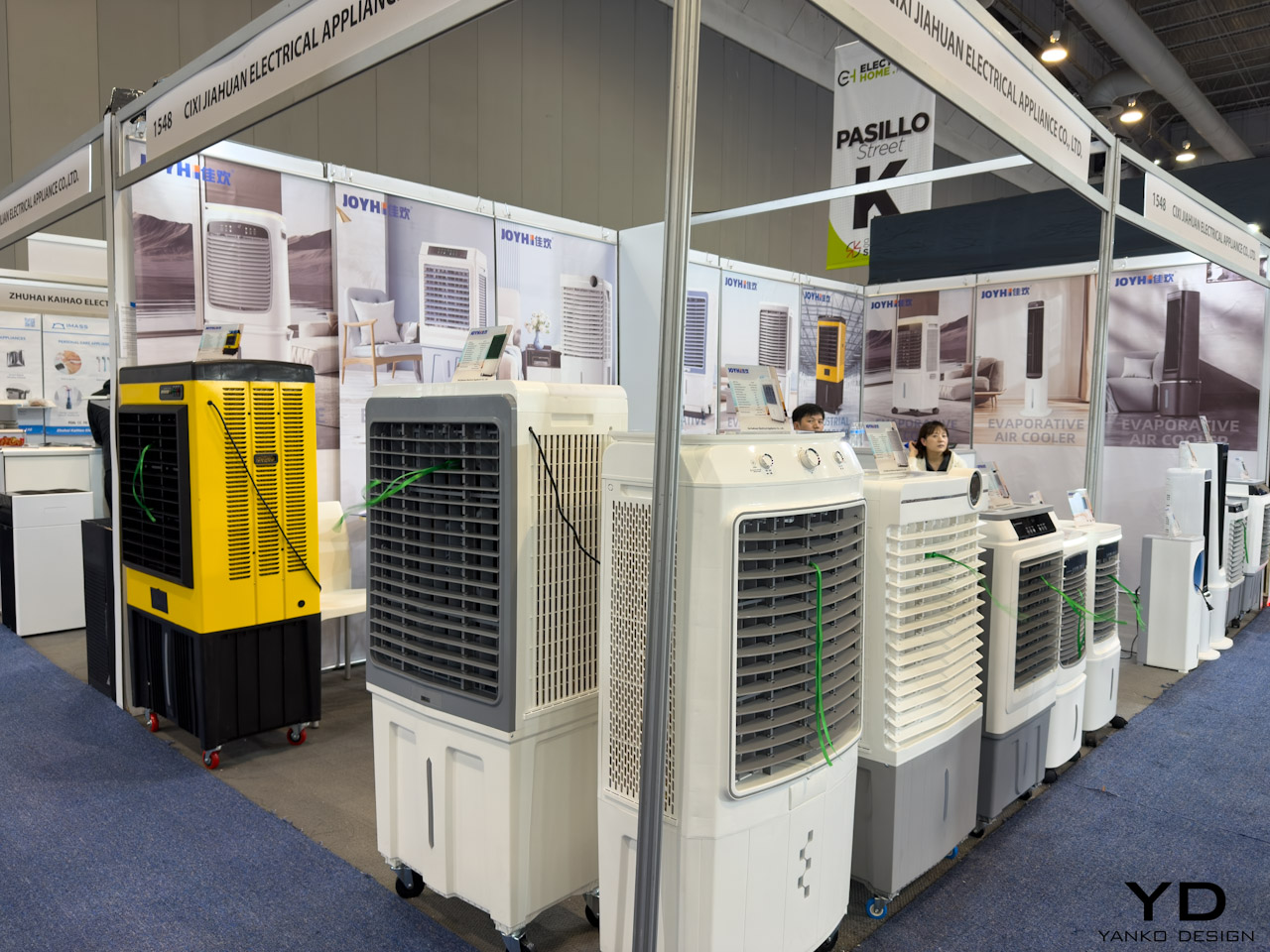
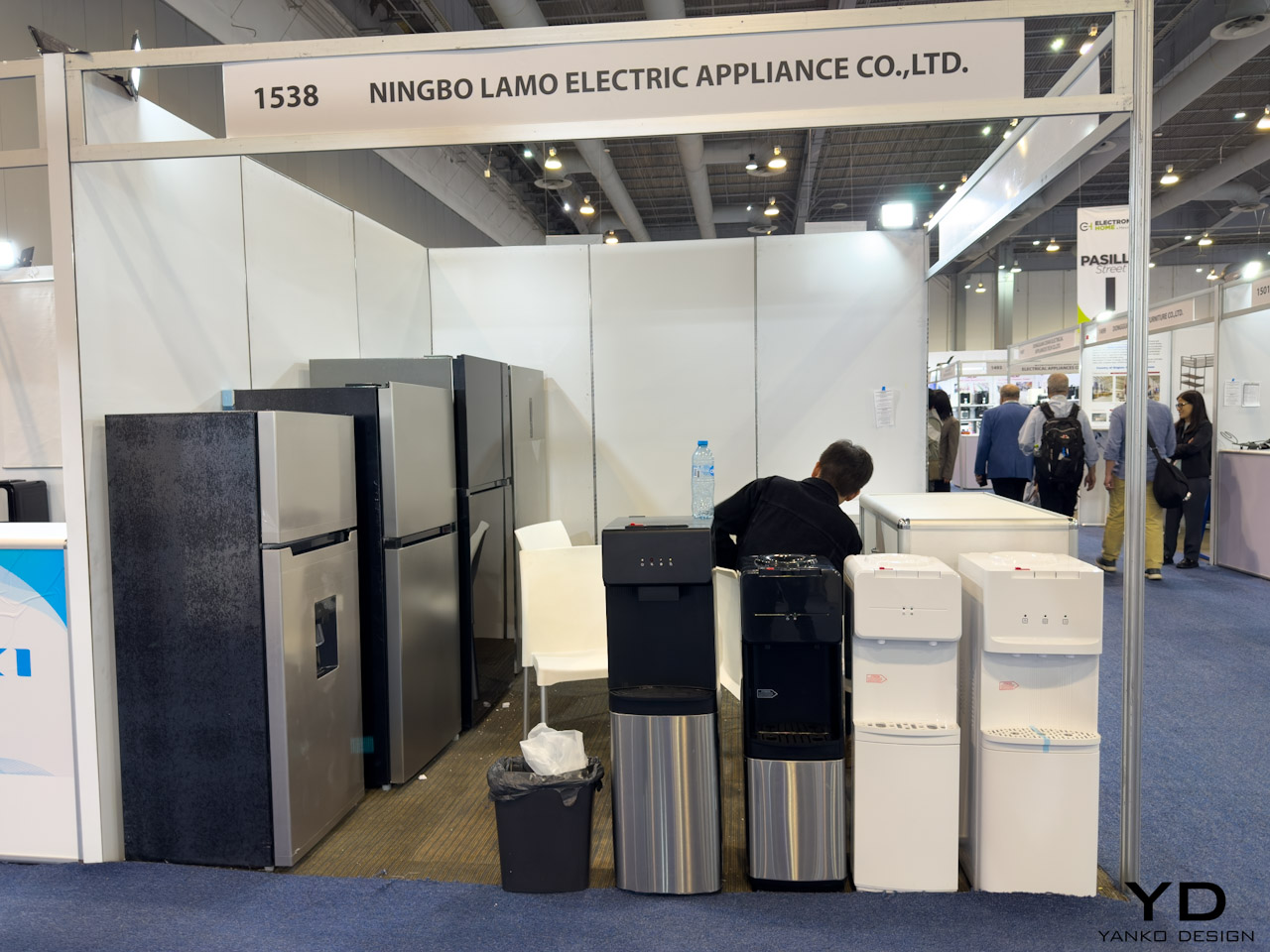
Grupo Eletrolar brings extensive experience from managing two major regional events. The Eletrolar Show in São Paulo occupies 50,000 square meters at Distrito Anhembi, attracting over 40,000 visitors and featuring more than 600 exhibitors showcasing 12,000 products from 1,500 brands. Electronics Home Argentina, running at Centro Costa Salguero from June 30 to July 2, 2025, serves as the country’s most important business fair for household goods and consumer electronics.
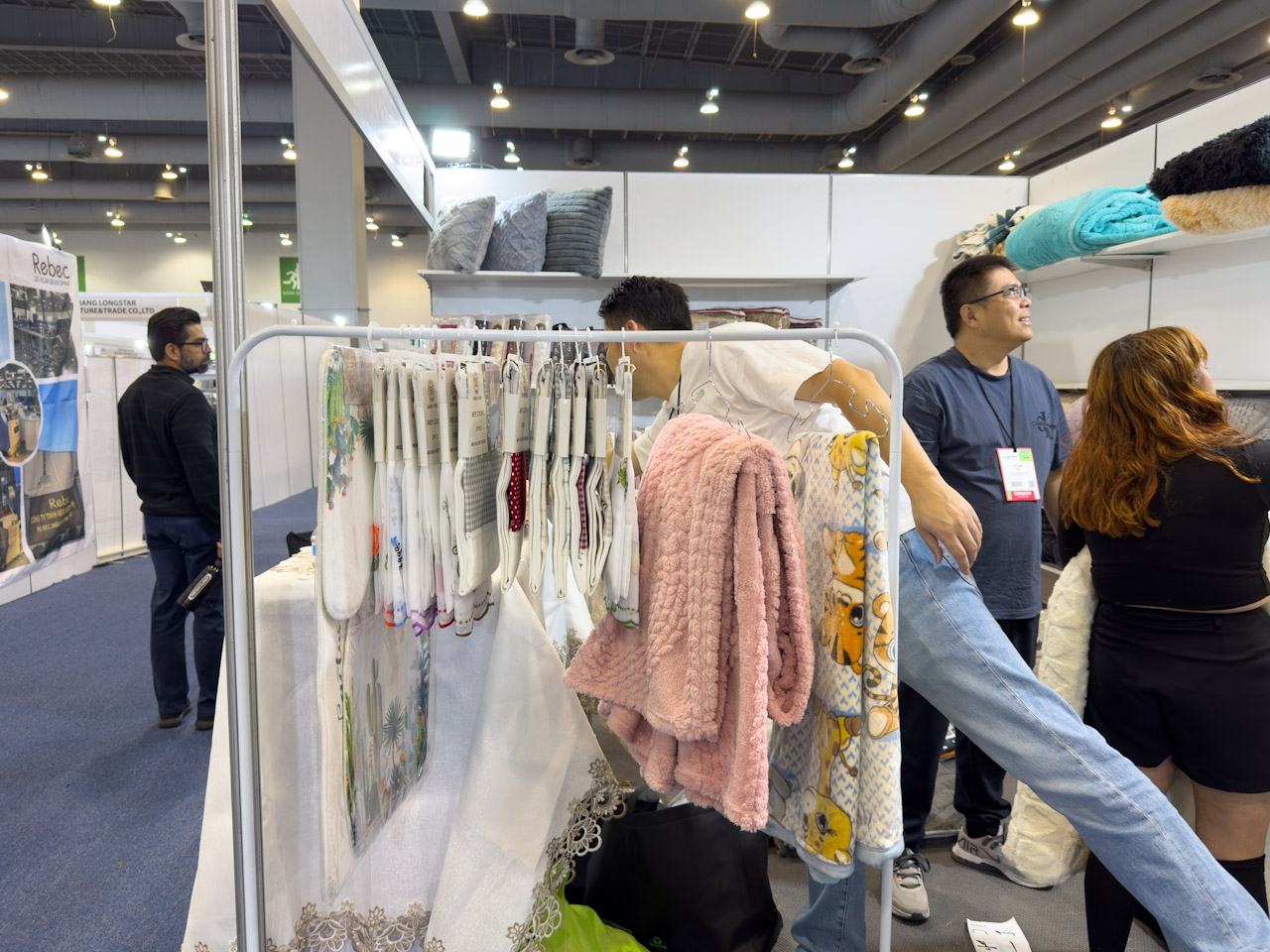
The organization implements proven programs including the VIP Buyer Program, which sponsors airfare and accommodation for qualified buyers from South and Central American countries attending all three fairs in the business triathlon. The Matchmaking Program facilitates pre-scheduled meetings between distributors and retailers, ensuring direct contact with potential buyers.
Walking Through the Ultimate Electronics Treasure Hunt
The exhibition floor delivers exactly what you’d expect from a hybrid of Amazon’s endless variety, Best Buy’s tech showcase energy, and TJ Maxx’s treasure-hunting excitement. Within minutes of entering, unexpected discoveries emerge around every corner.
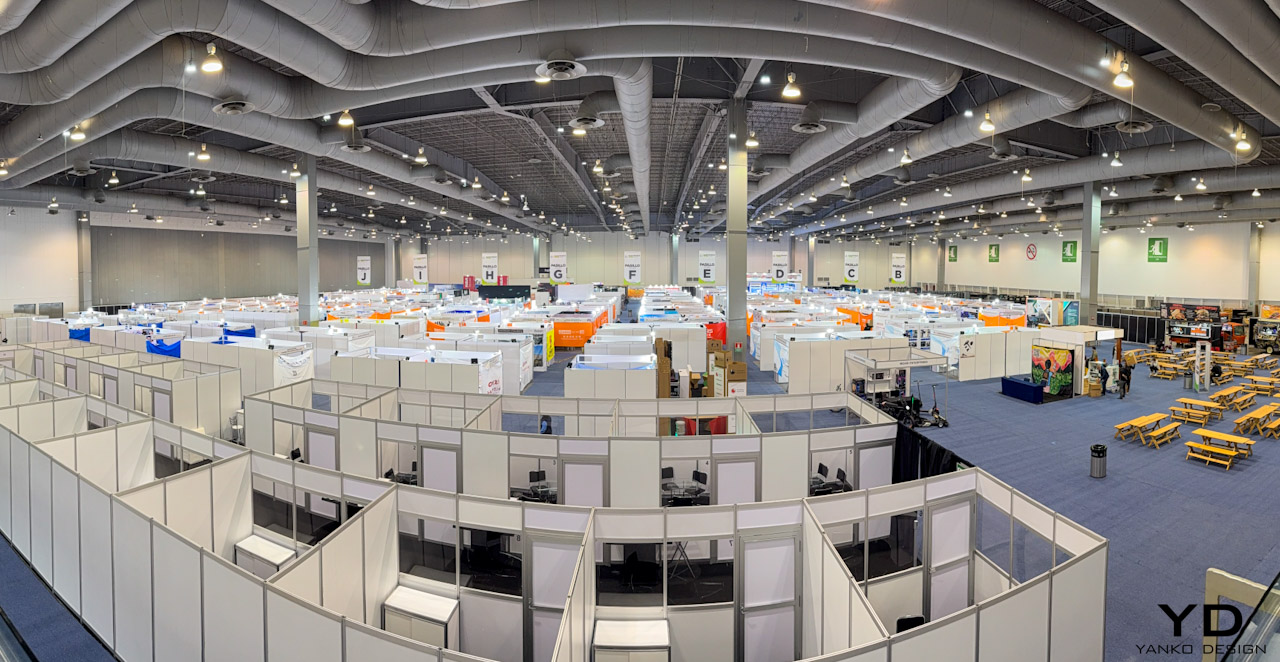
At one booth, a cold bourbon dispenser catches attention not for its electronics, but for solving a problem whiskey enthusiasts know well. “If you add ice, that means you reduce the taste of the whiskey,” explains the exhibitor, demonstrating how their $250 USD unit maintains optimal temperature without dilution. The compressor-based system preserves the pure taste that ice traditionally compromises.
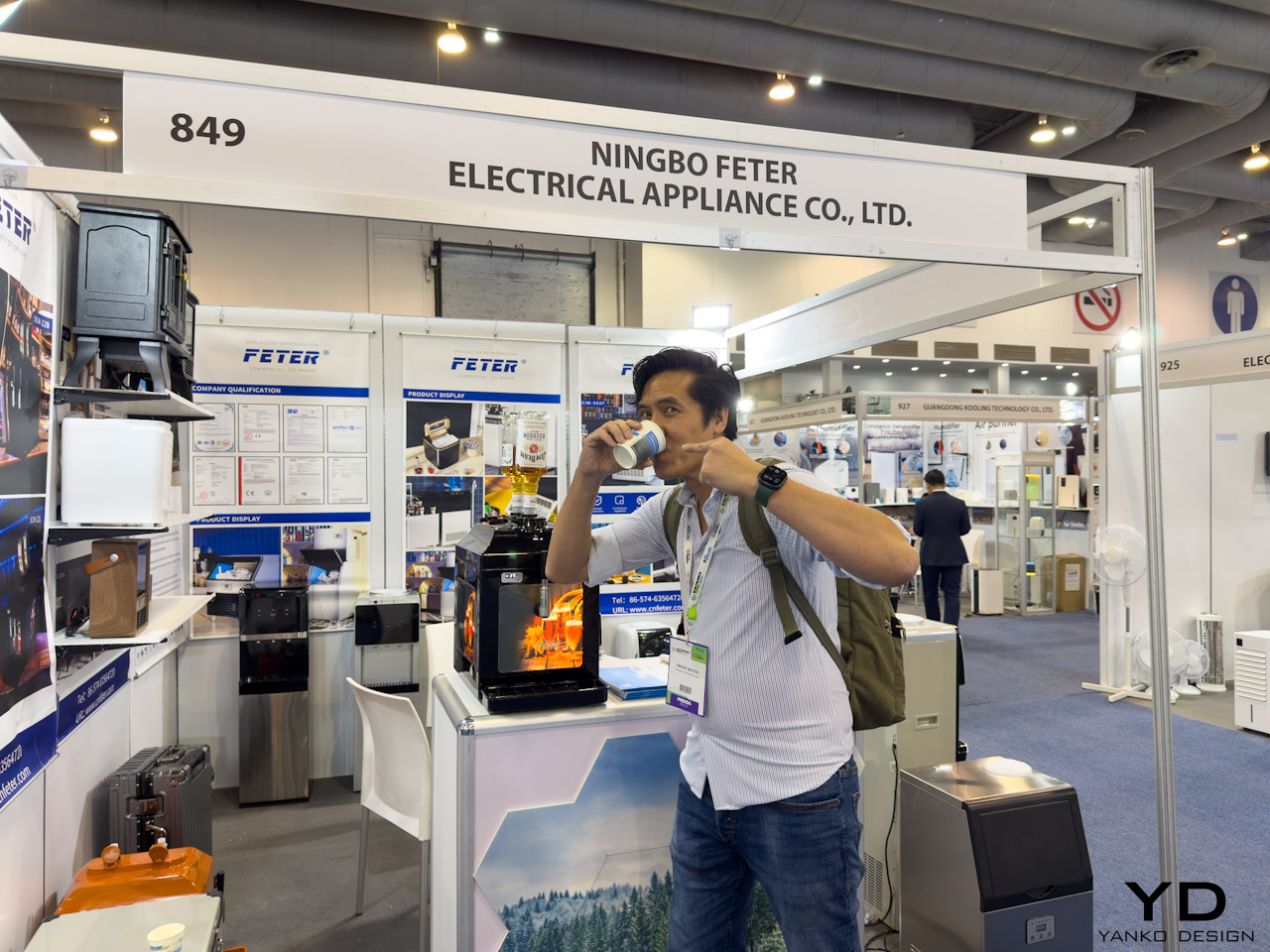
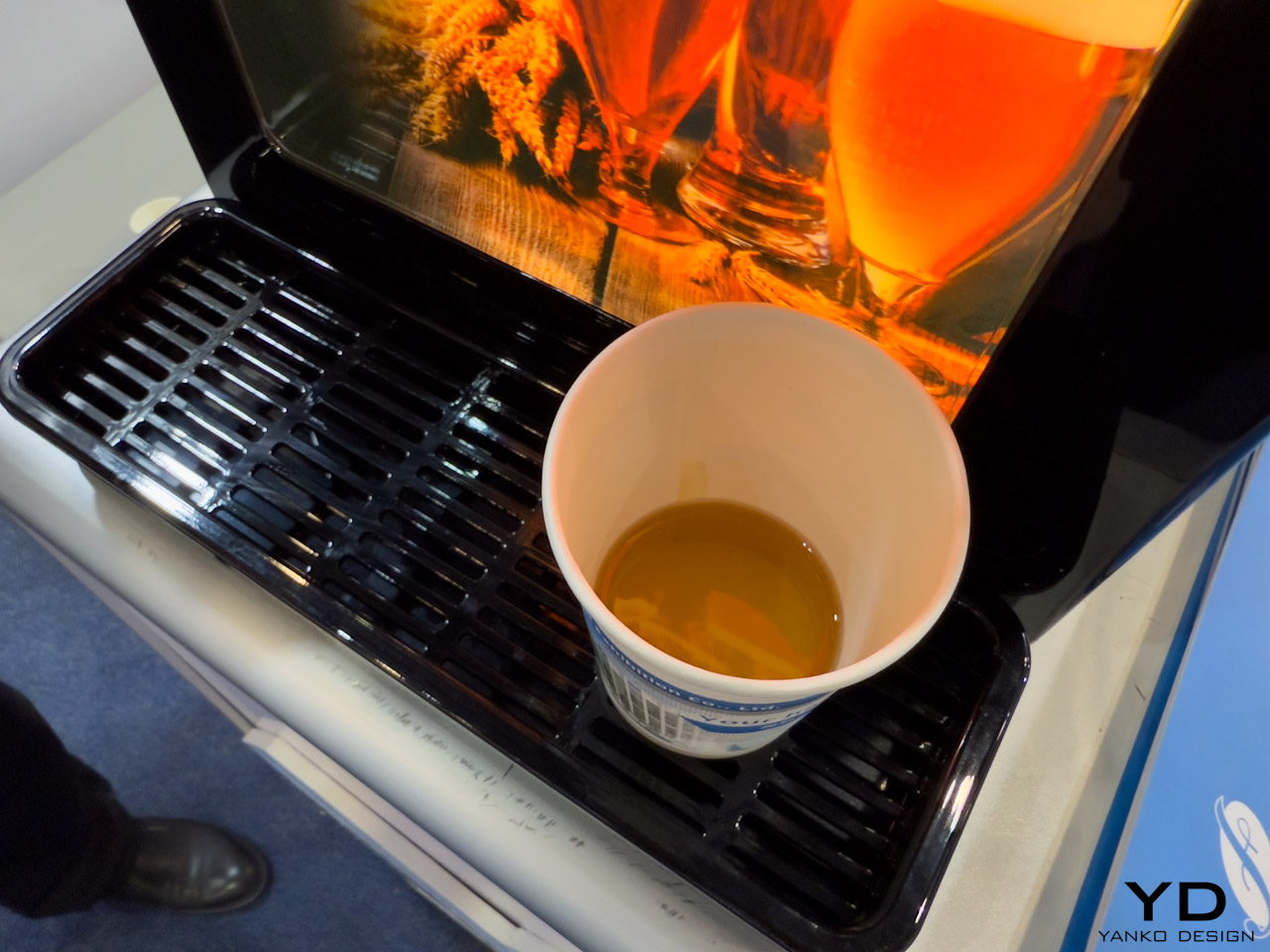
Here’s where trade fairs get interesting. Despite being neither a bourbon enthusiast nor someone who typically drinks whiskey at 11 AM on a Tuesday morning, the sample proved impossible to refuse. The cold bourbon hit differently than expected: smooth, clean, and surprisingly palatable even to someone who usually avoids brown liquor. The exhibitor’s point about ice dilution became clear immediately. This wasn’t the harsh bite associated with room-temperature whiskey, nor the watered-down taste from melted ice. The controlled temperature created an entirely different drinking experience.
For bars and restaurants, this represents the kind of specialized solution that makes B2B trade fairs valuable. The minimum order quantity (MOQ) conversation reveals the fair’s true nature. At 100-200 units minimum, this isn’t consumer retail. The unexpected morning bourbon tasting also highlights how these events blur professional boundaries: where else would trying whiskey at 11 AM count as market research?
A few aisles over, CJ Tech from Guangzhou displays 100-inch televisions that reveal the complex economics behind consumer electronics. The company operates as a pure ODM/OEM manufacturer, producing displays for European markets, Middle East, Africa, and select US clients. Their booth showcases the invisible supply chain powering familiar brands.
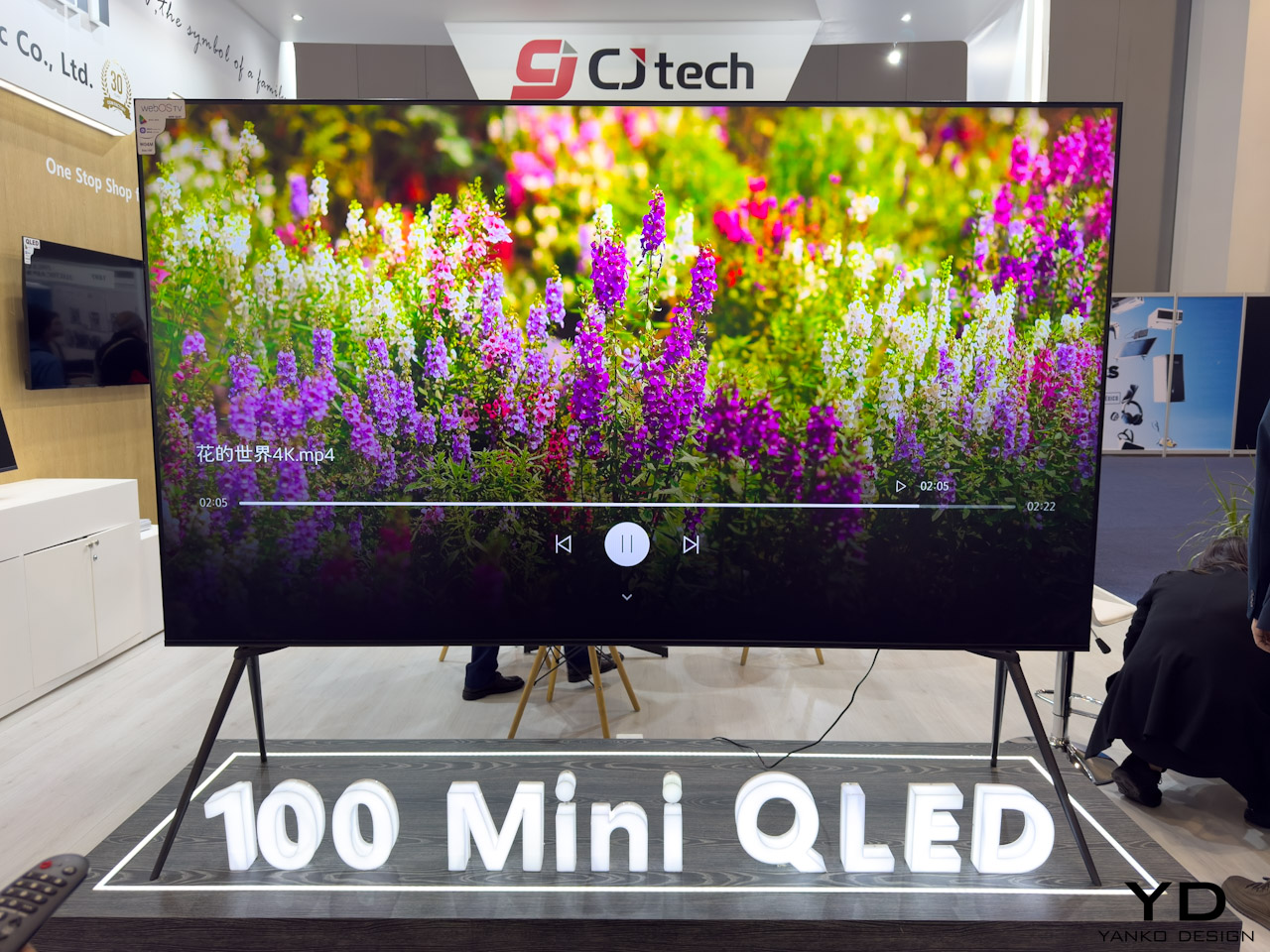
The pricing structure tells the real story. A standard 100-inch 4K TV costs $900 USD at factory level, while the Mini LED version jumps to $1,800 USD. The MOQ requires a minimum order, but their standard container capacity holds 46 units, meaning a single container of Mini LED displays represents an $82,800 investment at factory pricing. “American market certification cost is very high,” explains the representative, revealing why US electronics carry premium pricing. Certification alone costs 100,000 Chinese yuan (approximately $14,000 USD), making small orders economically unfeasible.
The mathematics become clearer when considering volume. While the factory price seems reasonable, certification costs must be distributed across units sold. For a single container of 46 Mini LED TVs, the $14,000 certification adds roughly $300 per unit. For smaller orders of one or two containers, this burden becomes prohibitive. The representative explains why “American customers want one container, two containers, but the certification cost is very high.”
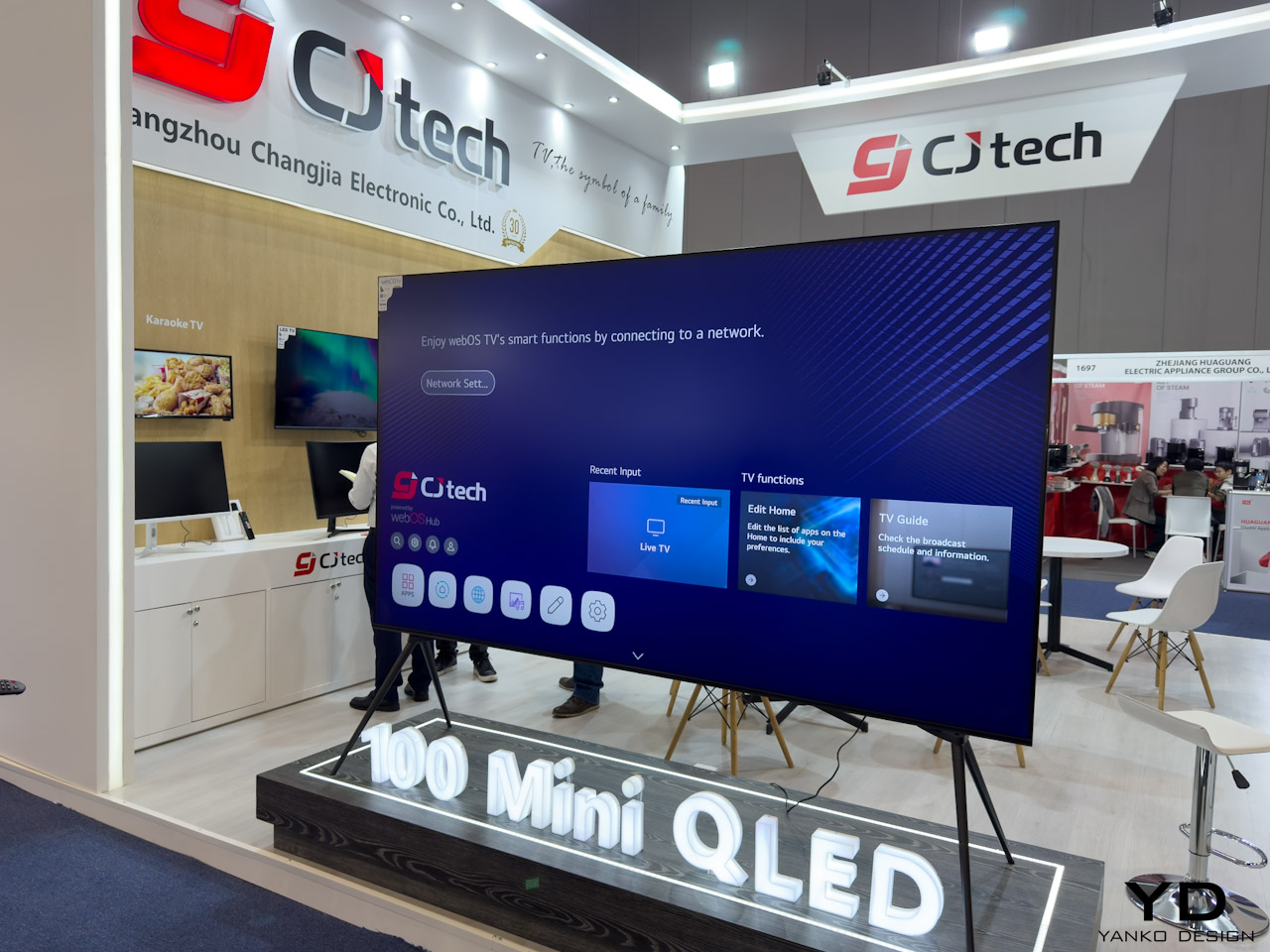
This conversation illuminates why certain markets dominate global electronics. The certification barrier explains why CJ Tech focuses on European and African markets, where regulatory costs prove more manageable. The $1,800 factory price becomes significantly higher after logistics, certification, and regulatory compliance, explaining why a comparable 100-inch Hisense TV retails for $5,000 USD in American markets.
The company also produces speakers for Hisense and displays for Harman, demonstrating how major brands rely on specialized ODM partners. Their booth features products destined for Amazon’s private label program, revealing the interconnected nature of global electronics distribution. The Mini LED technology costs “between double and triple” the standard 4K version due to enhanced local dimming capabilities that improve color reproduction.
CEO Vision: Building Latin America’s Connected Electronics Ecosystem

Carlos Clur’s strategy extends beyond individual trade fairs to create an integrated regional marketplace. “We want to create these meetings with the C-level executives. They can create joint ventures, ideas to produce in Mexico, ideas to create alliances with the retail, with the suppliers, with the industry, with the components market,” he explains. “We want to have this industry more connected. This connection makes the economy stronger.”
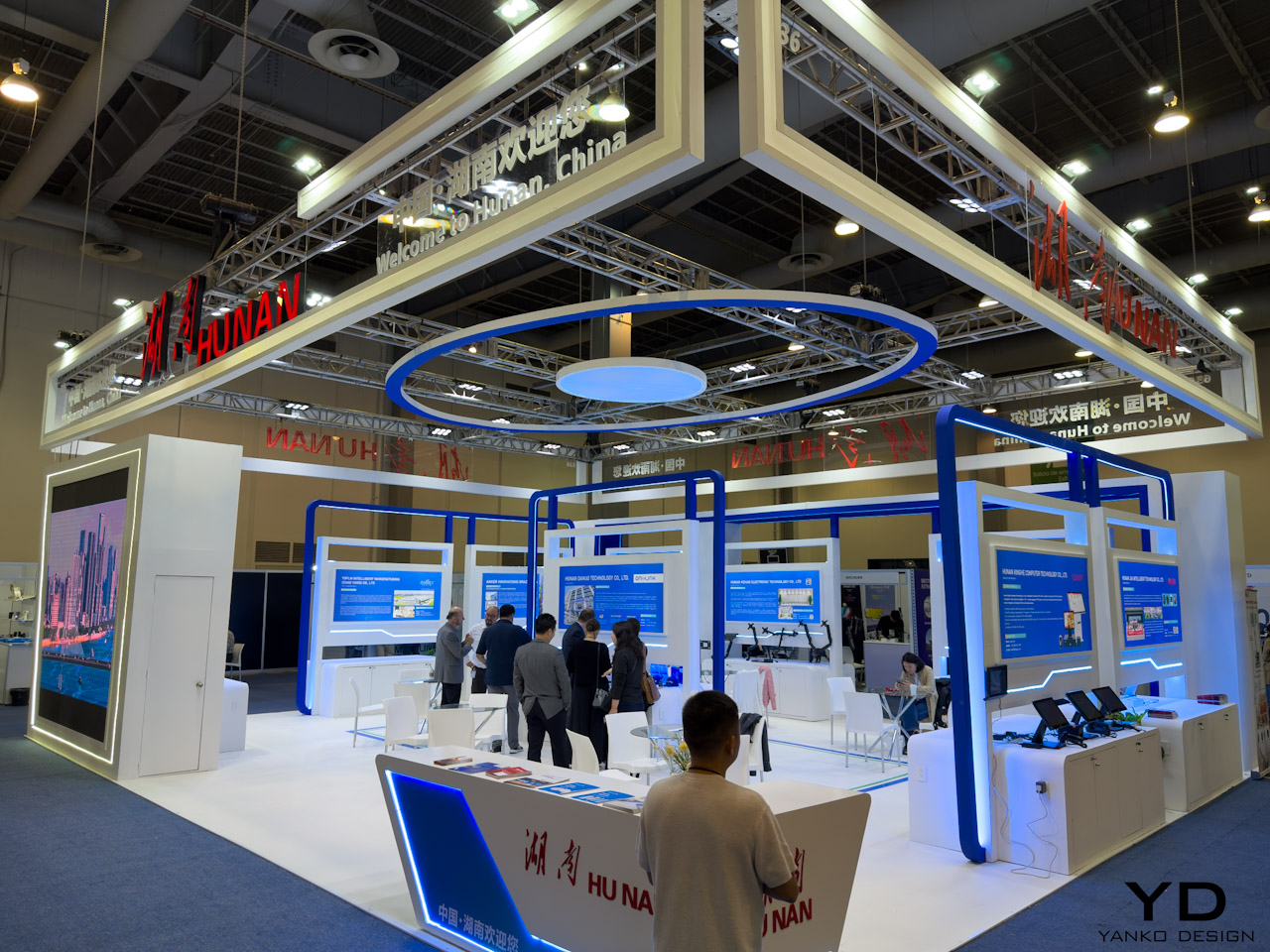
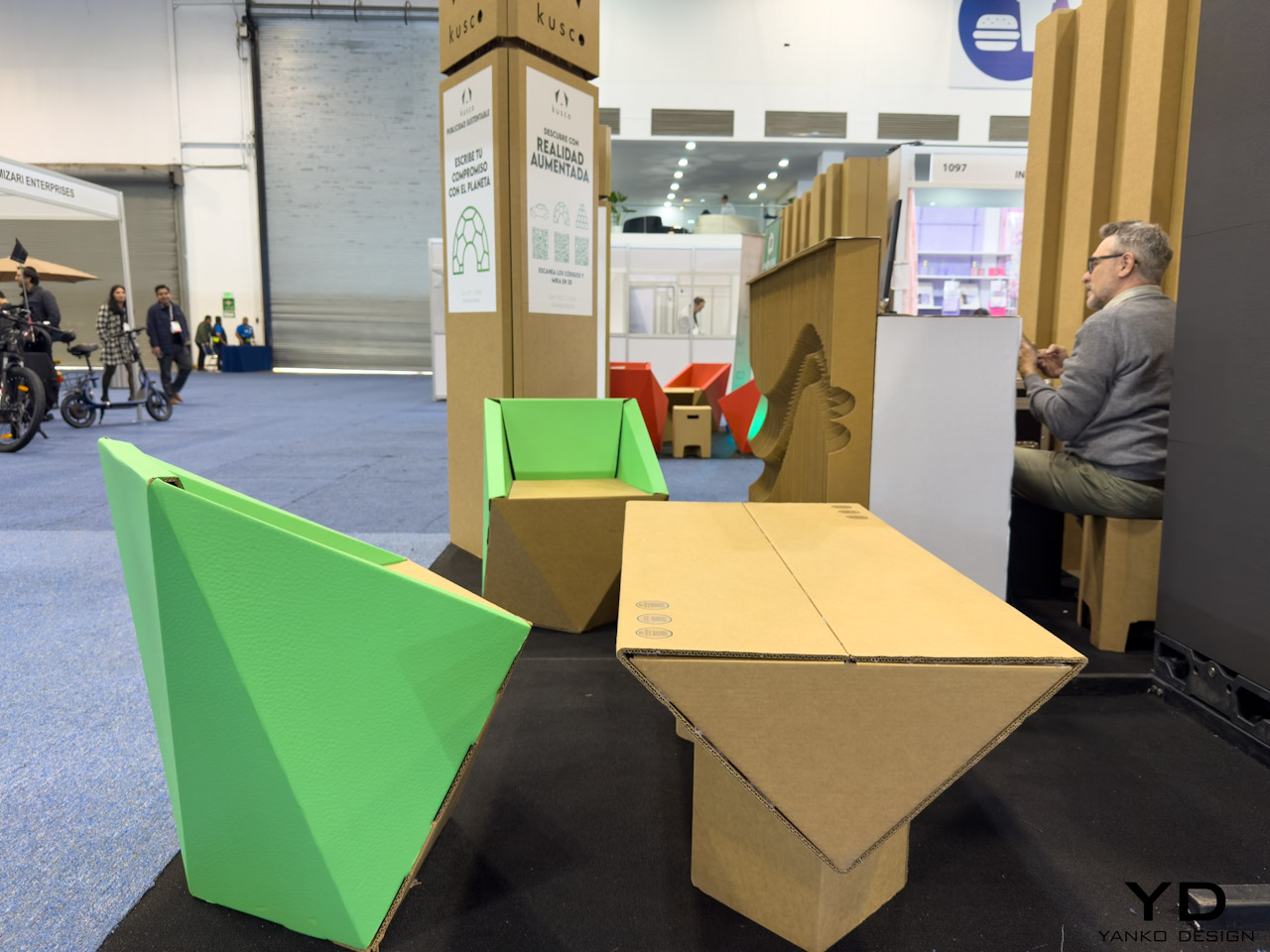
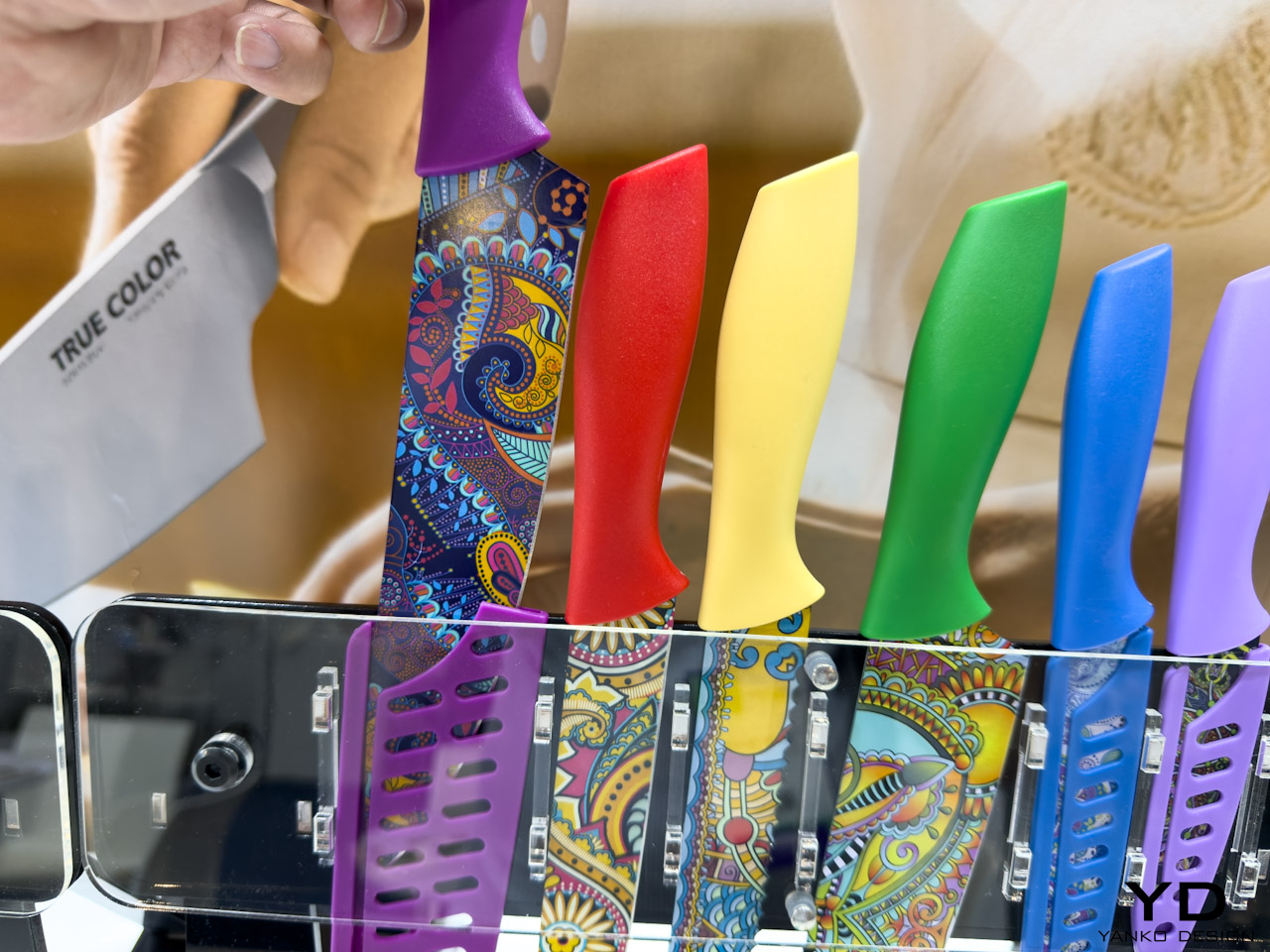
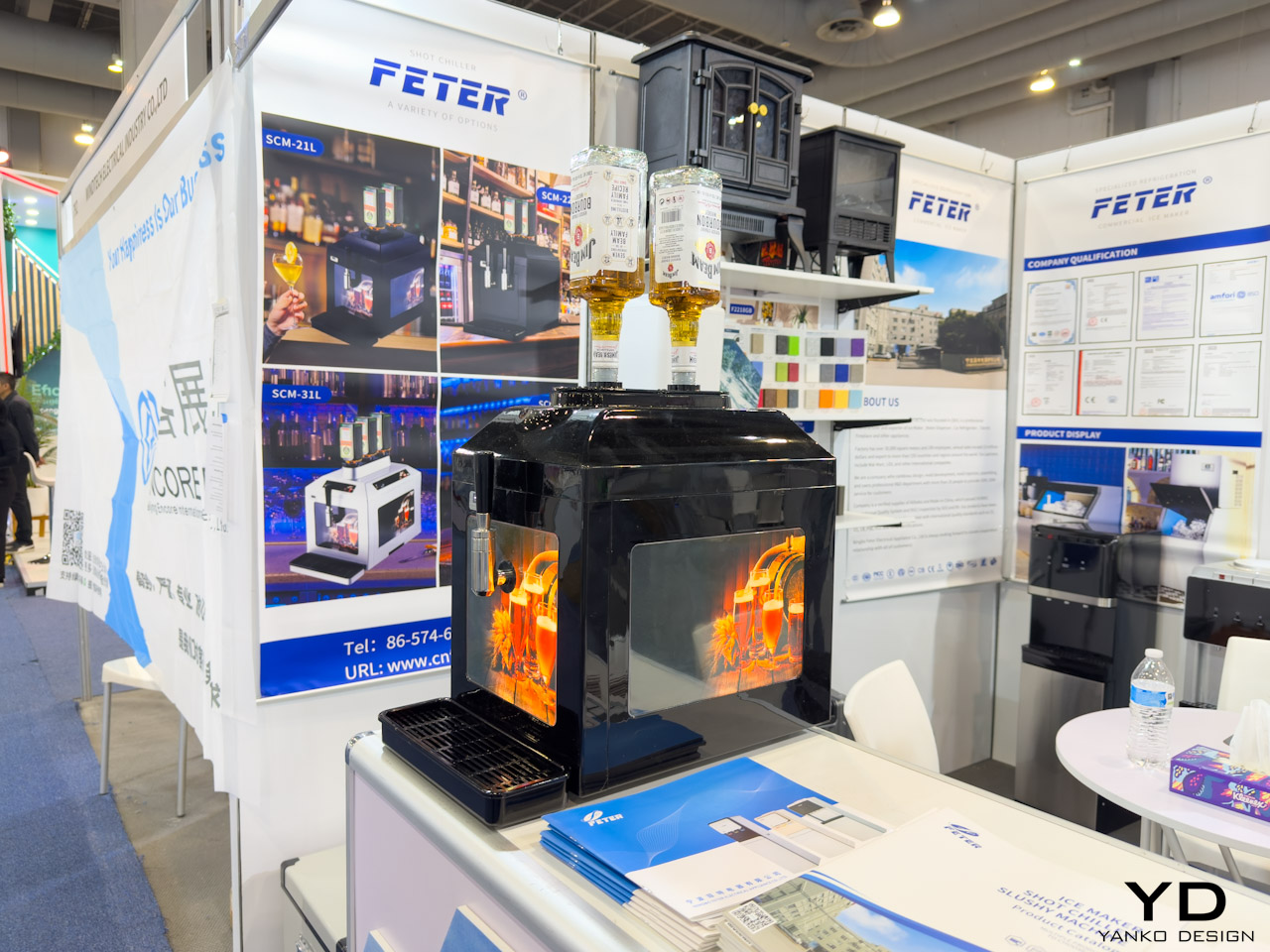
The challenge lies in Mexico’s retail concentration. “The retail is very concentrated in some points, the industry also,” Clur acknowledges. “What we are doing for our challenge is bring the small retail, medium retail, and the big ones, but also the most strategic is bring the neighboring countries.” This international approach distinguishes Electronics Home Mexico from domestic trade shows.
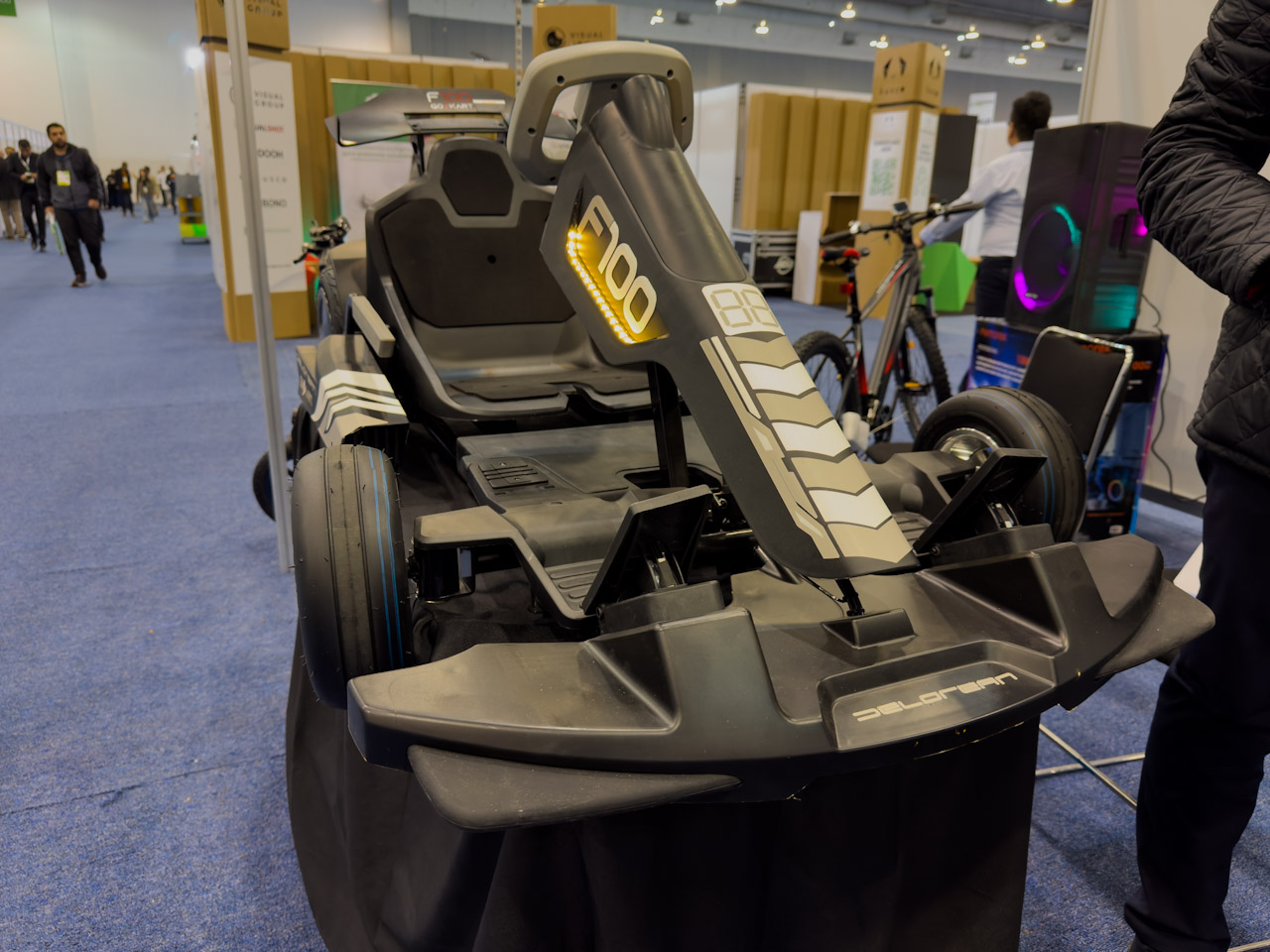
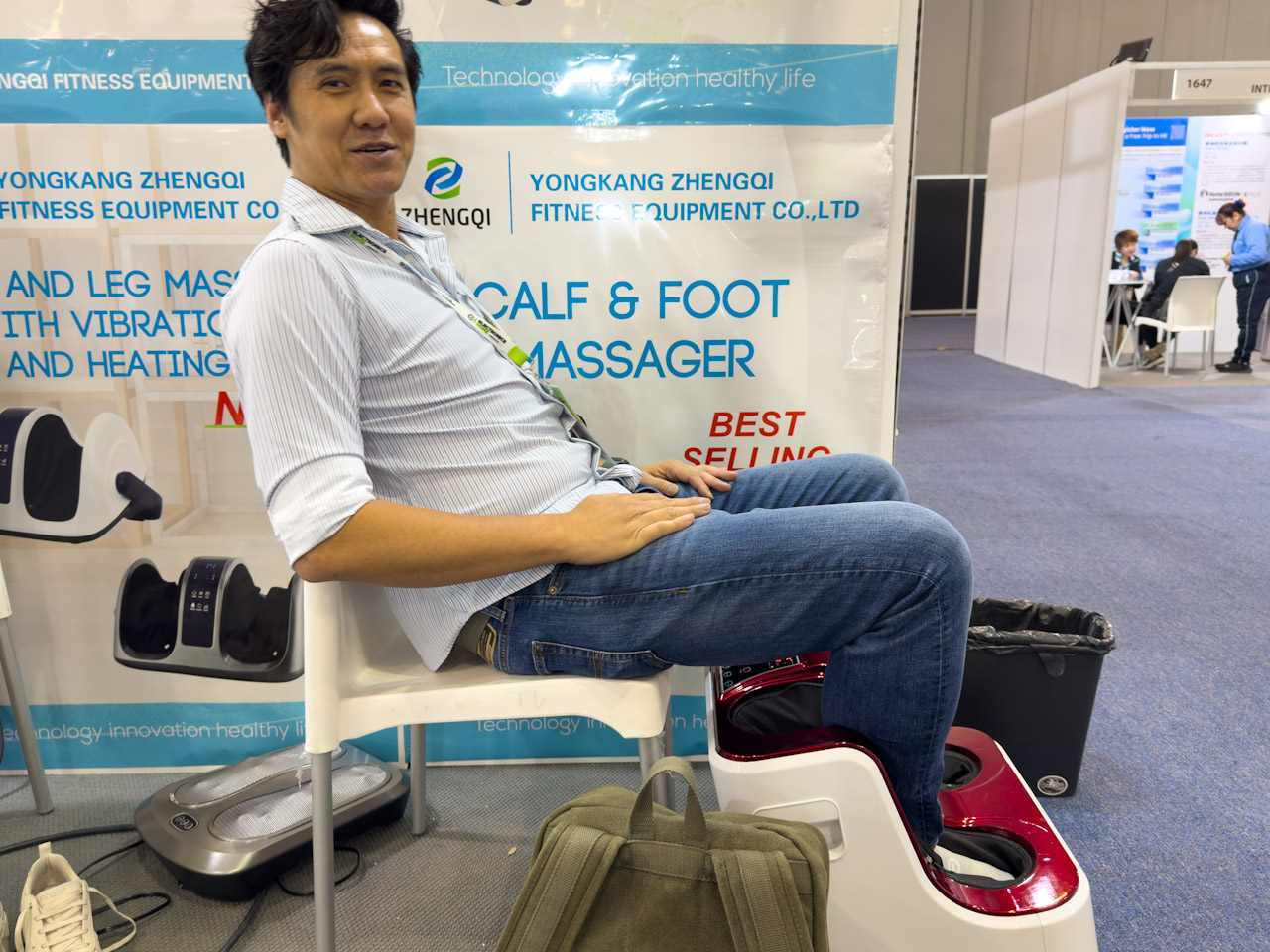
Clur emphasizes the fair’s role in democratizing business opportunities. “Maybe this small retail in the future will be a big retail, and this is something that for us is important. Also bring professionals to the show, create strong relations for long term.” He describes how a single connection can transform businesses: “One company in a show can change the life, the economic life, because they said, ‘Okay, Walmart, make an order.'”
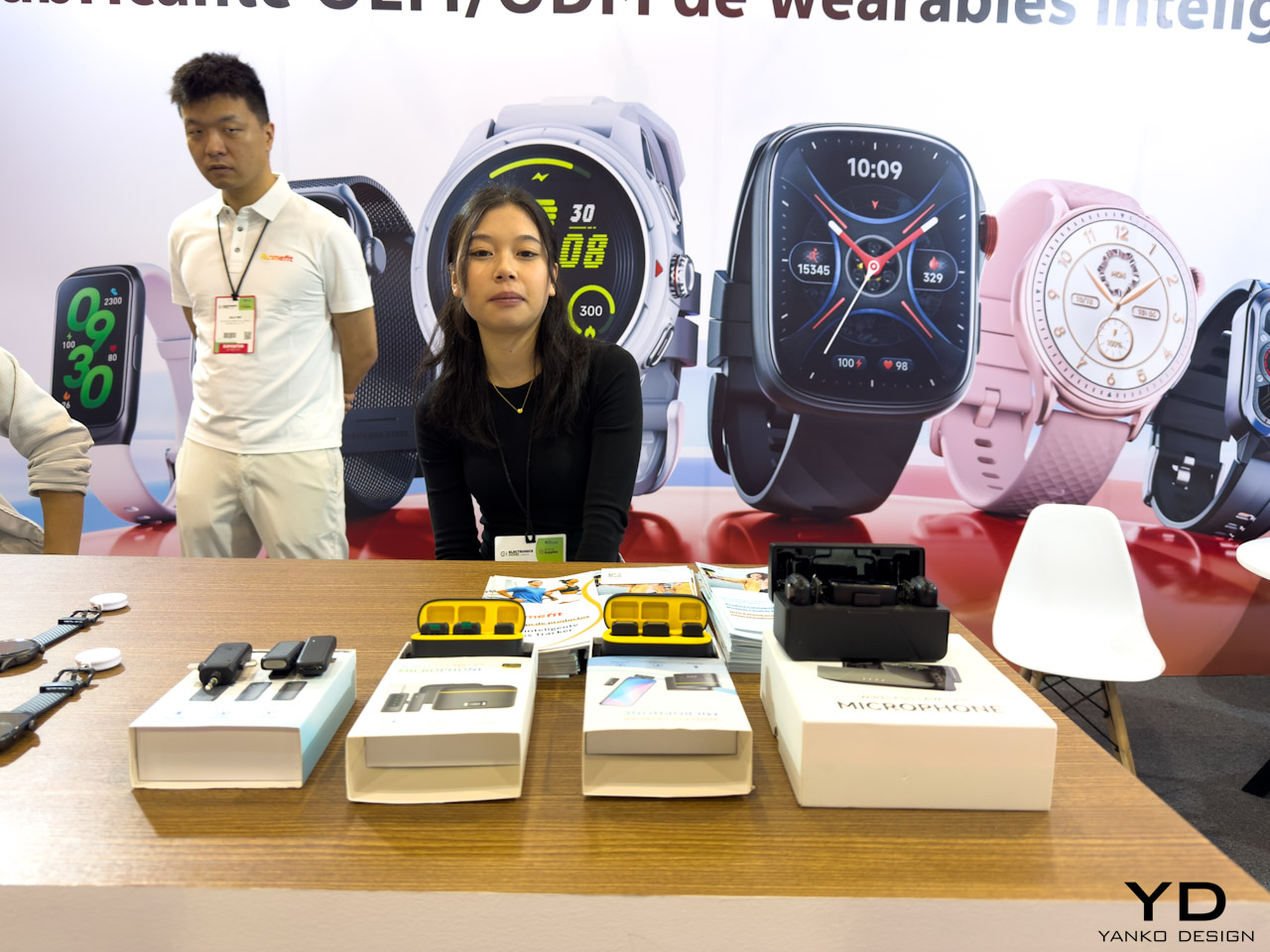
The CEO recognizes technology’s role in market education. “Journalists and influencers, they connect with the consumers, show the new technology, the new prototypes, the new trends, and they promote the industry,” he explains. In Brazil, Grupo Eletrolar works with influencers commanding 50 million followers, while Mexico features Shark Tank personalities discussing artificial intelligence and entrepreneurship.
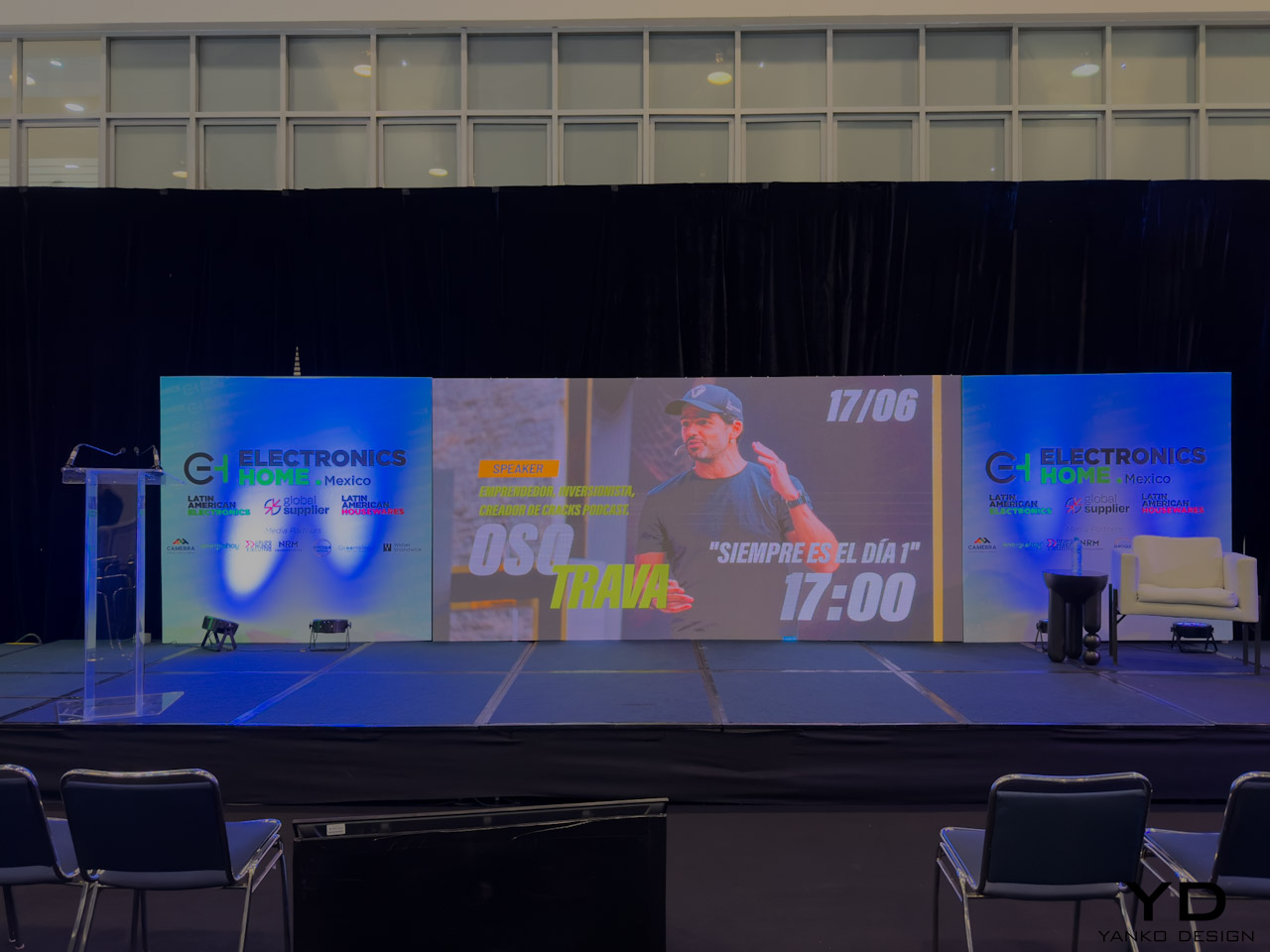
Even Clur participates in the discovery process, purchasing a recording device from a Mexican company during the fair. “This is our work,” he concludes, emphasizing that successful B2B events require continuous investment in matchmaking programs, buyer initiatives, and marketing campaigns to “bring the right people to the right place.”
Understanding the Hidden Value Chain
These conversations provide invaluable insight into electronics pricing that consumers never see. Walking through Electronics Home Mexico offers education worth thousands of dollars in business consulting fees. The direct access to ODM manufacturers, MOQ discussions, and certification cost breakdowns reveal why electronics cost what they do in different markets.
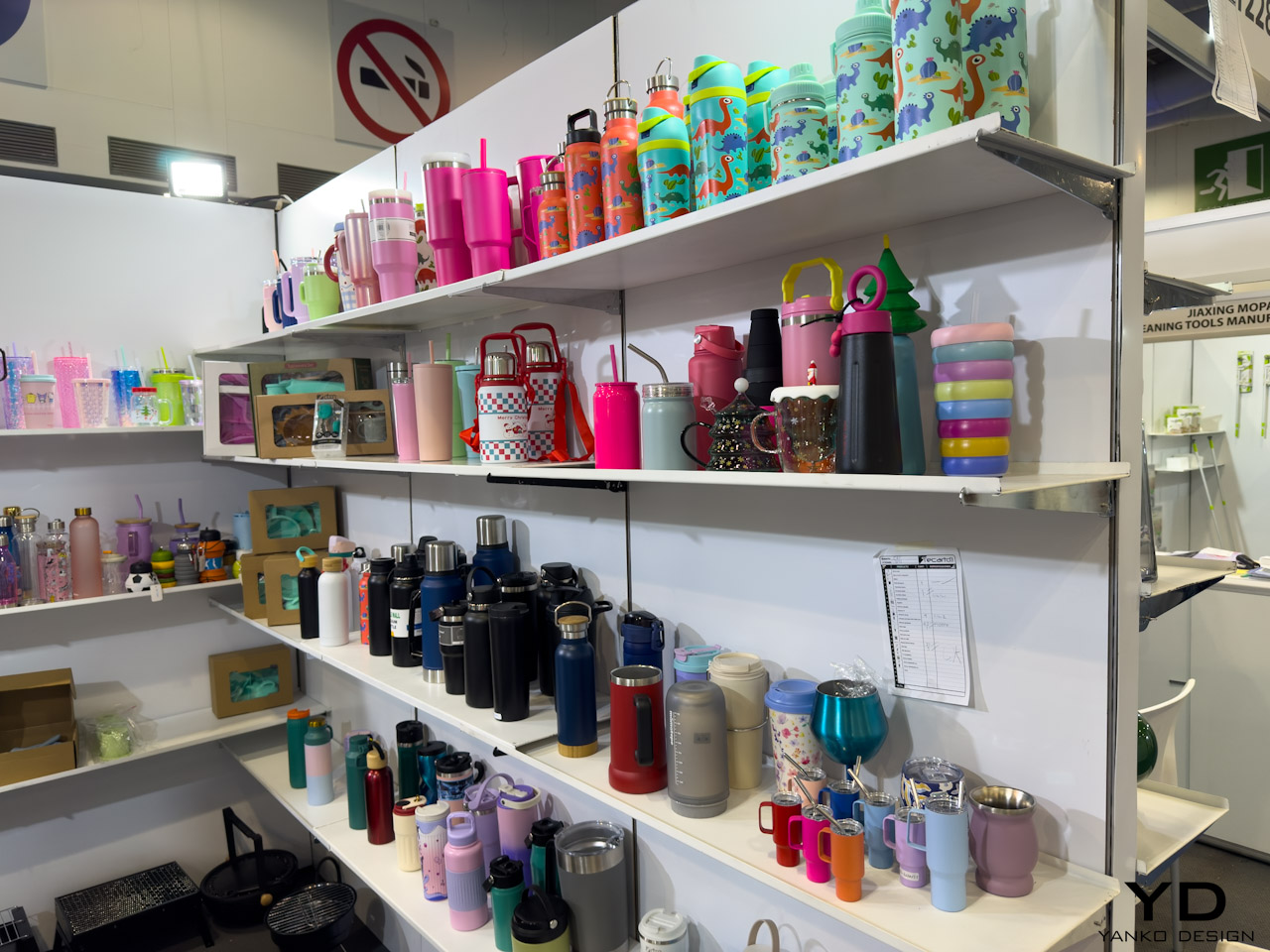
The bourbon dispenser conversation alone demonstrates how specialized B2B products find their markets. Understanding that 100-unit minimums separate consumer purchases from commercial distribution explains why certain products remain invisible to regular shoppers. These aren’t products you find on Amazon or Best Buy shelves, yet they represent significant business opportunities for the right buyers.
The CJ Tech discussion provides even deeper value. Learning that a $5,000 consumer TV starts at $1,800 factory pricing, then understanding how certification costs, logistics, retailer margins, and brand premiums build the final price, offers insights typically reserved for industry insiders. The revelation that certification costs can add $300 per unit for small orders explains why electronics companies focus on high-volume markets.
This knowledge transforms how you view electronics retail. Every smartphone, television, or appliance carries similar hidden costs and supply chain complexities. The fair provides direct access to manufacturers who typically remain invisible behind brand names, offering education about global trade mechanics that business schools struggle to teach.
These discoveries encapsulate the fair’s treasure-hunt atmosphere. Buyers arrive expecting smartphones and appliances, but leave with deep understanding of supply chain economics, MOQ requirements, and certification barriers that reshape pricing strategies. Each conversation reveals the complex calculations behind consumer electronics pricing, from factory floor to retail shelf.
Current Impact and Business Integration
Electronics Home Mexico strengthens Latin America’s position in global electronics trade while addressing international trade tensions. The event targets Chinese companies seeking strategic partnerships in Mexico, capitalizing on shifting supply chain dynamics amid global uncertainty.
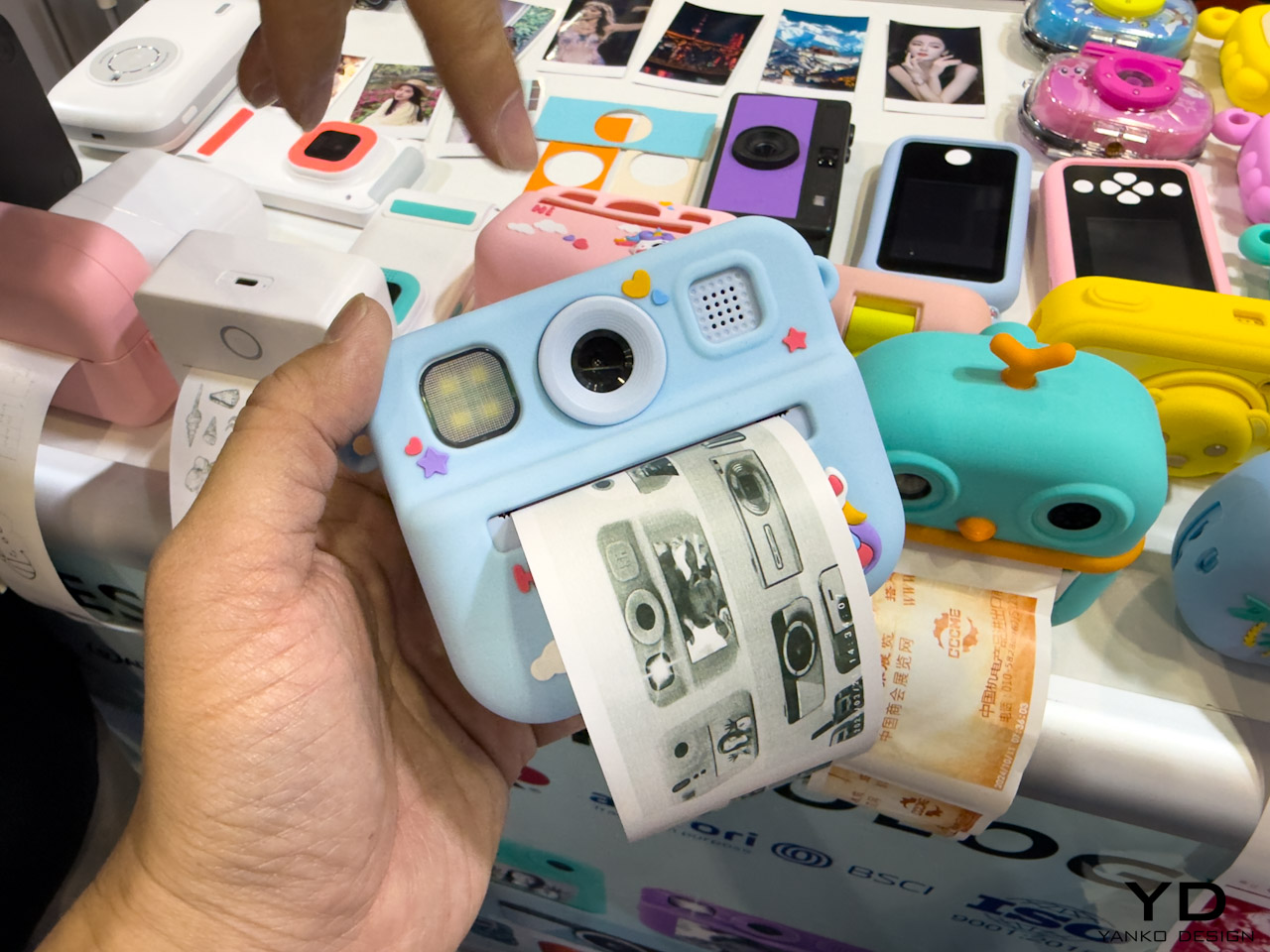
For exhibitors, participating in Electronics Home Mexico represents the opportunity to position themselves as innovation leaders in the sector. Direct contact with highly specialized audiences allows companies to understand market needs and adjust commercial strategies with valuable information about consumption trends and behaviors. The event positions itself as a platform designed for real retail, where inspiration, innovation, and action converge , rather than simply an exhibition space. This approach mirrors the successful format established at Eletrolar Show, facilitating in-person meetings between industry and retail partners to eliminate trade barriers and enhance networking opportunities.
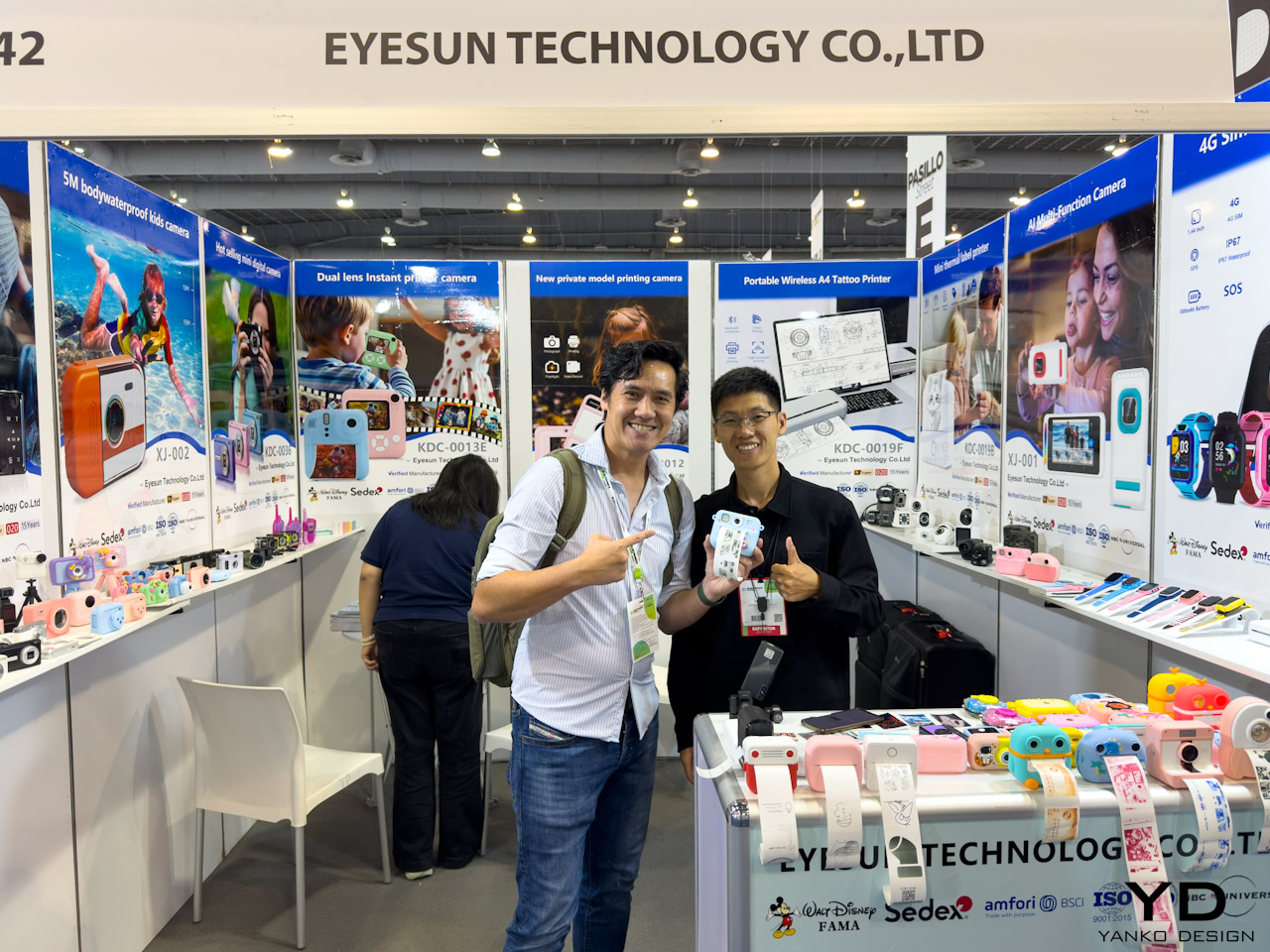
Mexico City serves as an economic hub for the entire region, with the country recognized as a regional center with modern infrastructure enabling efficient logistics throughout the continent. The location proves strategic given Mexico’s increasing role in global supply chains and manufacturing, especially as companies seek alternatives amid international trade disputes.
The Mexico-Brazil Chamber provides institutional support, reflecting the event’s role in strengthening bilateral trade relationships. Media coverage includes partnerships with outlets like Infobea, Energía Hoy, and Canton Fair Net, ensuring broad industry awareness across Spanish and Portuguese-speaking markets.
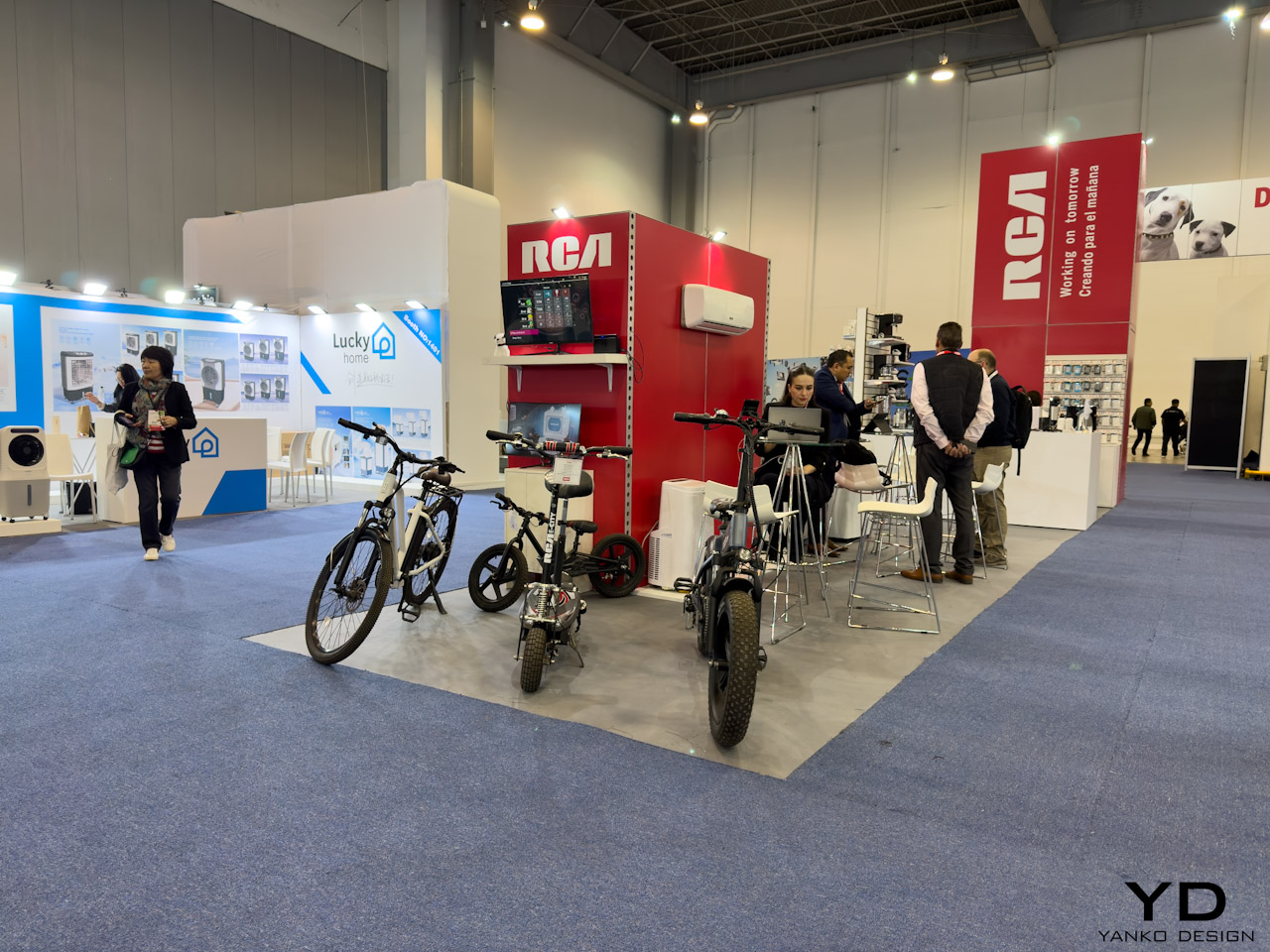
The opening day draws thousands of qualified visitors and hundreds of confirmed exhibitors across consumer electronics, home appliances, and related technology sectors. The event attracts decision-makers from retail chains, specialty stores, e-commerce platforms, and distribution networks throughout Mexico and neighboring regions. Attendees engage in business rounds, networking sessions, innovation forums, and conferences covering market opportunities in Mexico. These components mirror successful formats from the Brazilian and Argentine events, adapted for the Mexican market’s specific characteristics.
“This is the only show that Mexico has for consumer electronics,” Clur notes, emphasizing the event’s unique position in the market. “We believe that we will arrive with a very strong network in Latin America. This is our differential, but we think we have very long work for the next years.”
The inaugural Electronics Home Mexico establishes Grupo Eletrolar’s presence in North America’s largest Spanish-speaking market, completing their regional coverage across Latin America’s three major economic centers while addressing the current global trade environment’s challenges and opportunities. Early activity indicates strong interest from both exhibitors and buyers, with business meetings already underway across the exhibition floor. The event demonstrates Mexico’s growing importance as a strategic hub for electronics trade in the Americas.
The post We’re Live at Electronics Home Mexico: Latin America’s Newest B2B Electronics Expo first appeared on Yanko Design.
